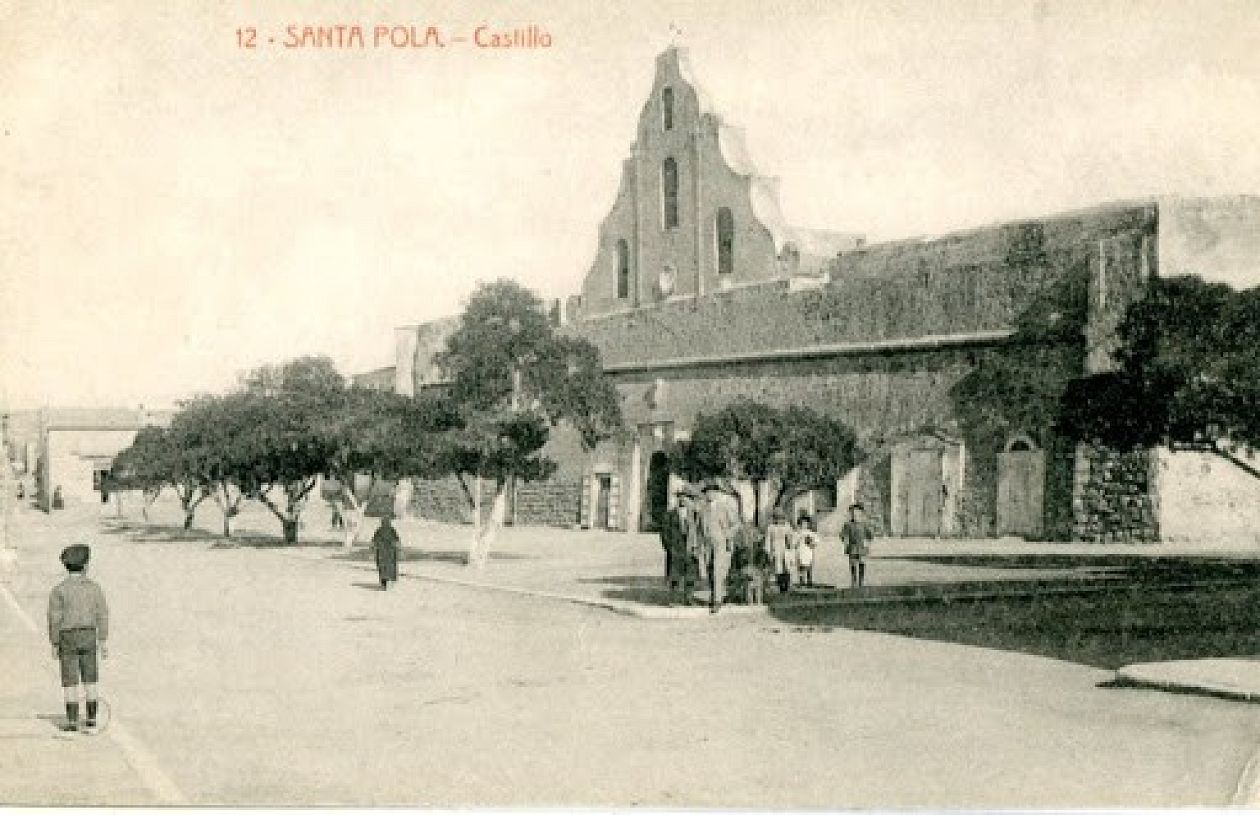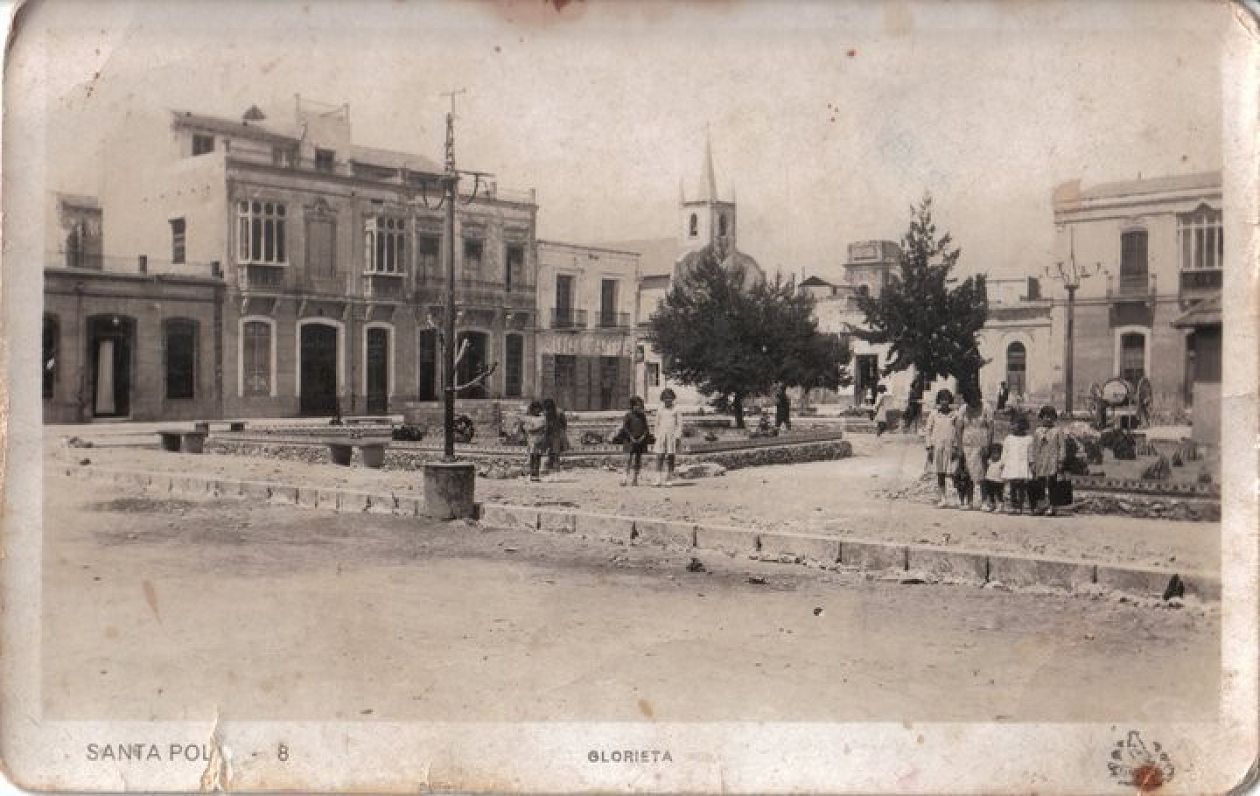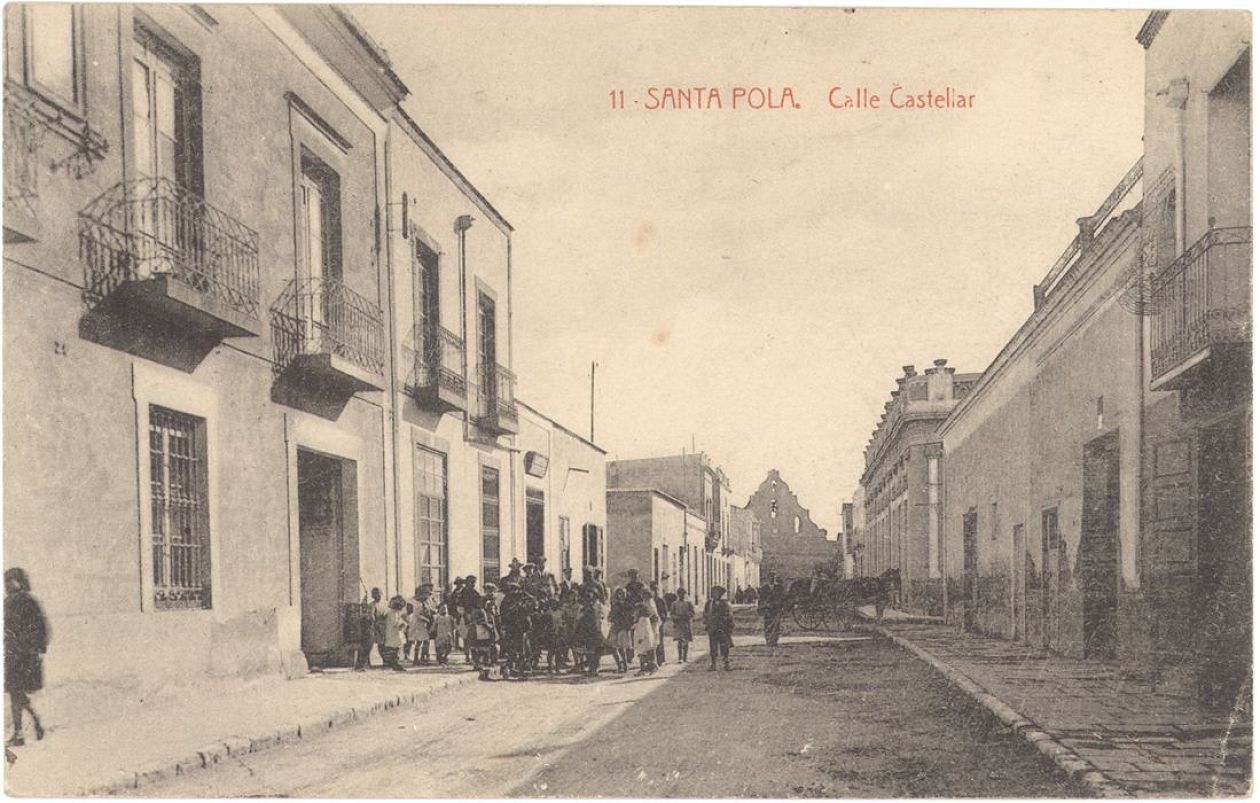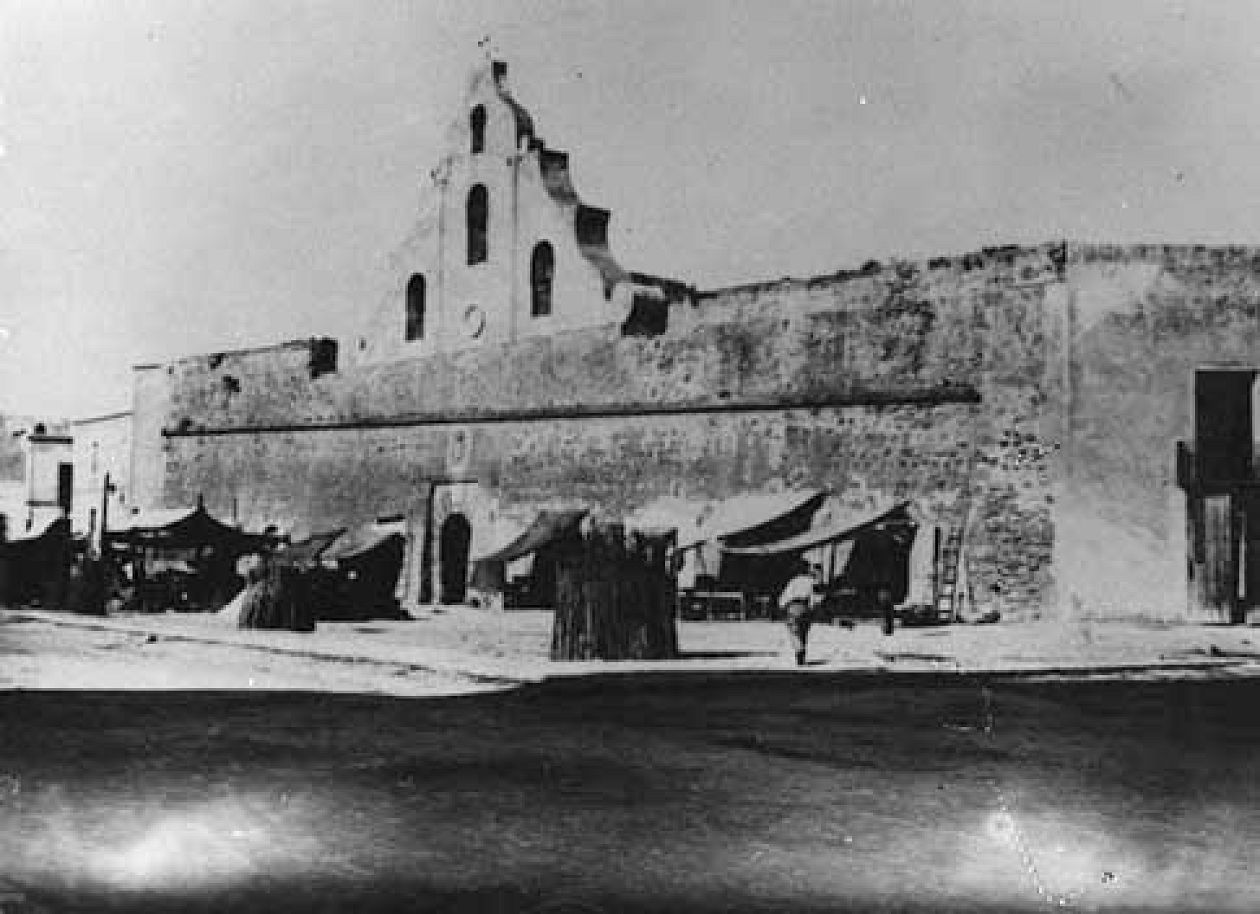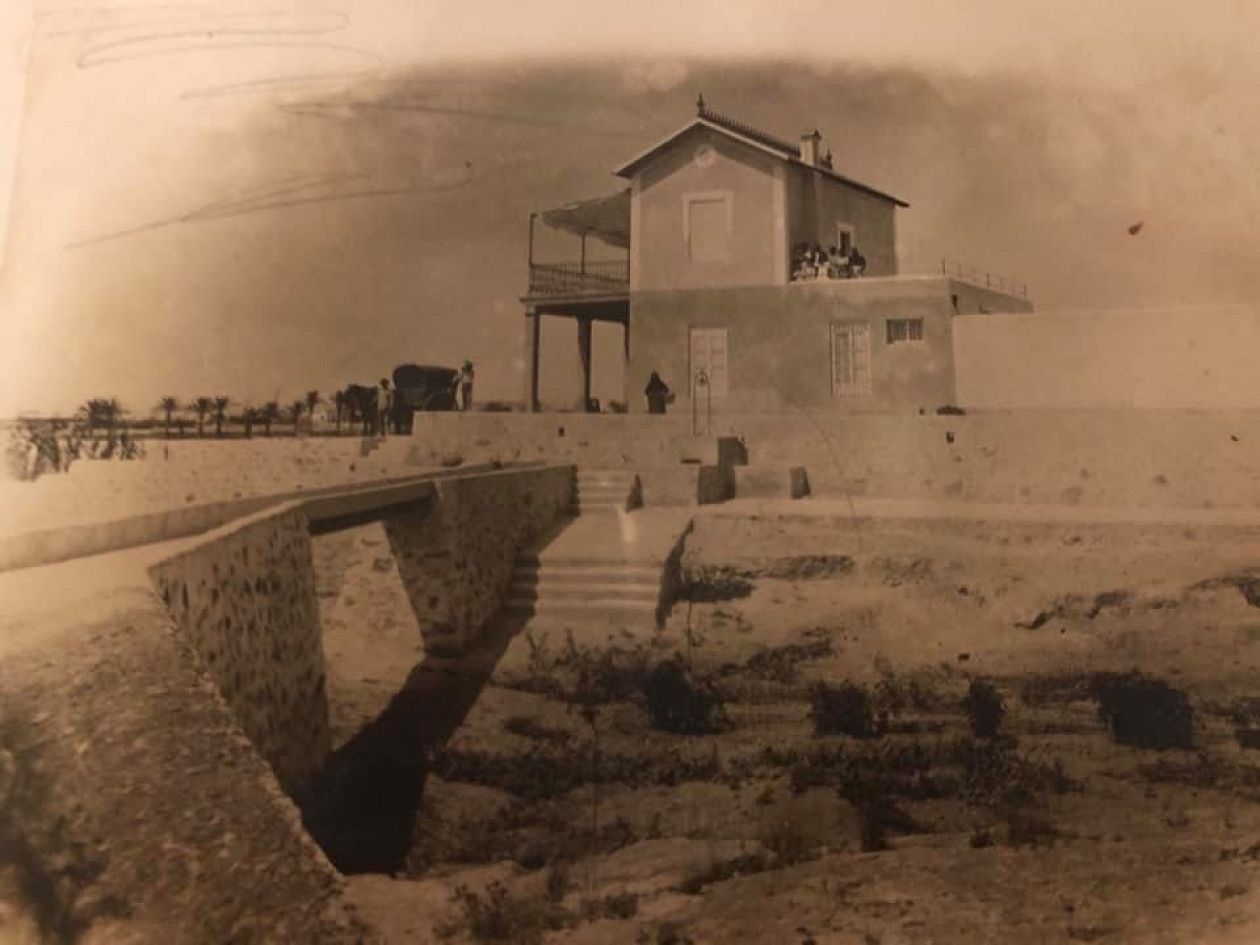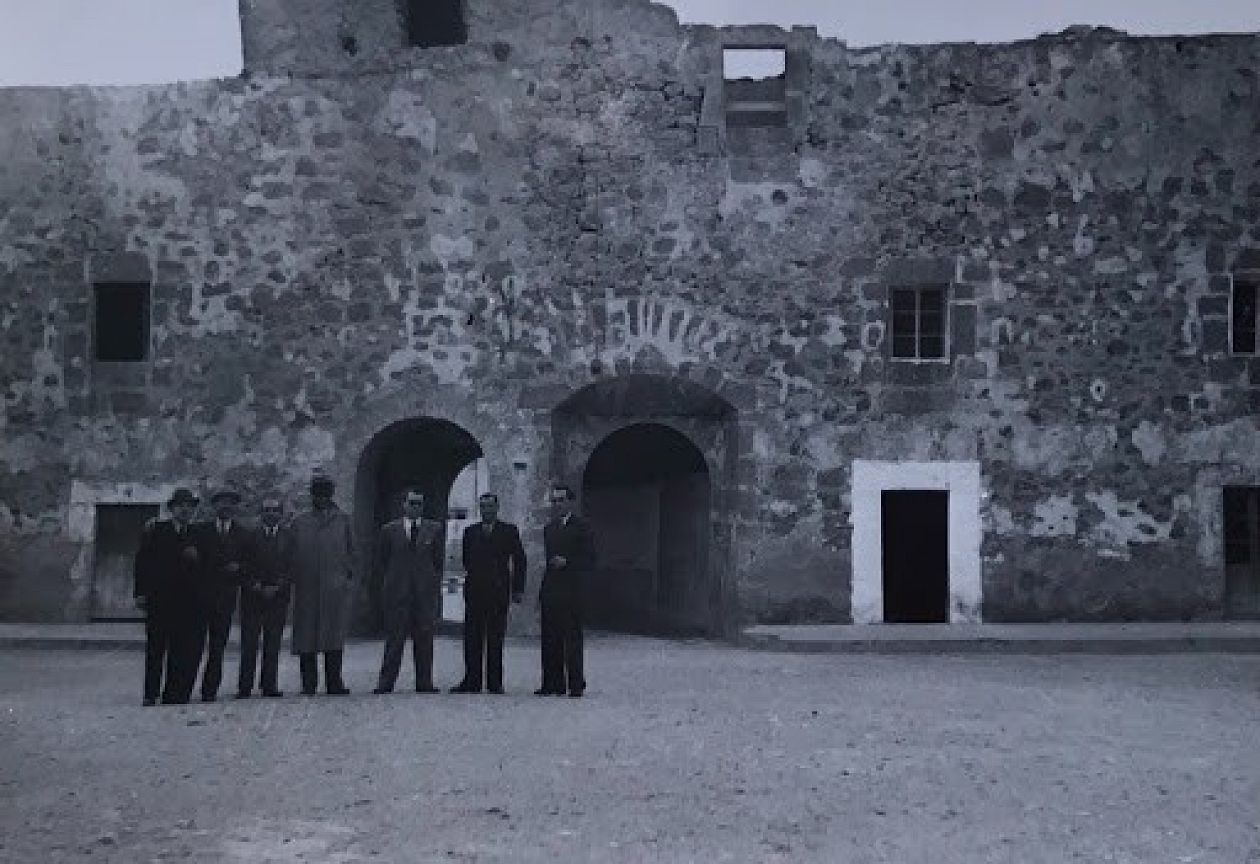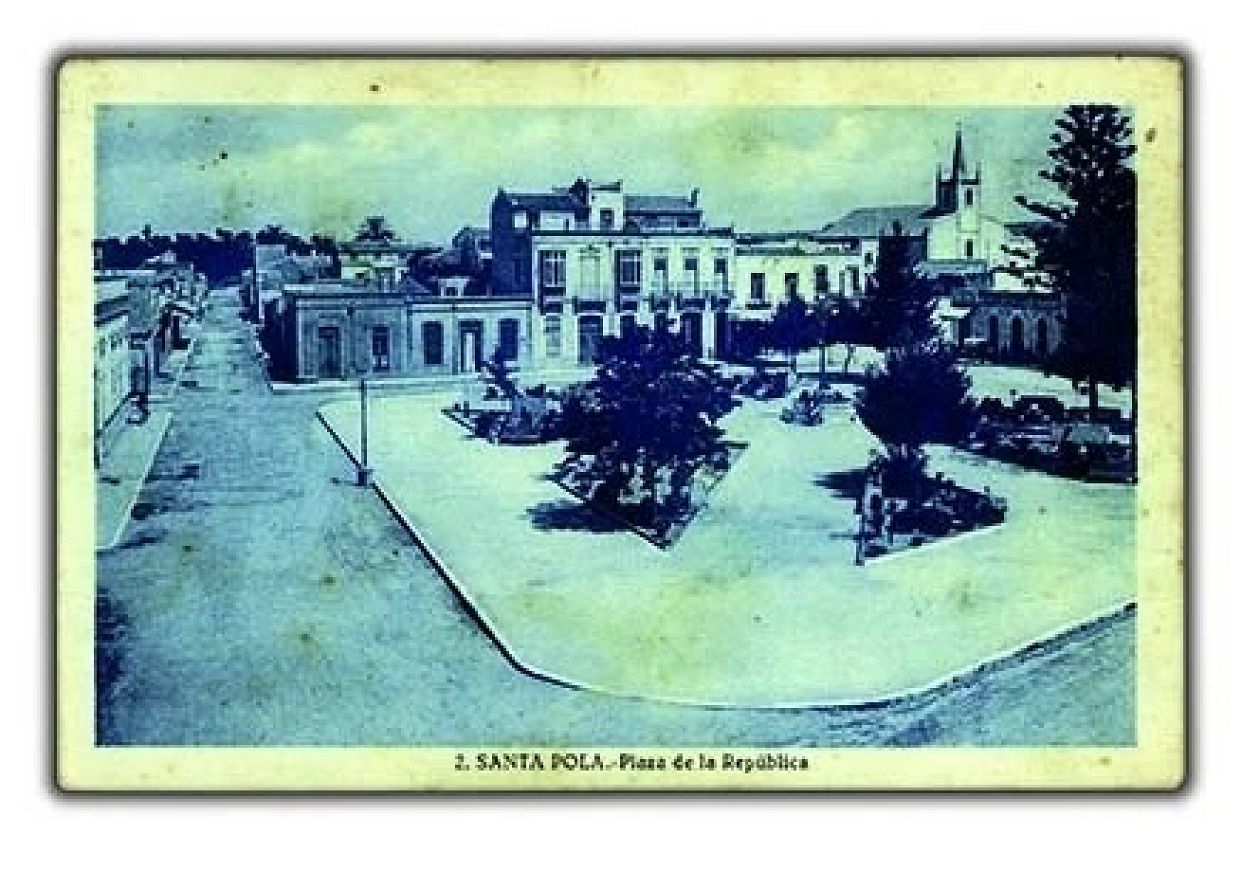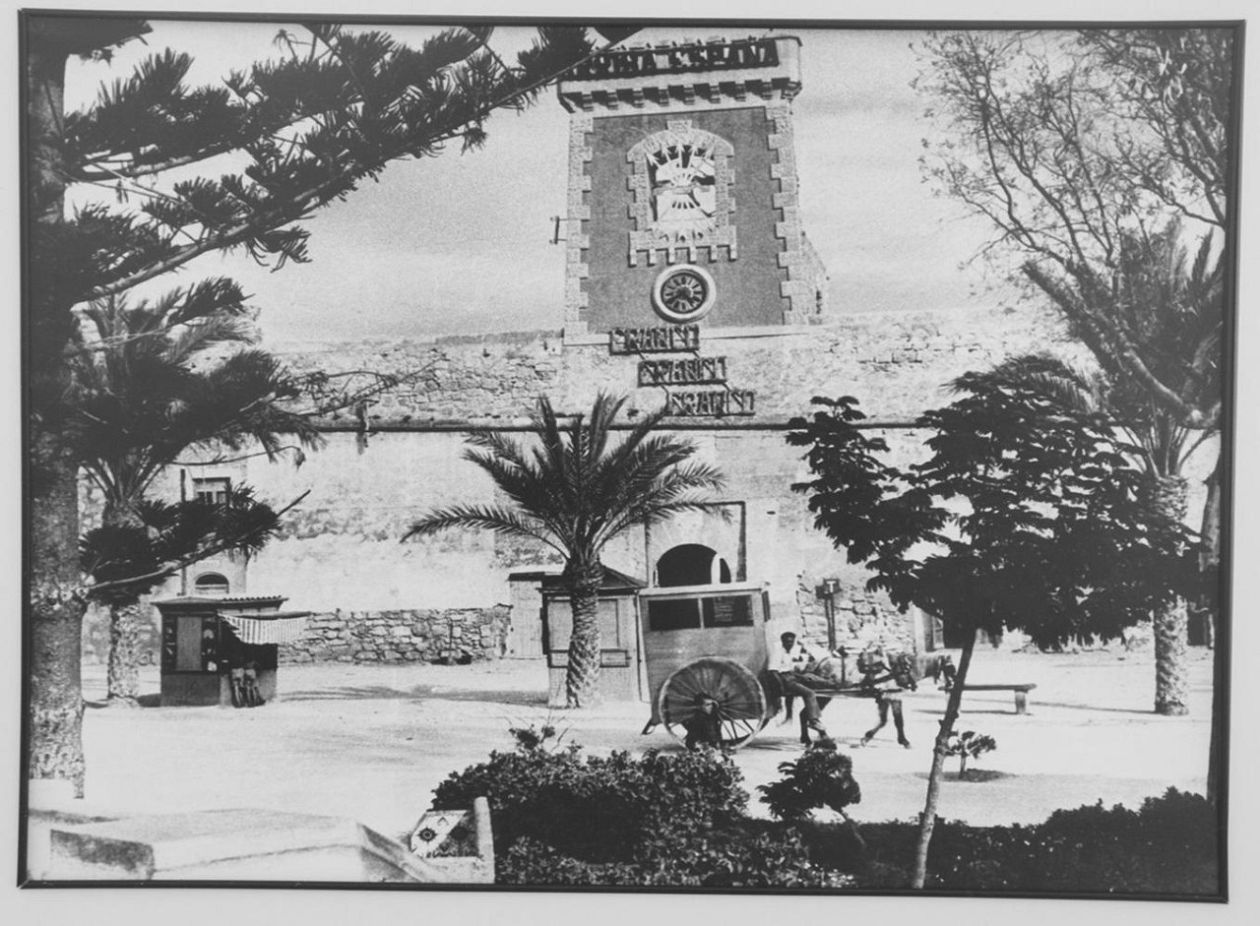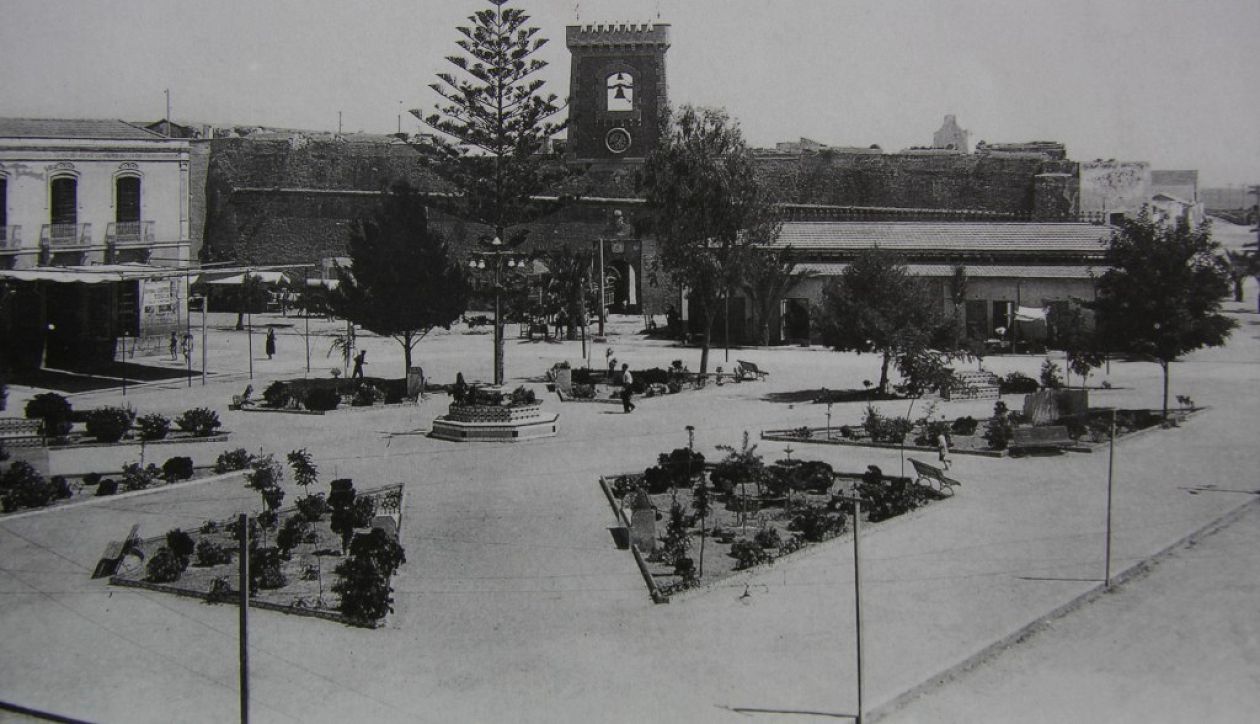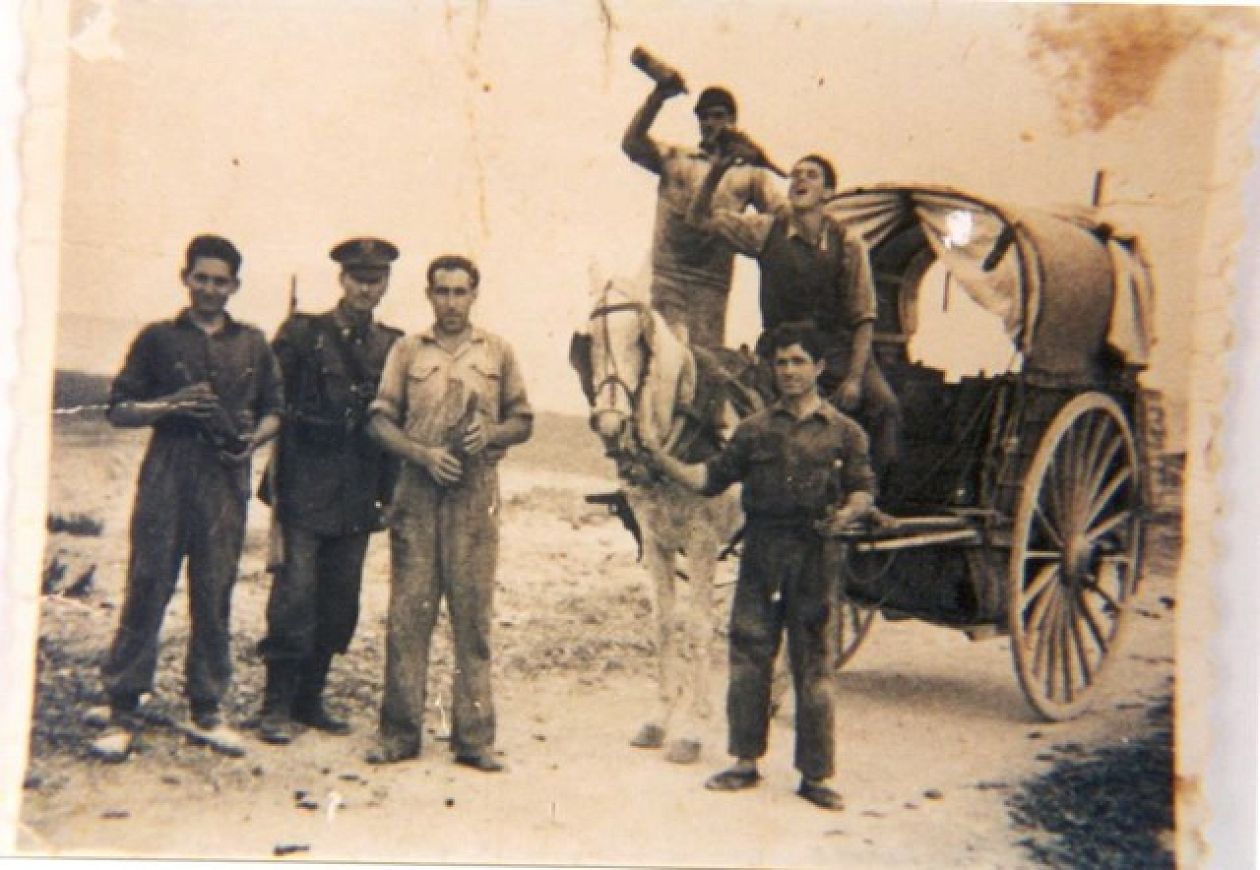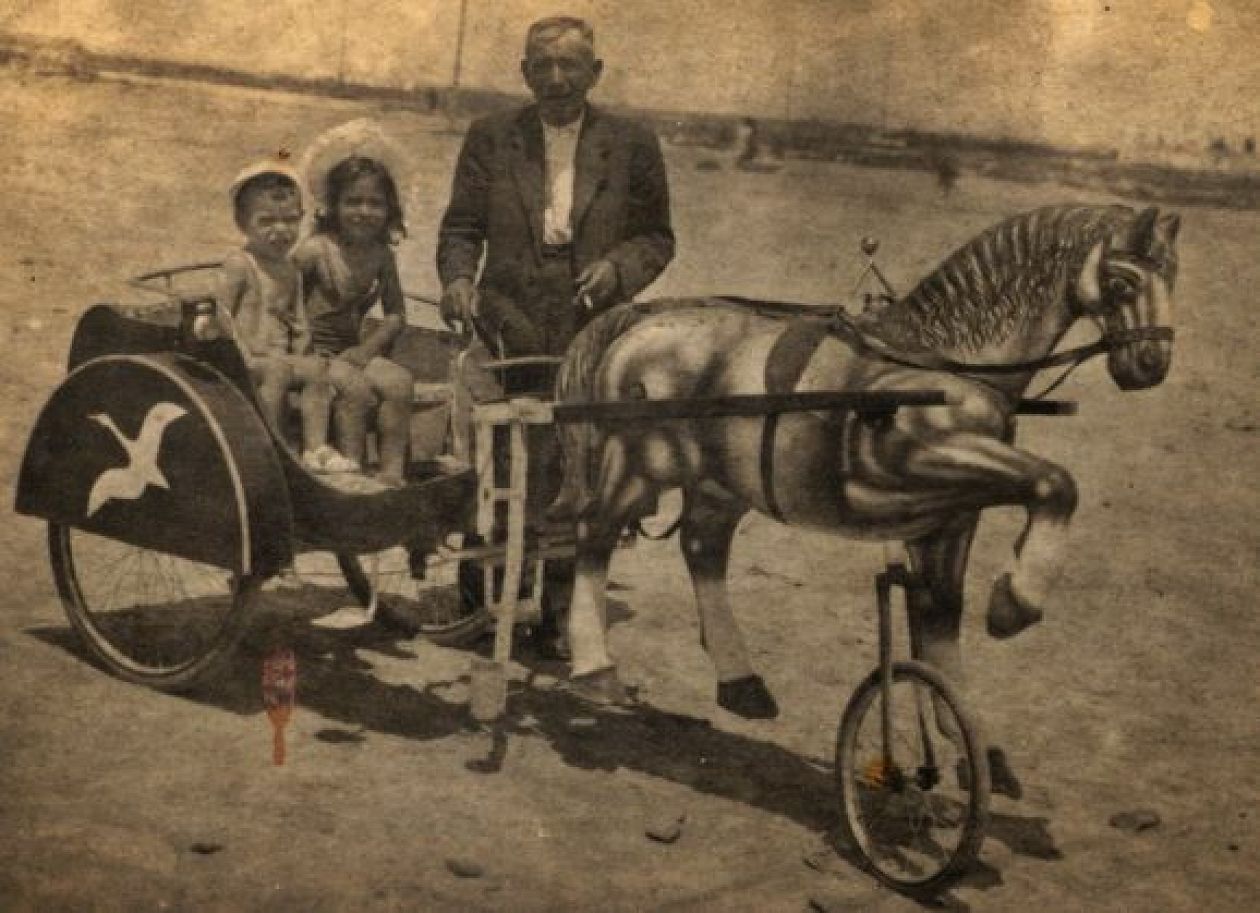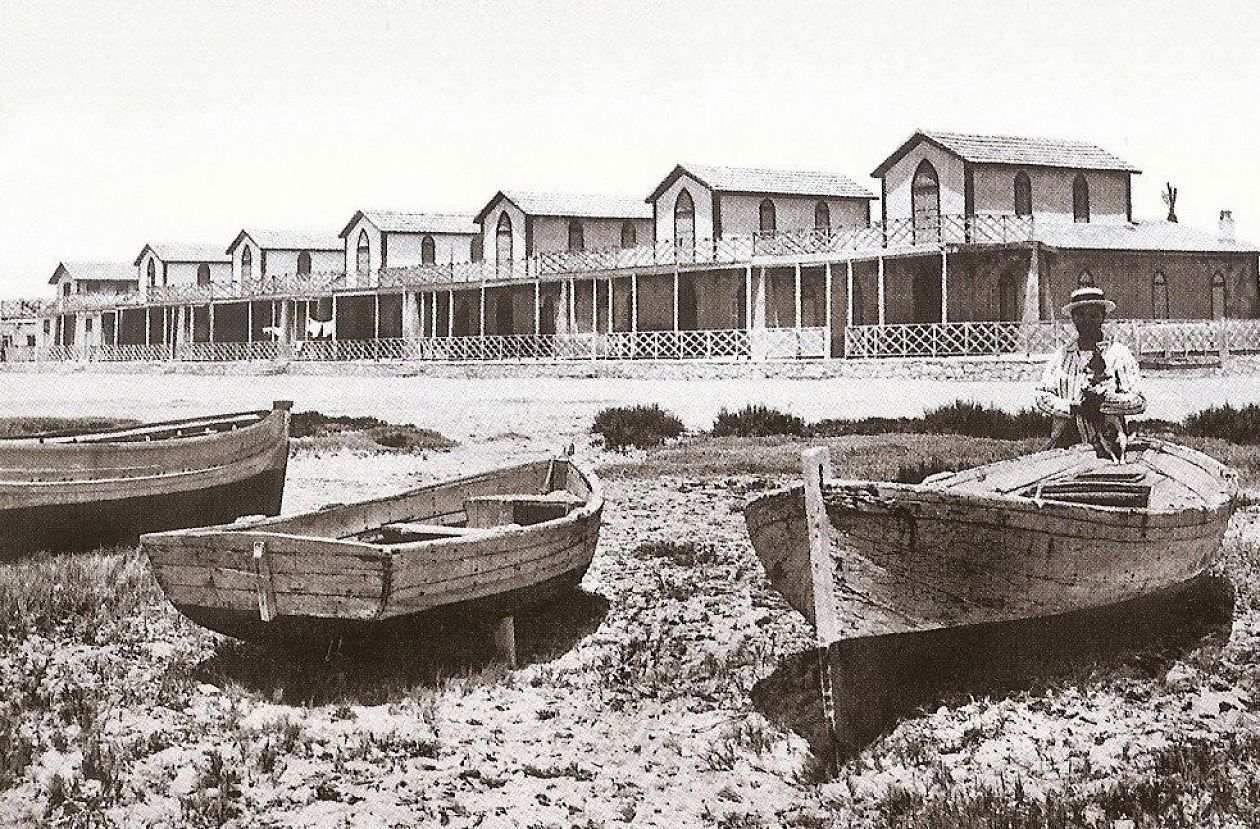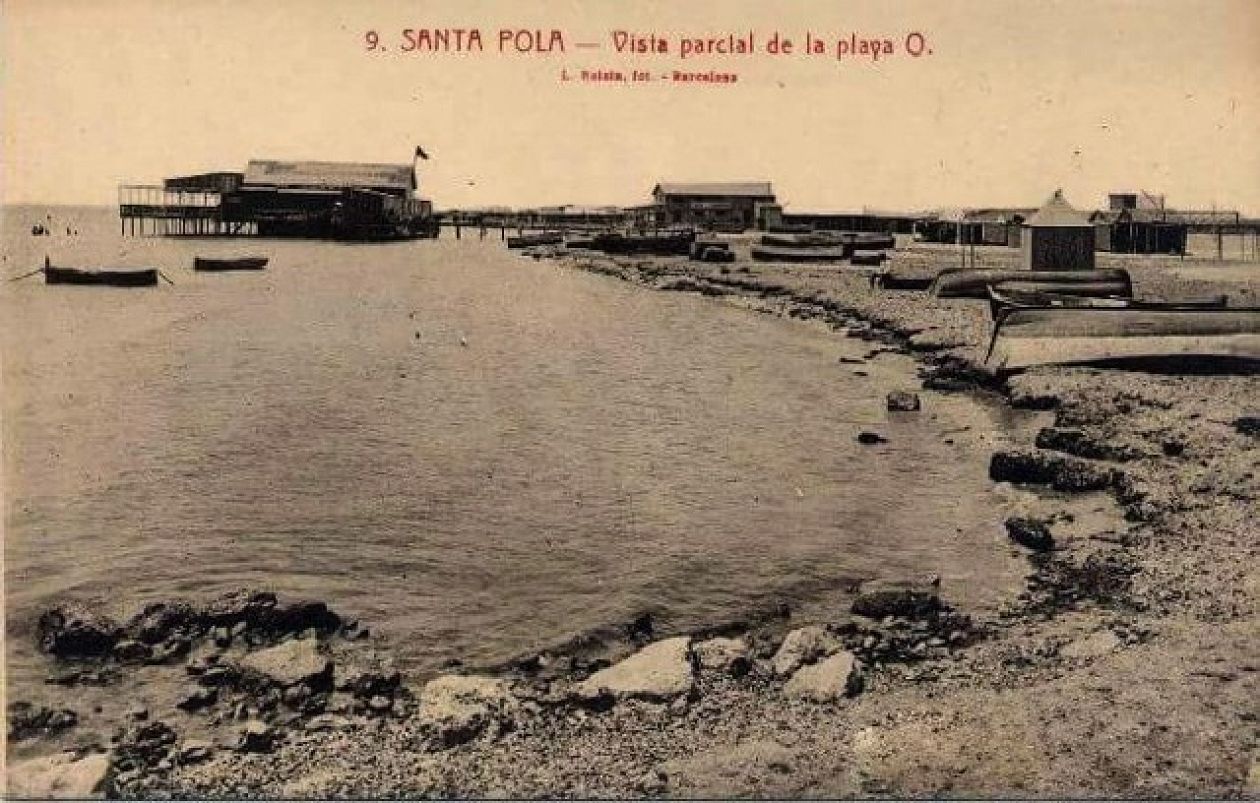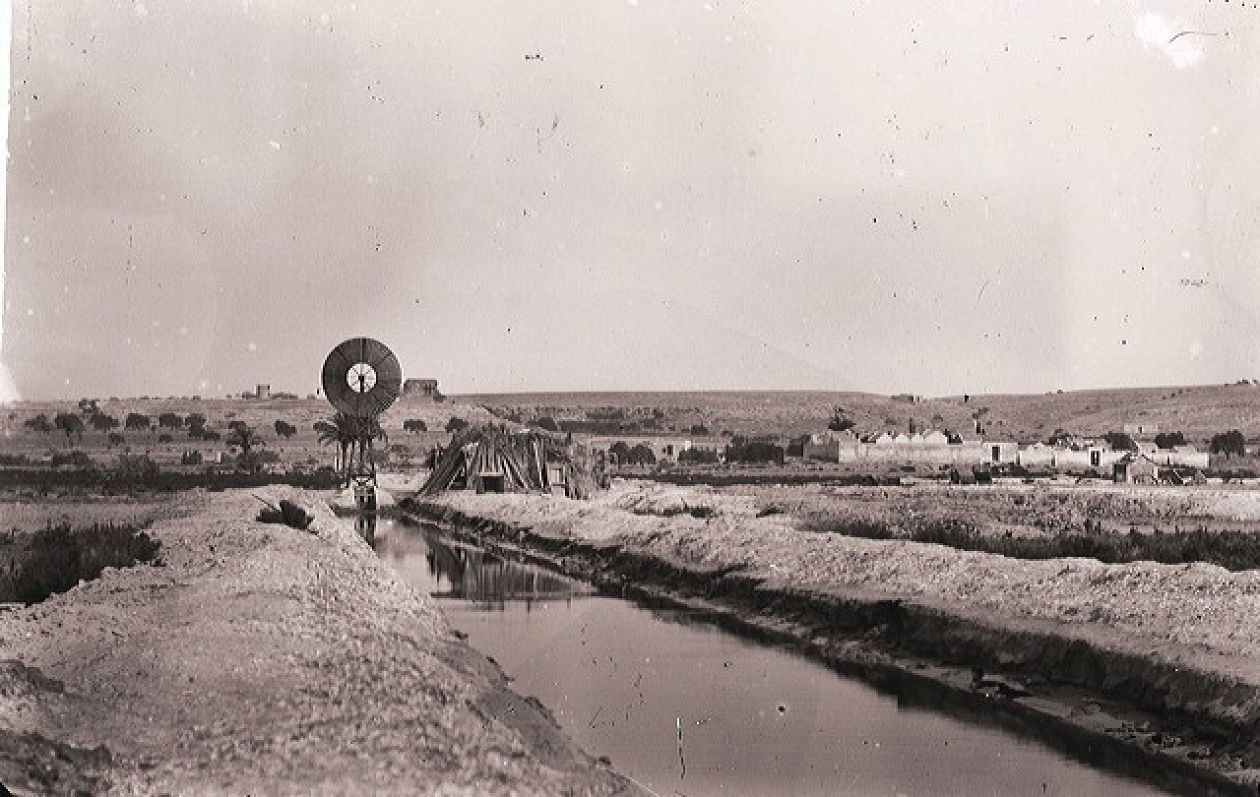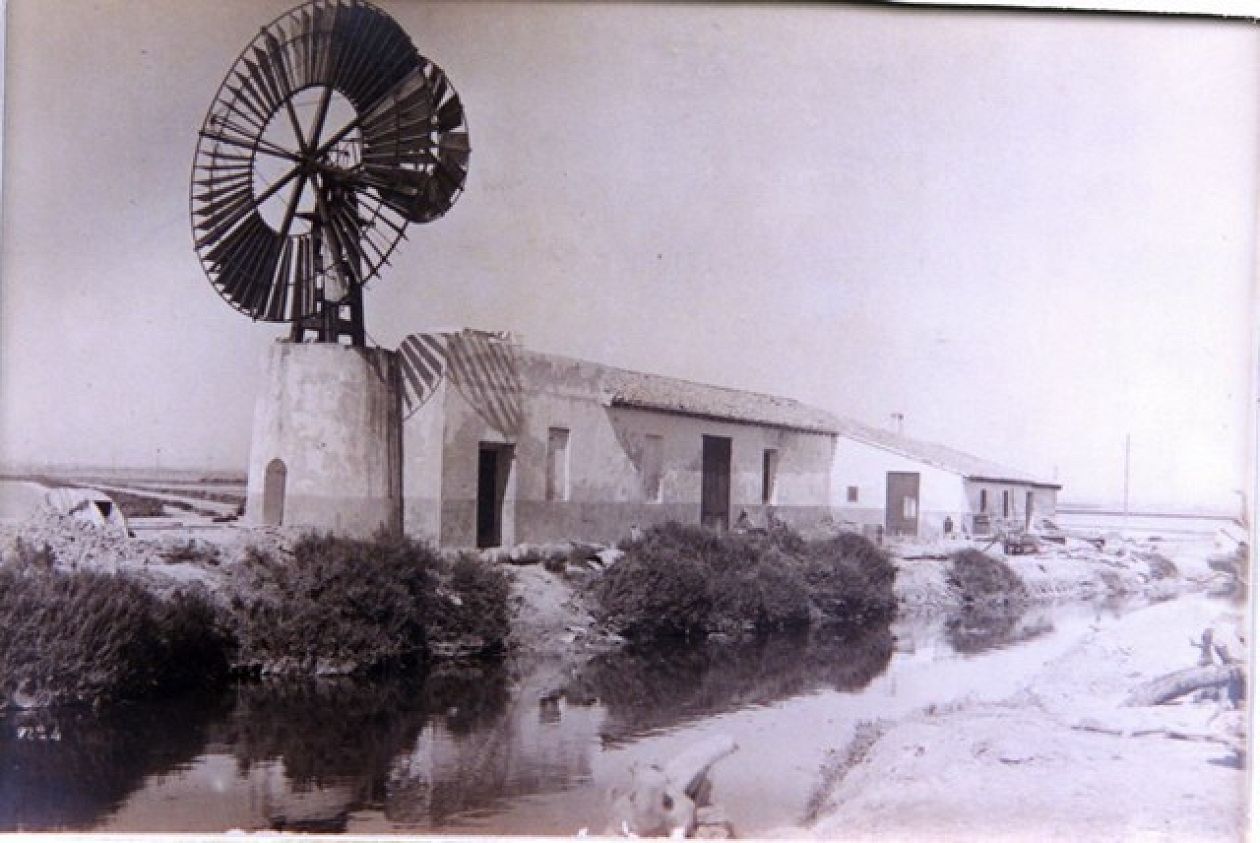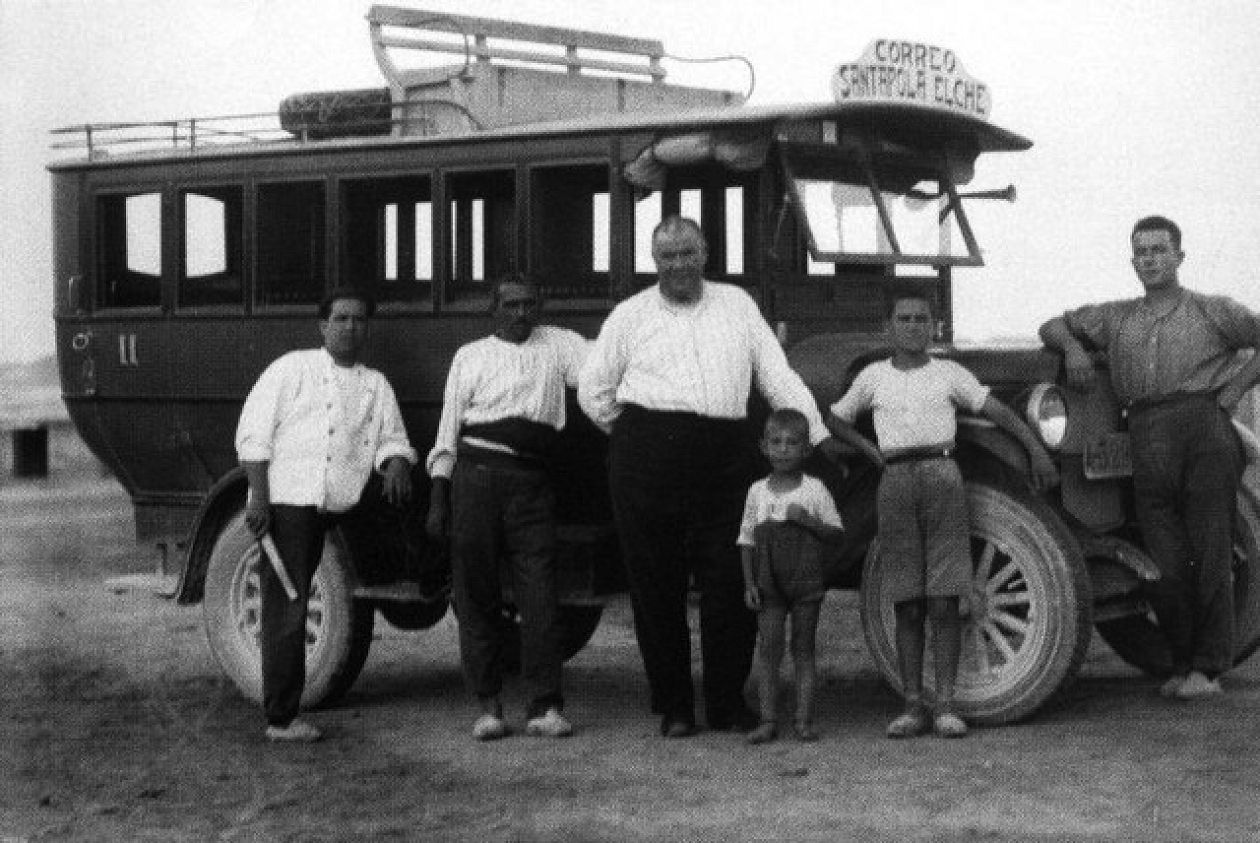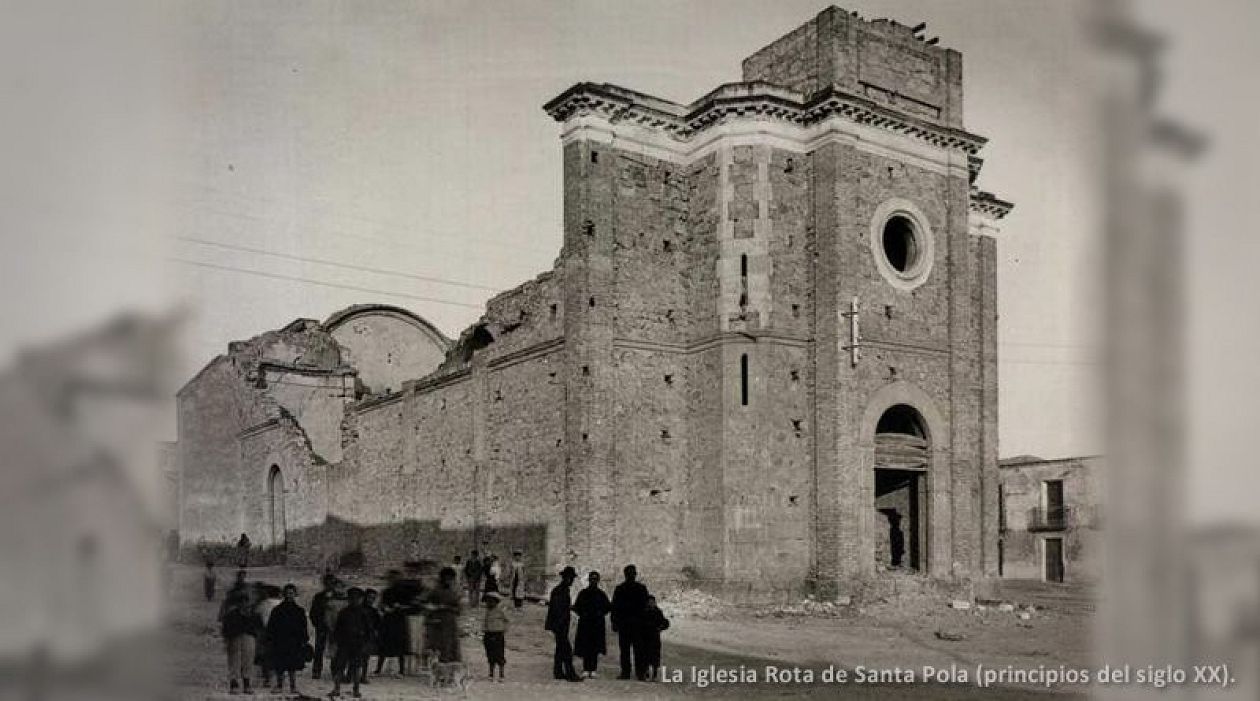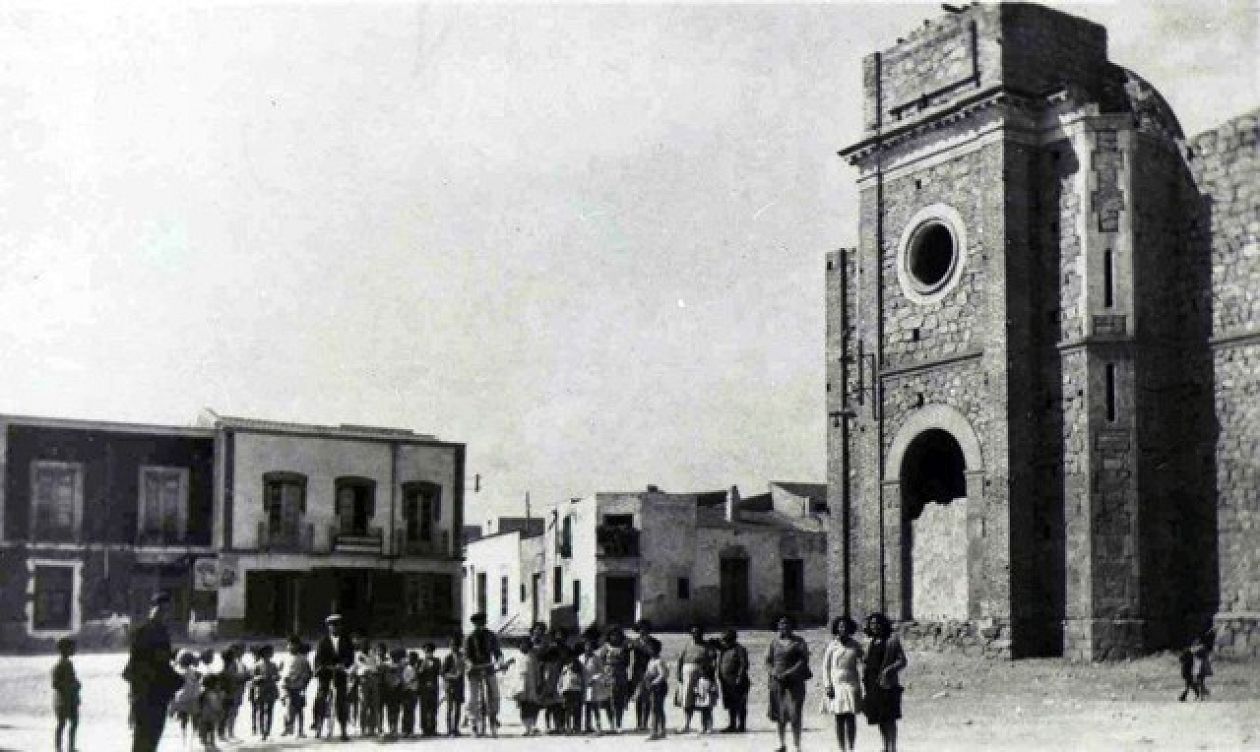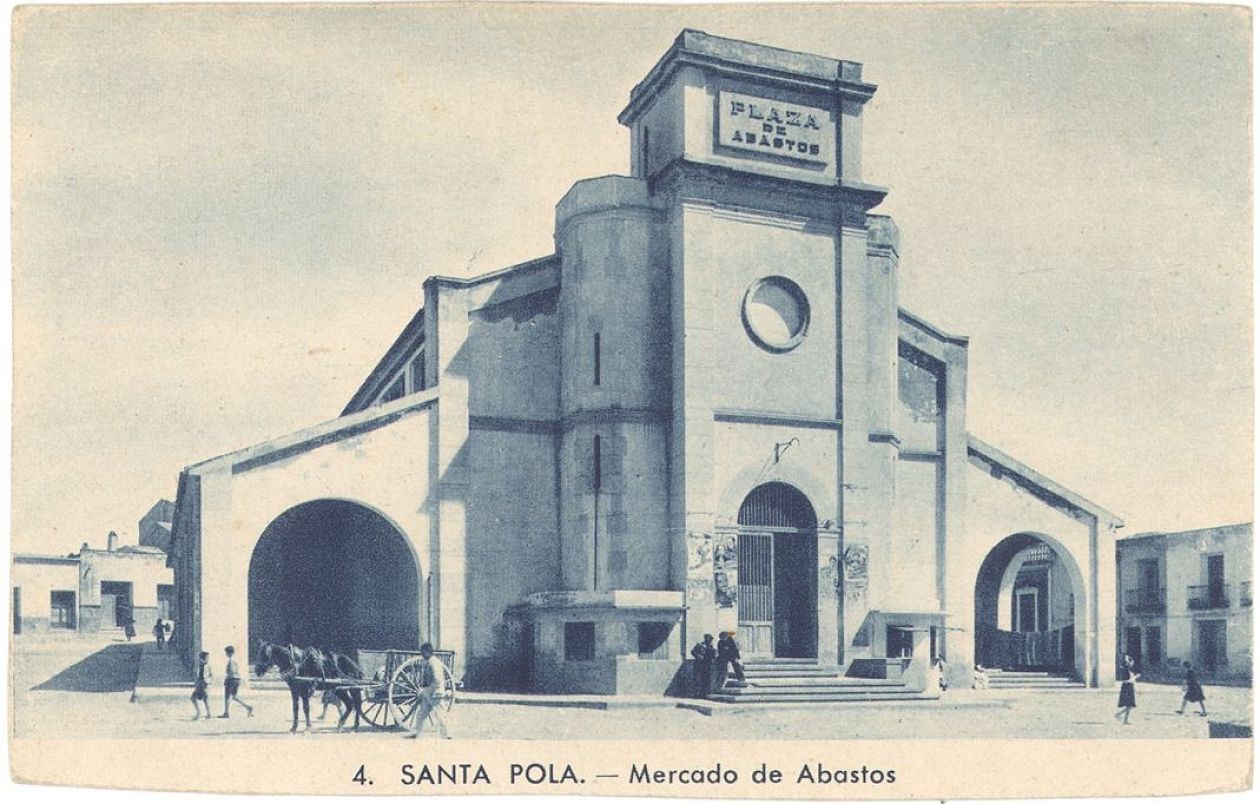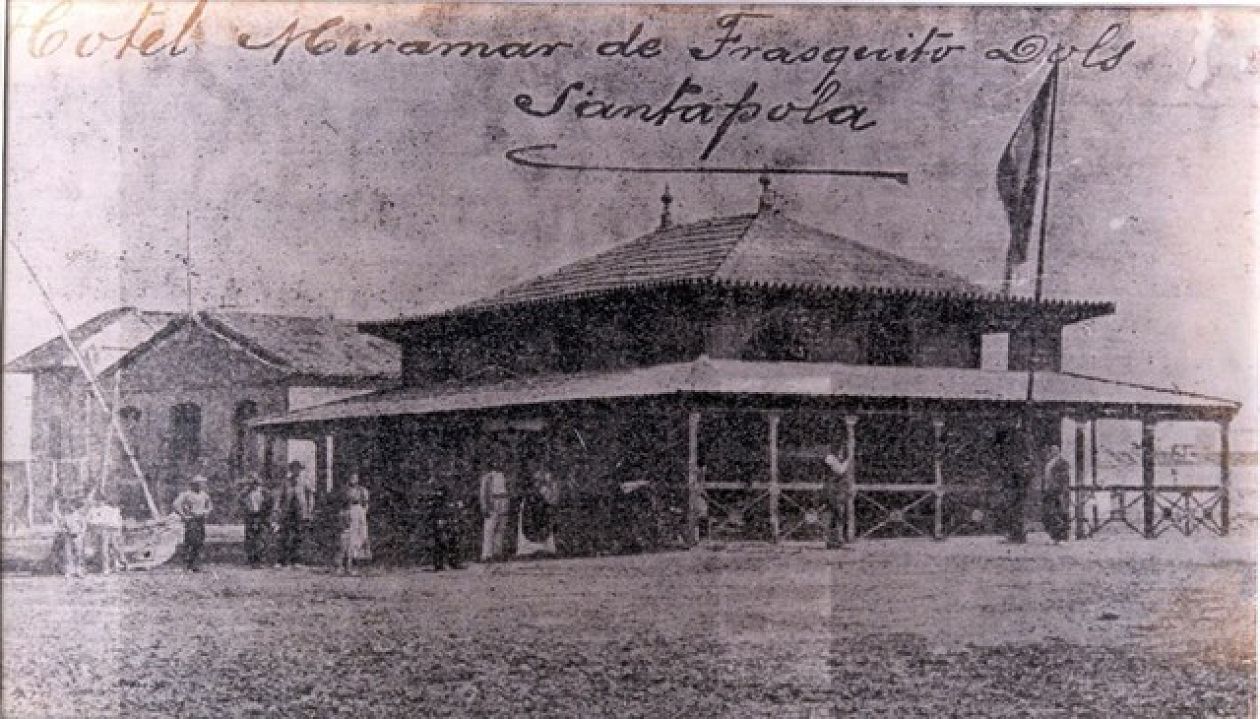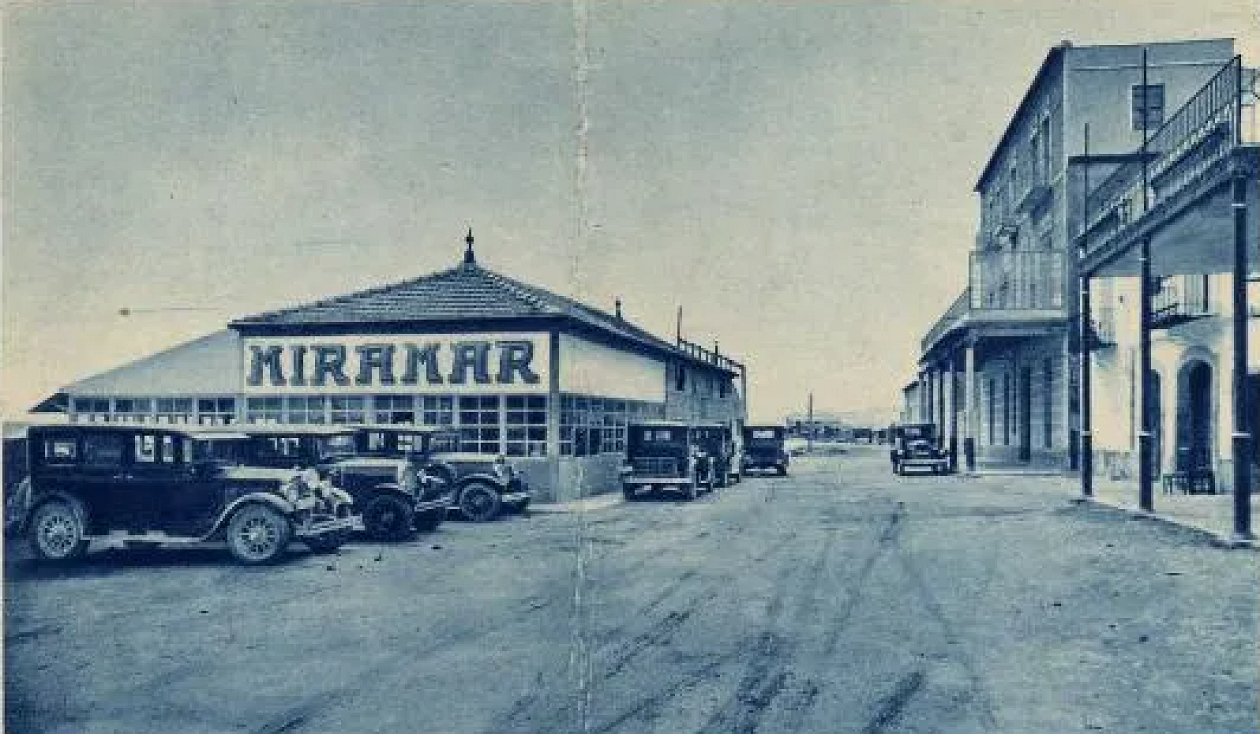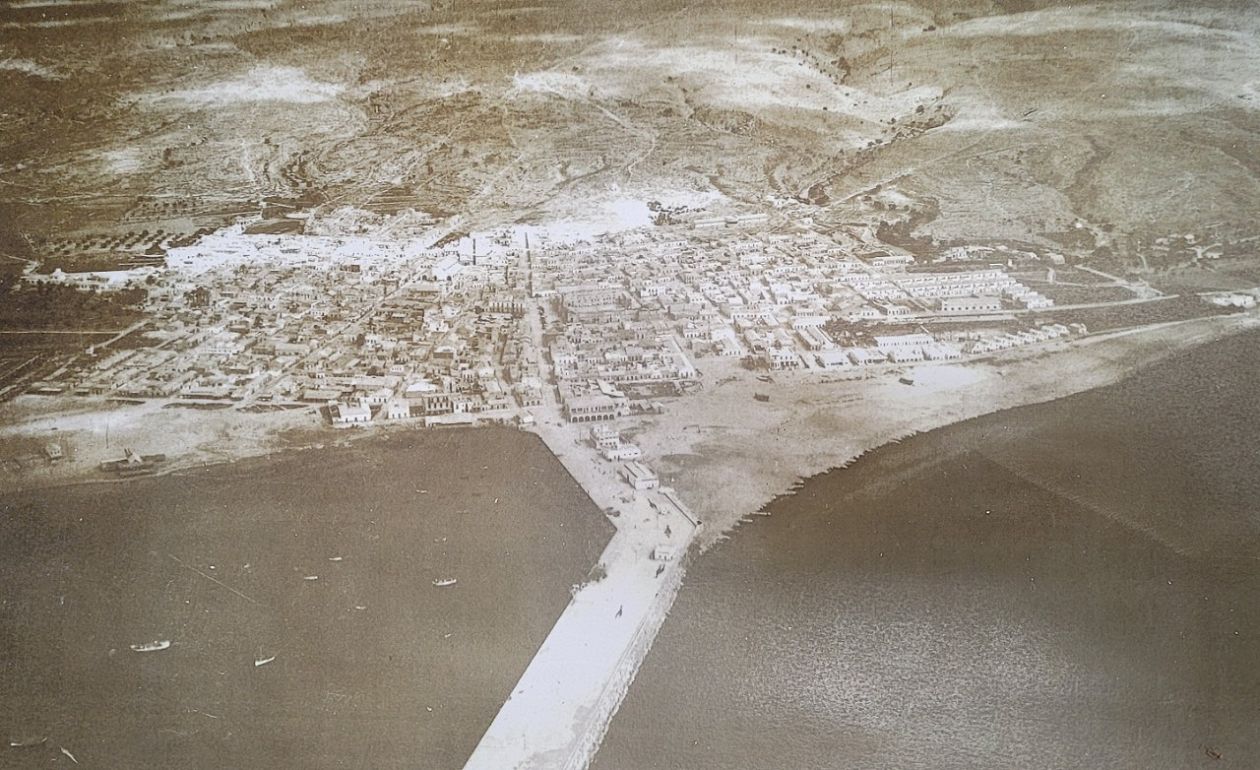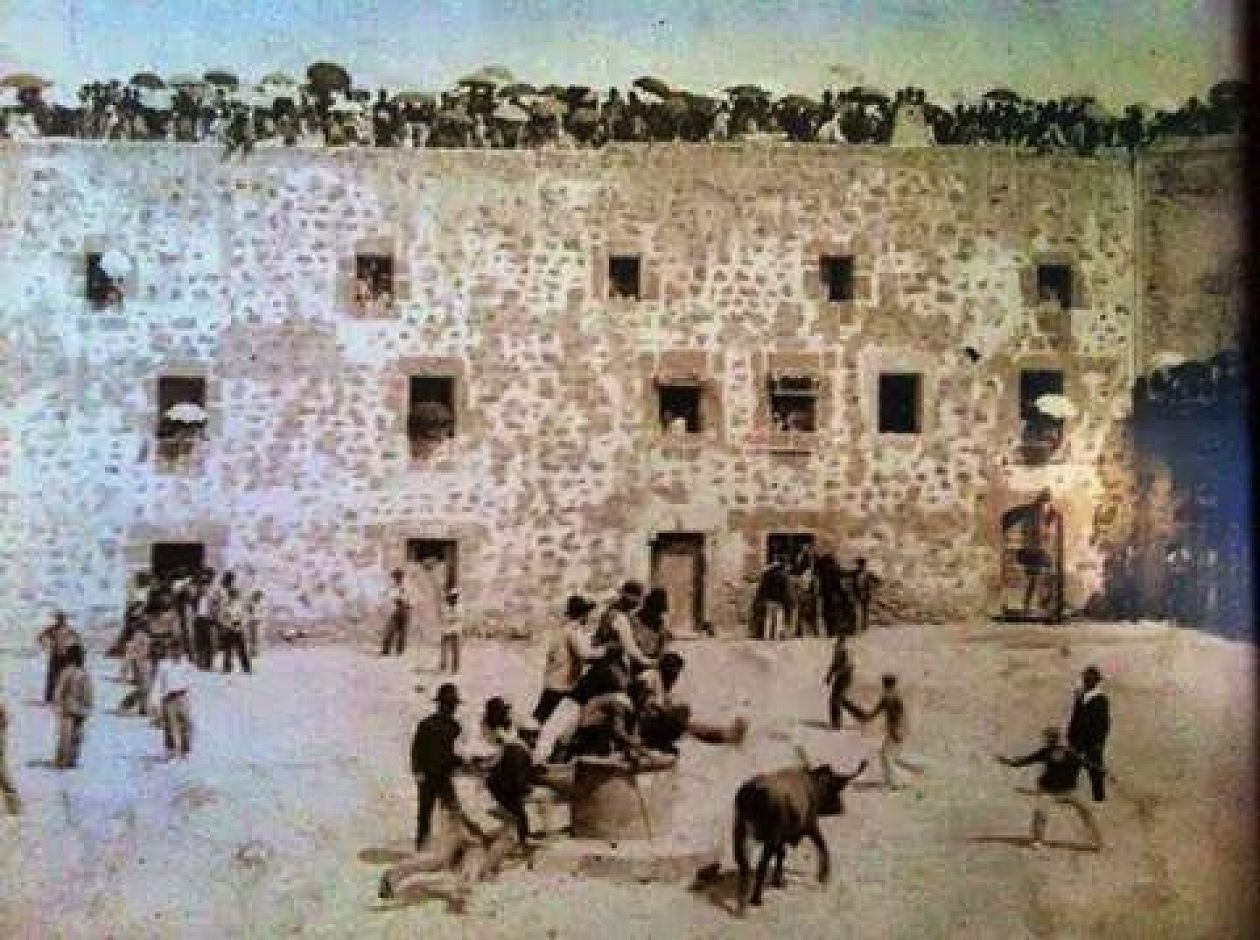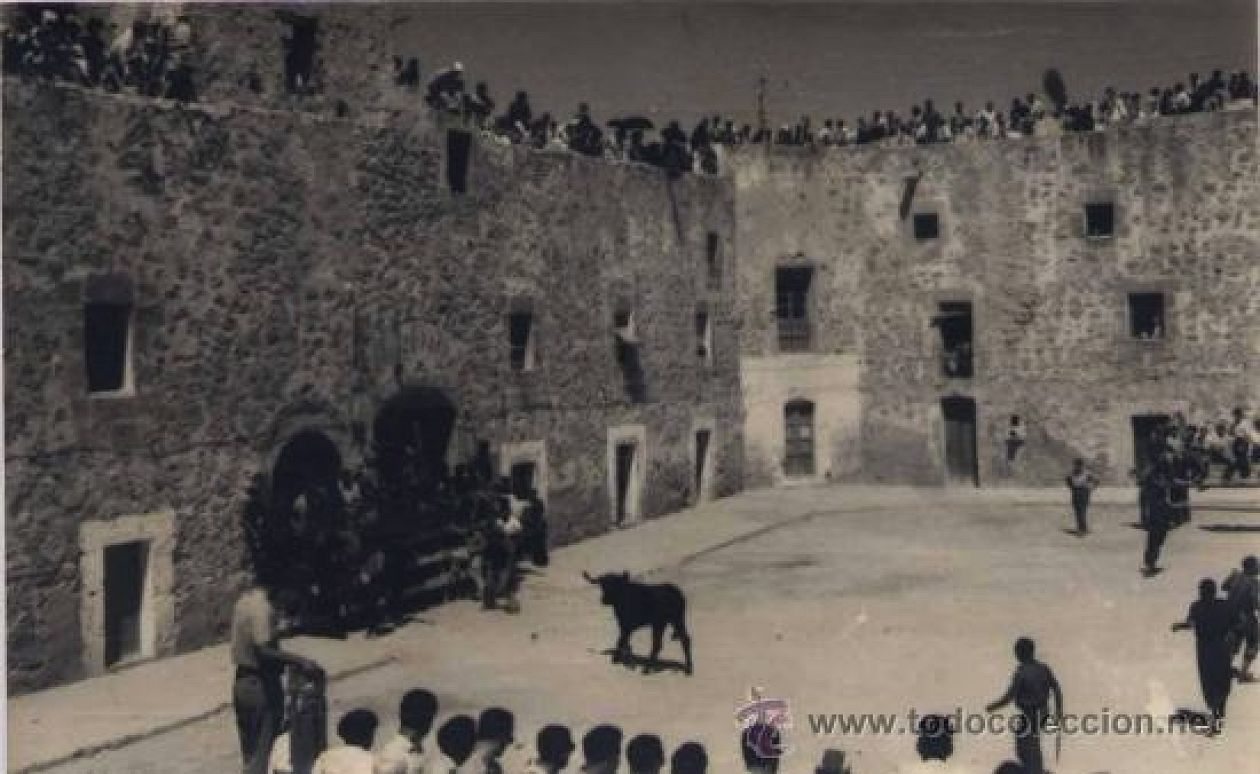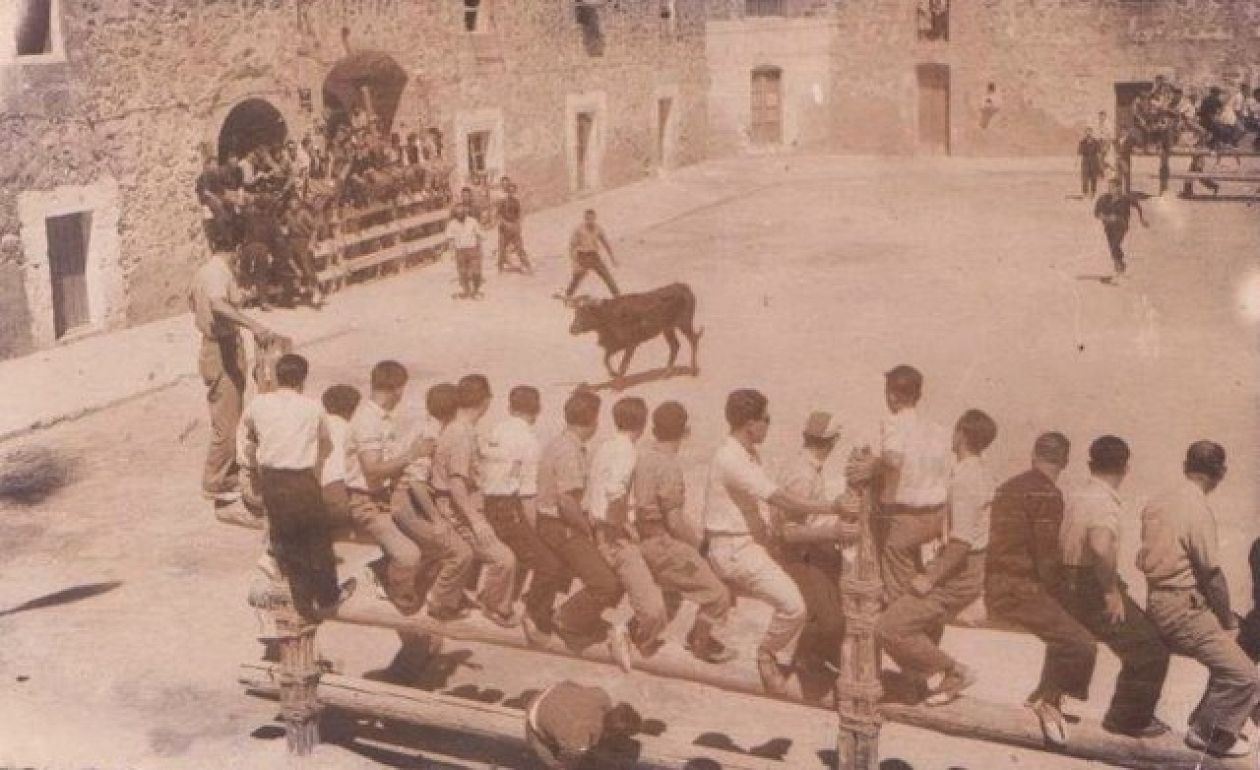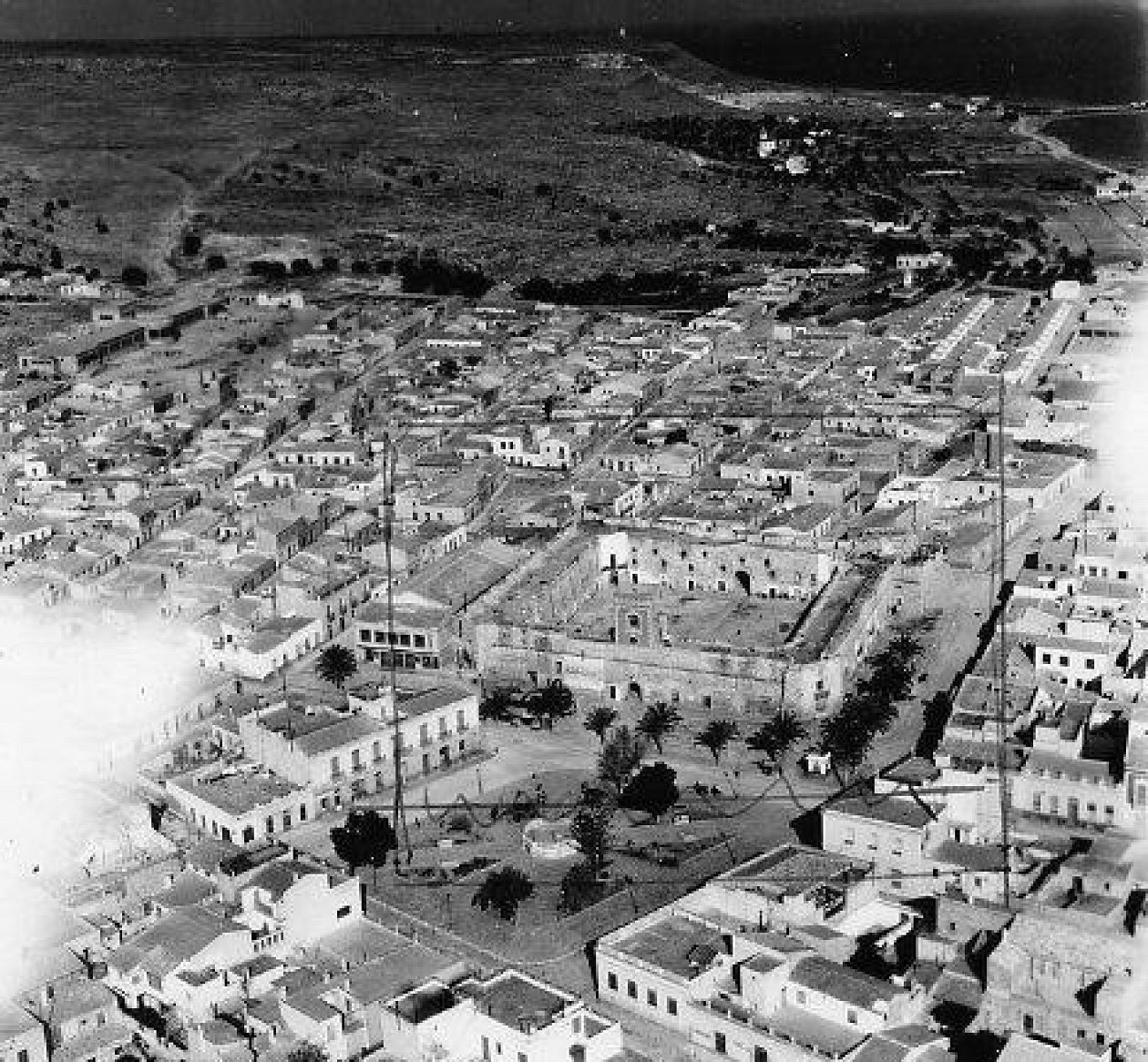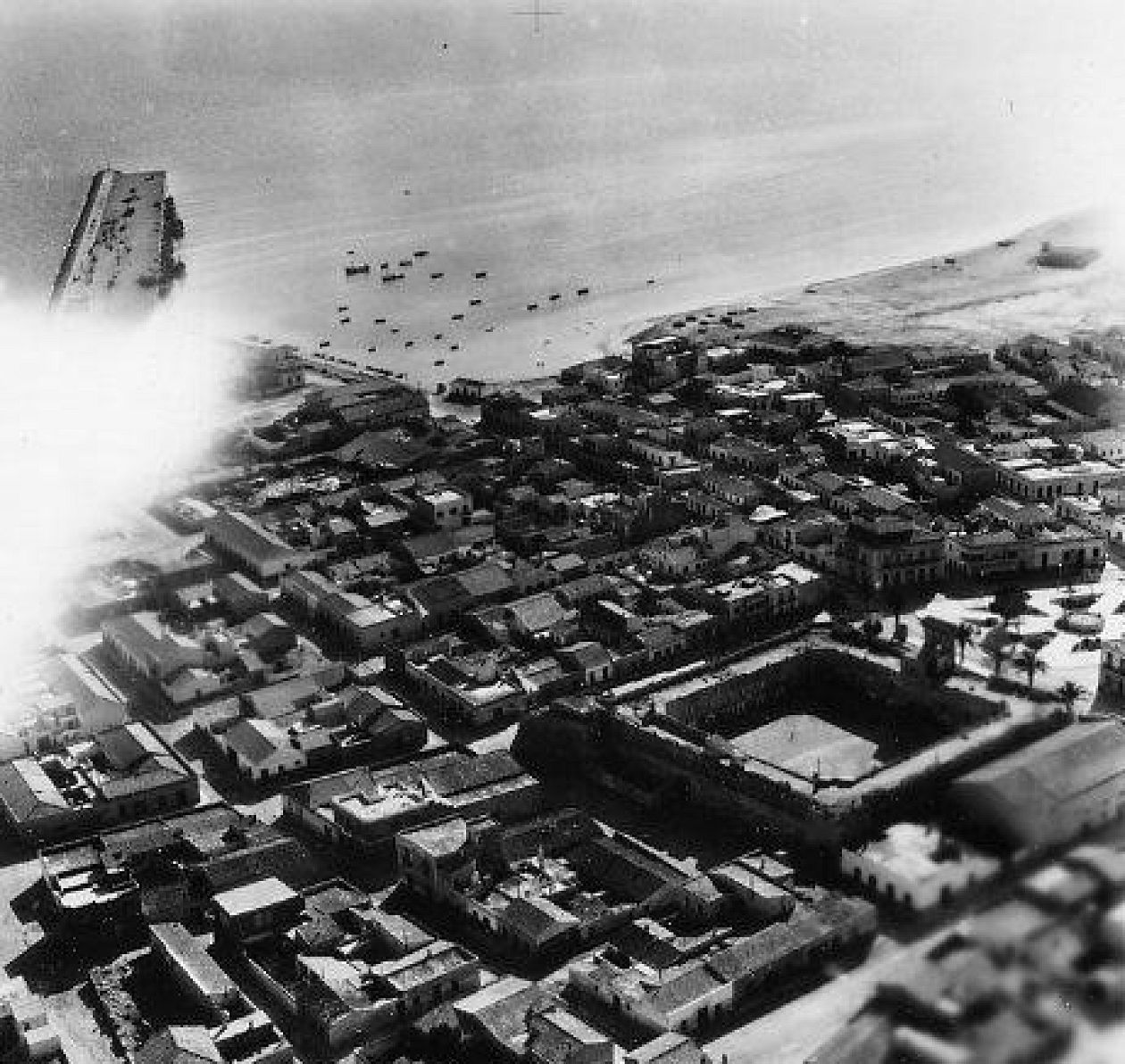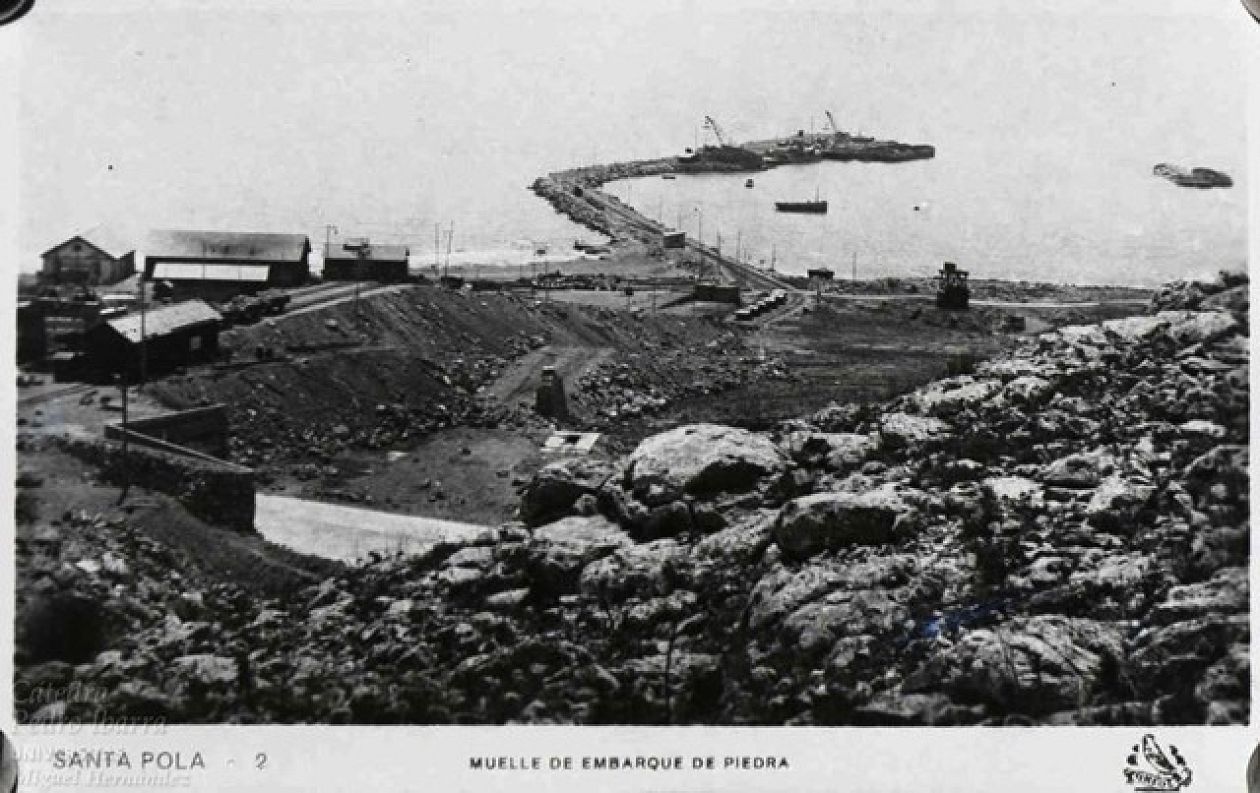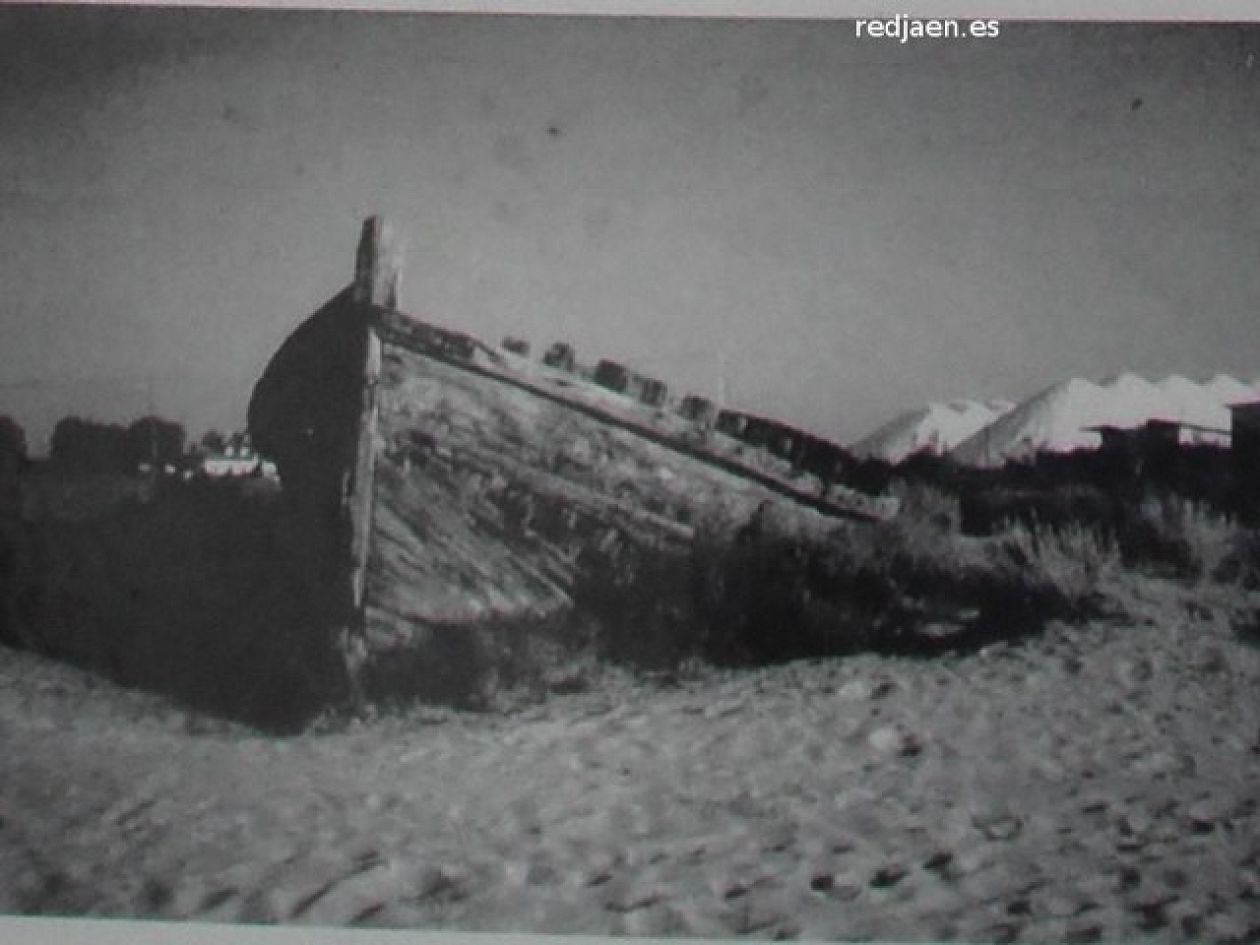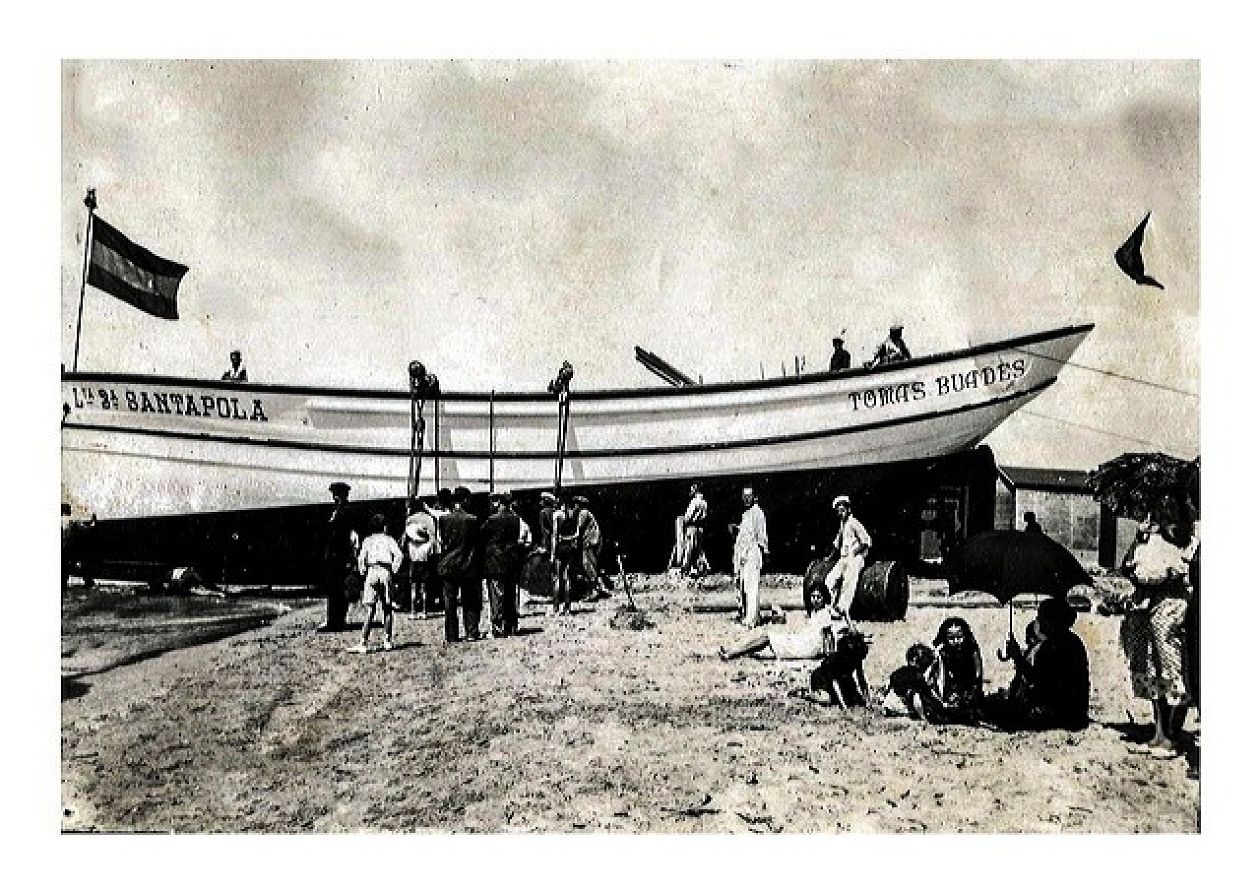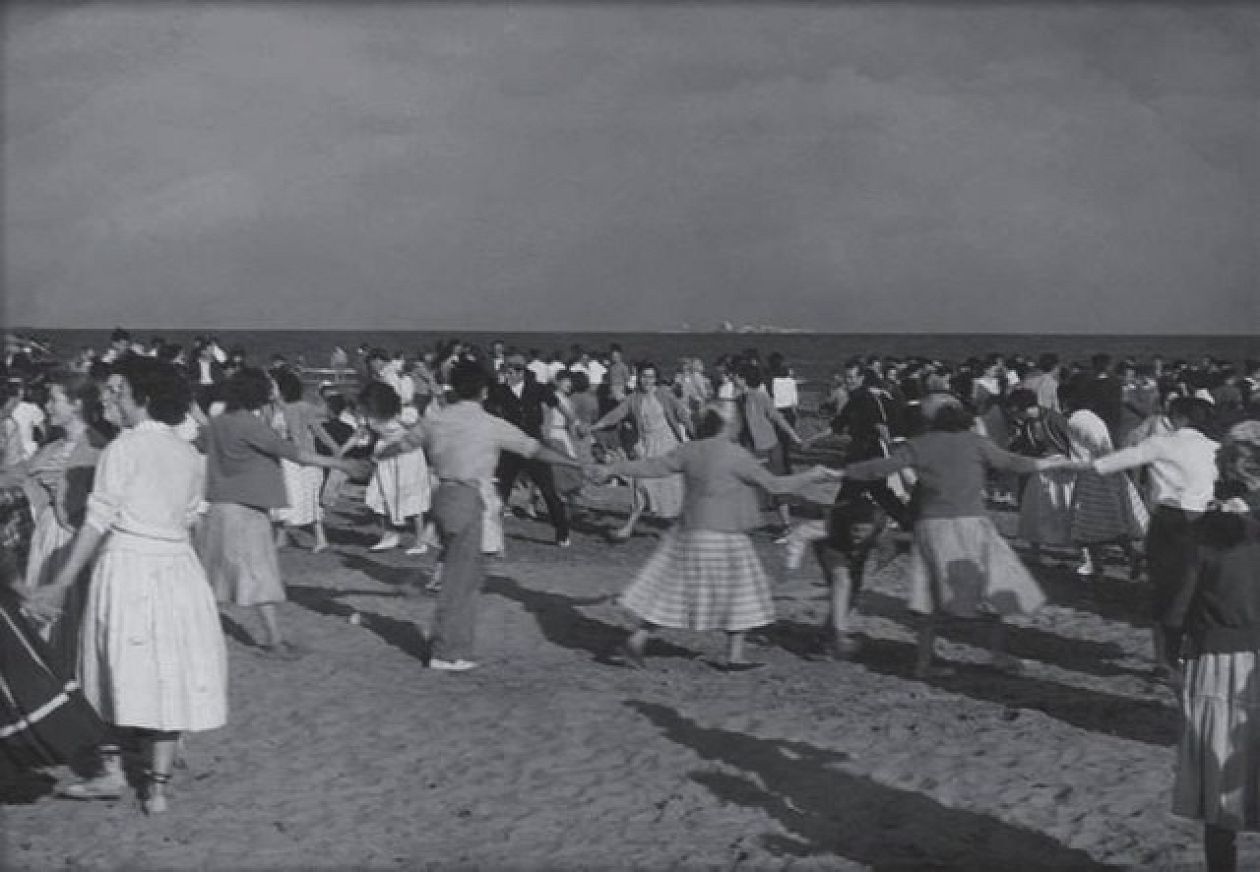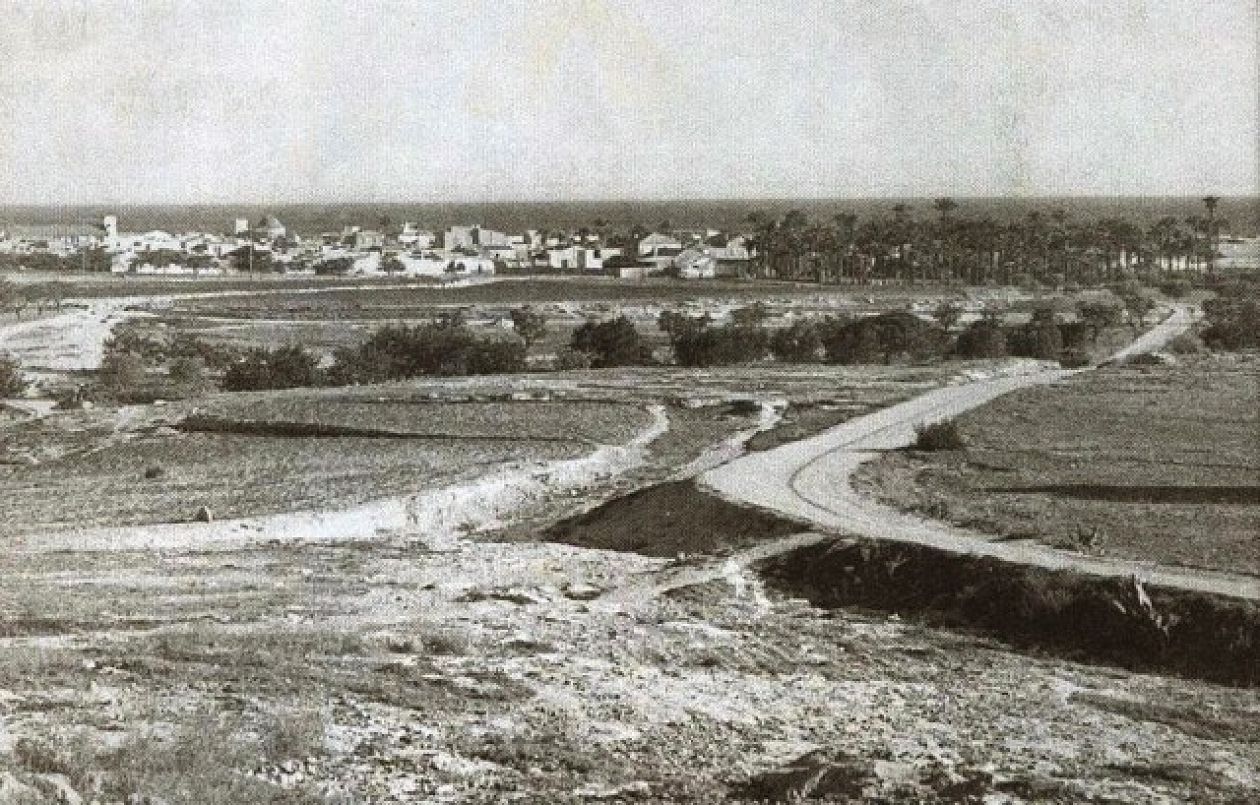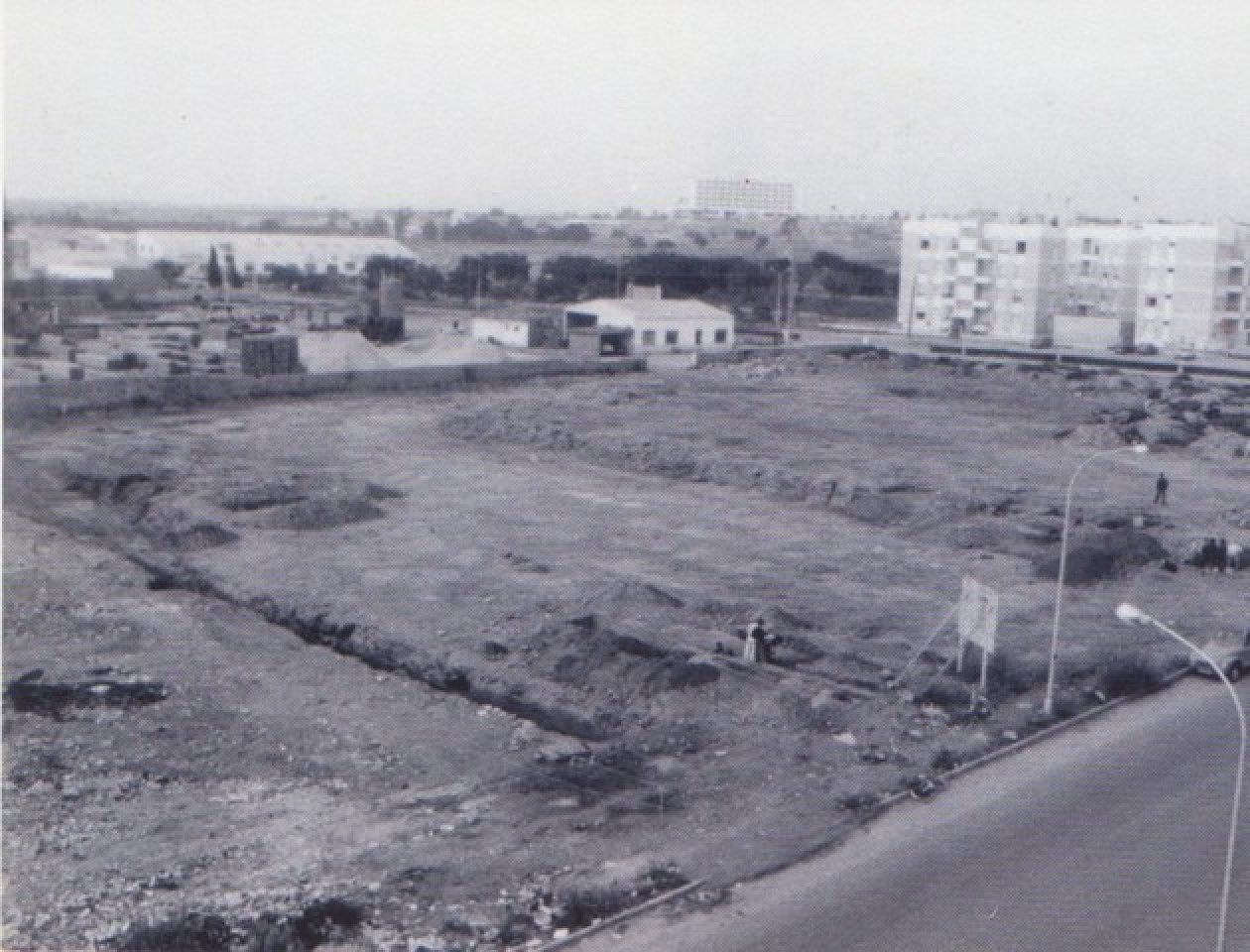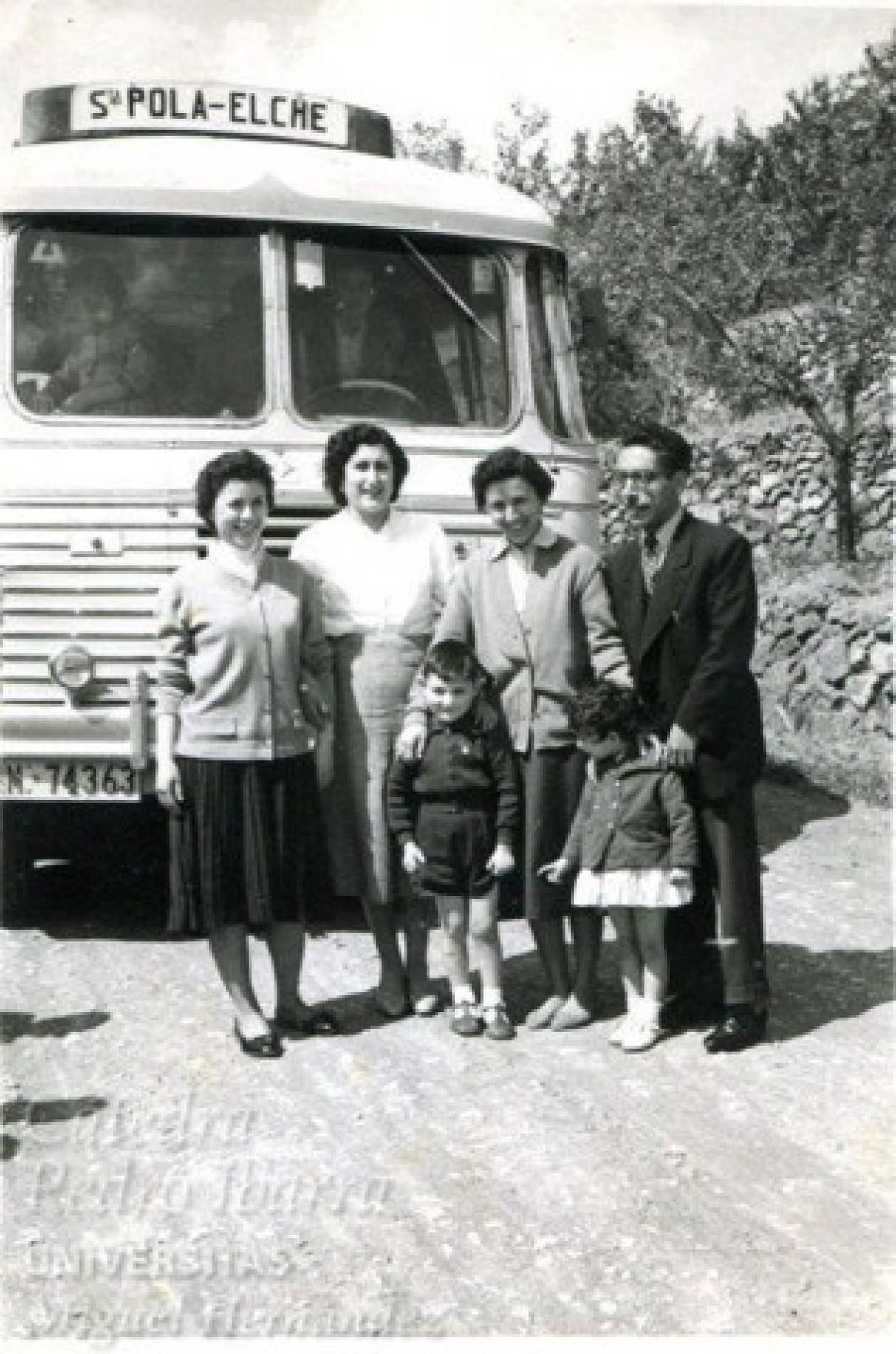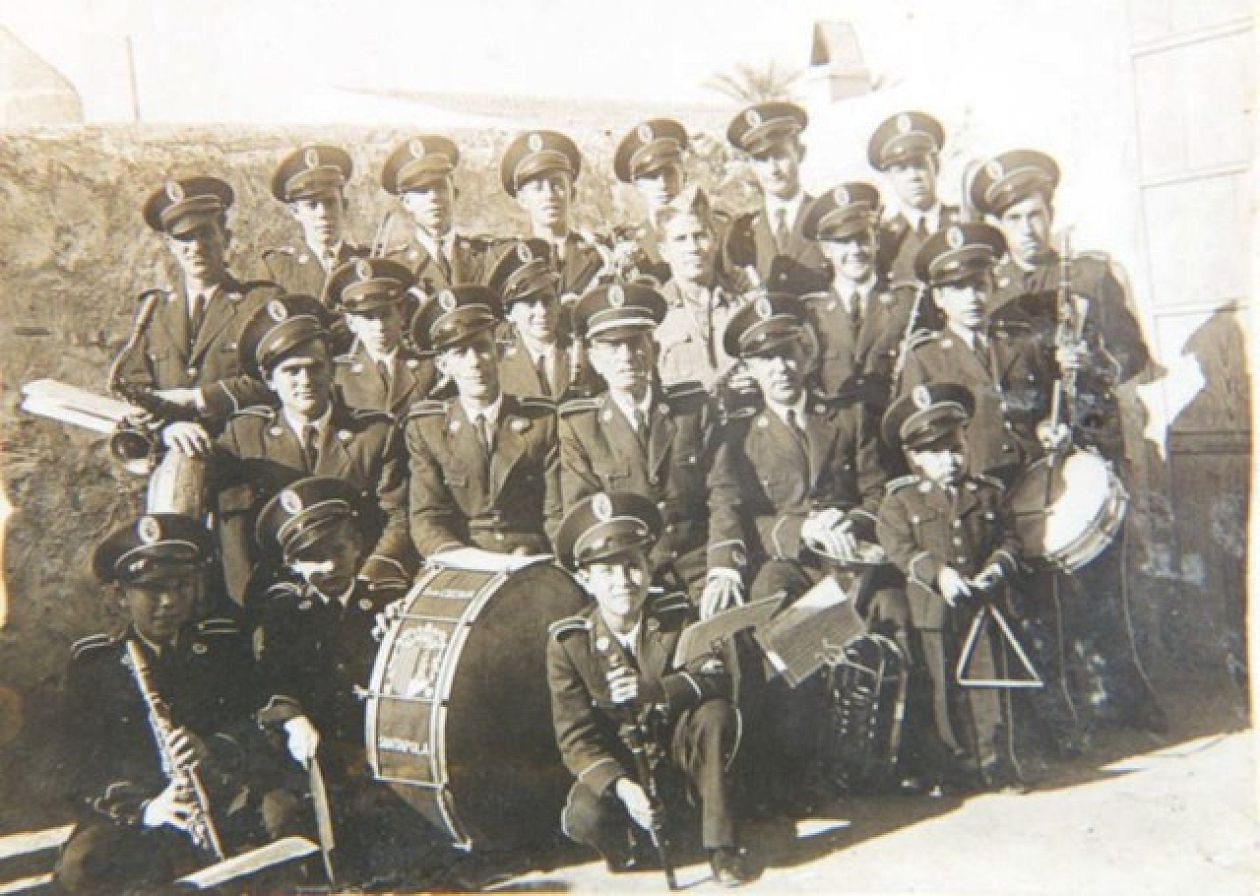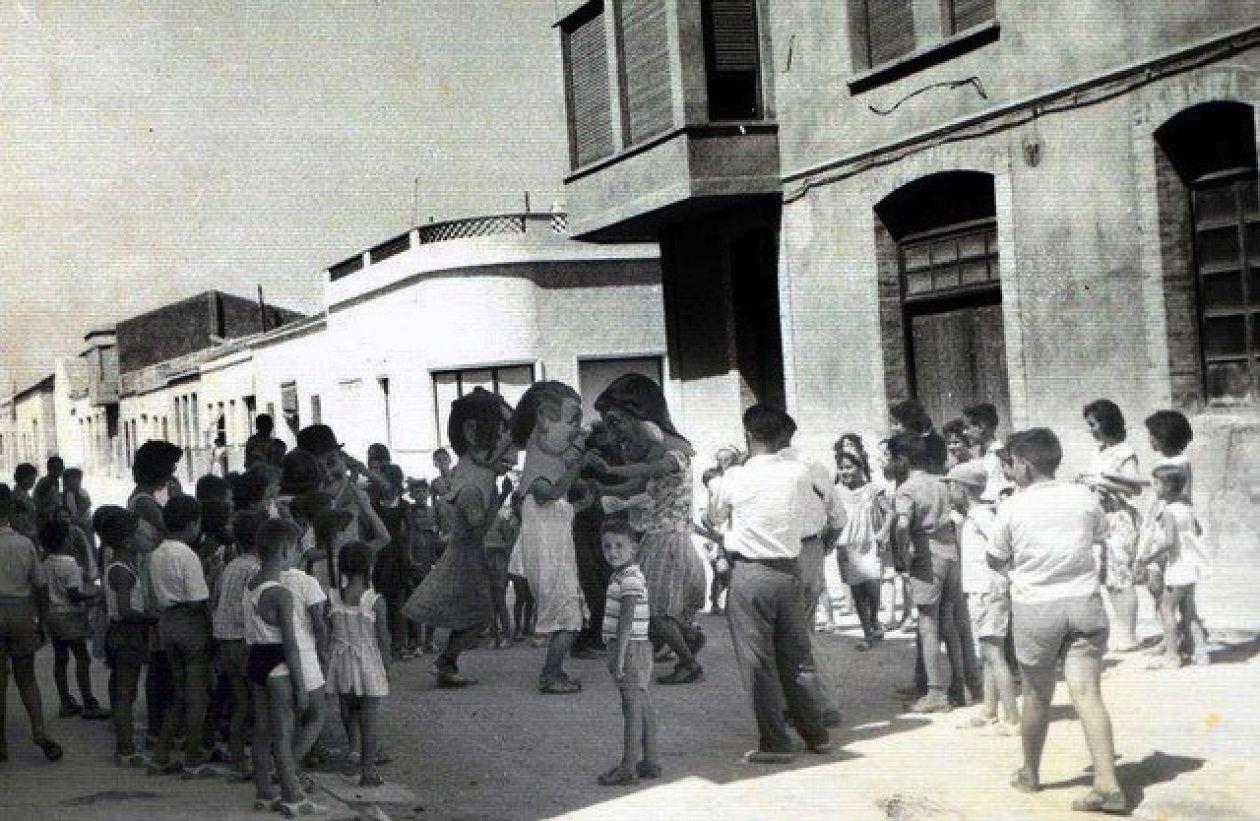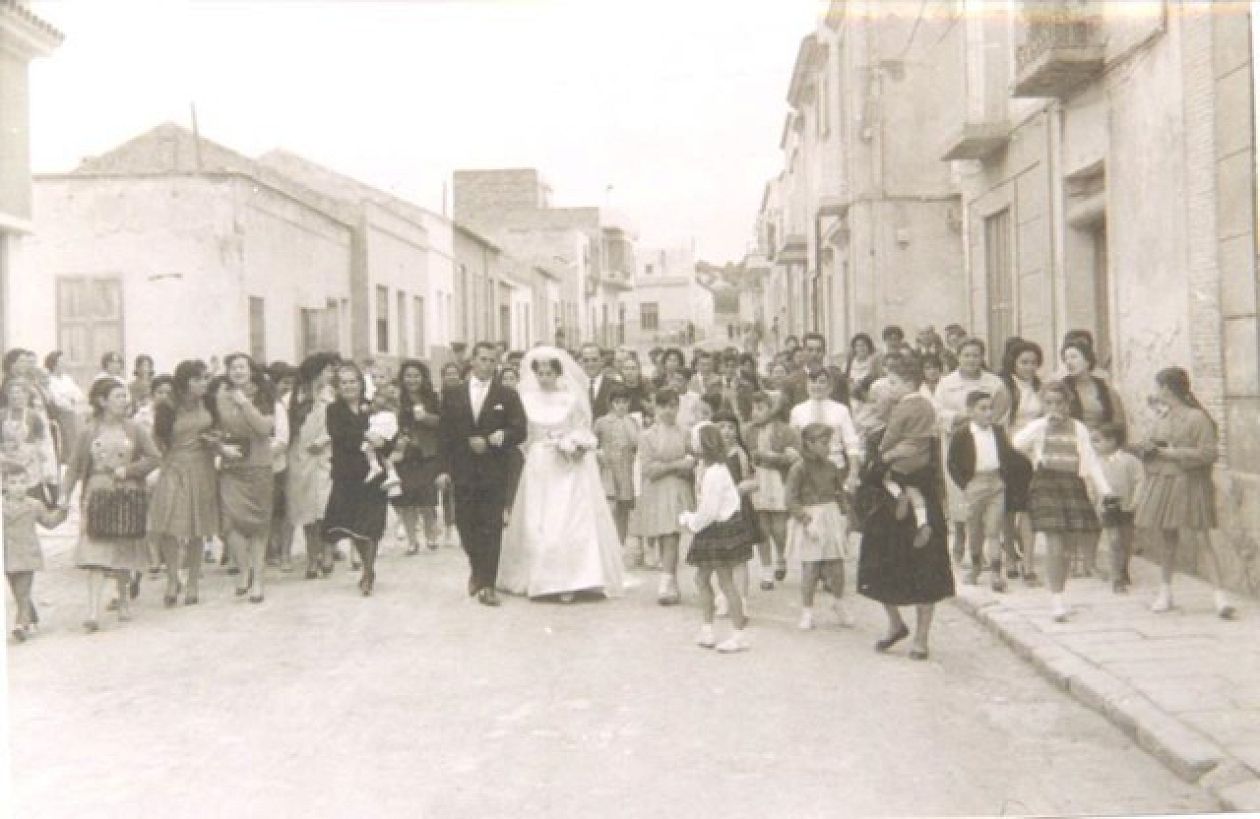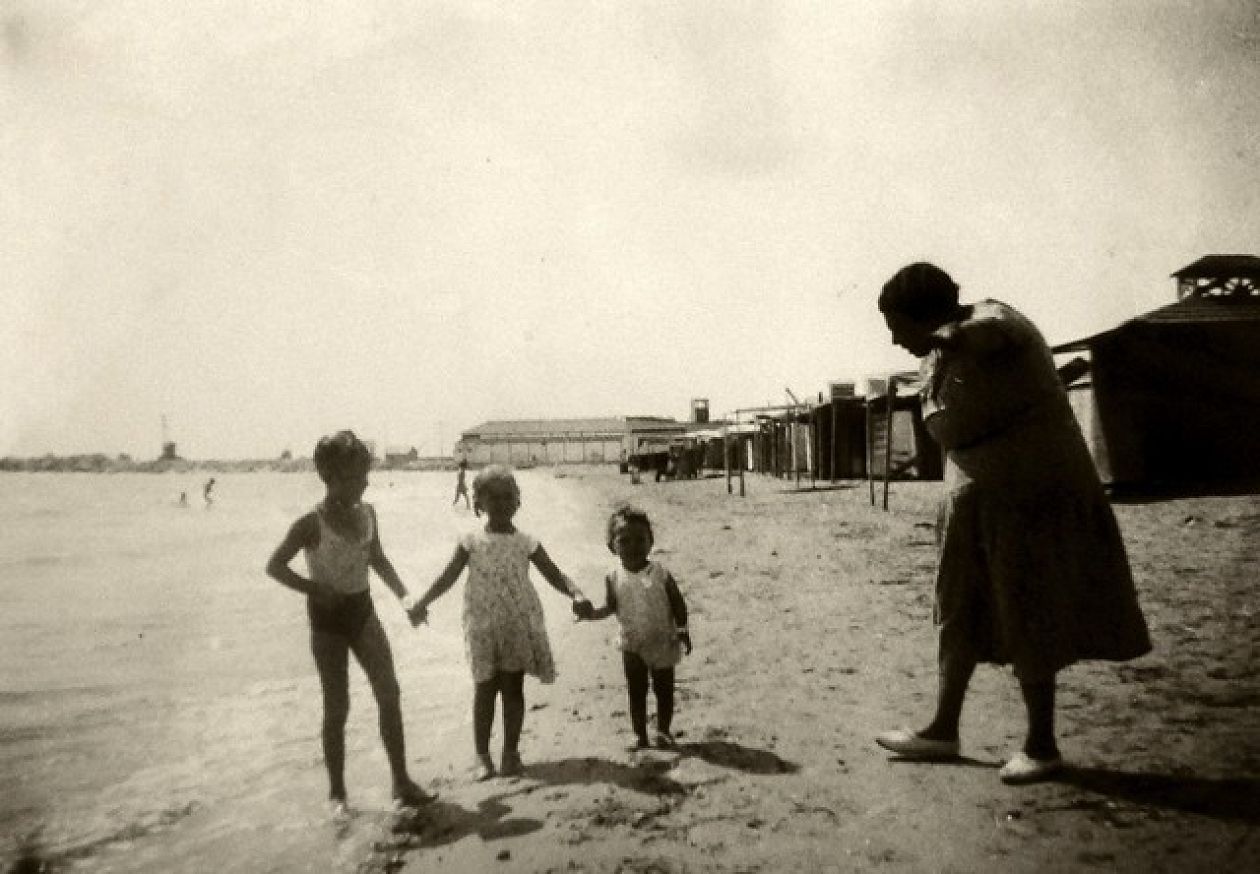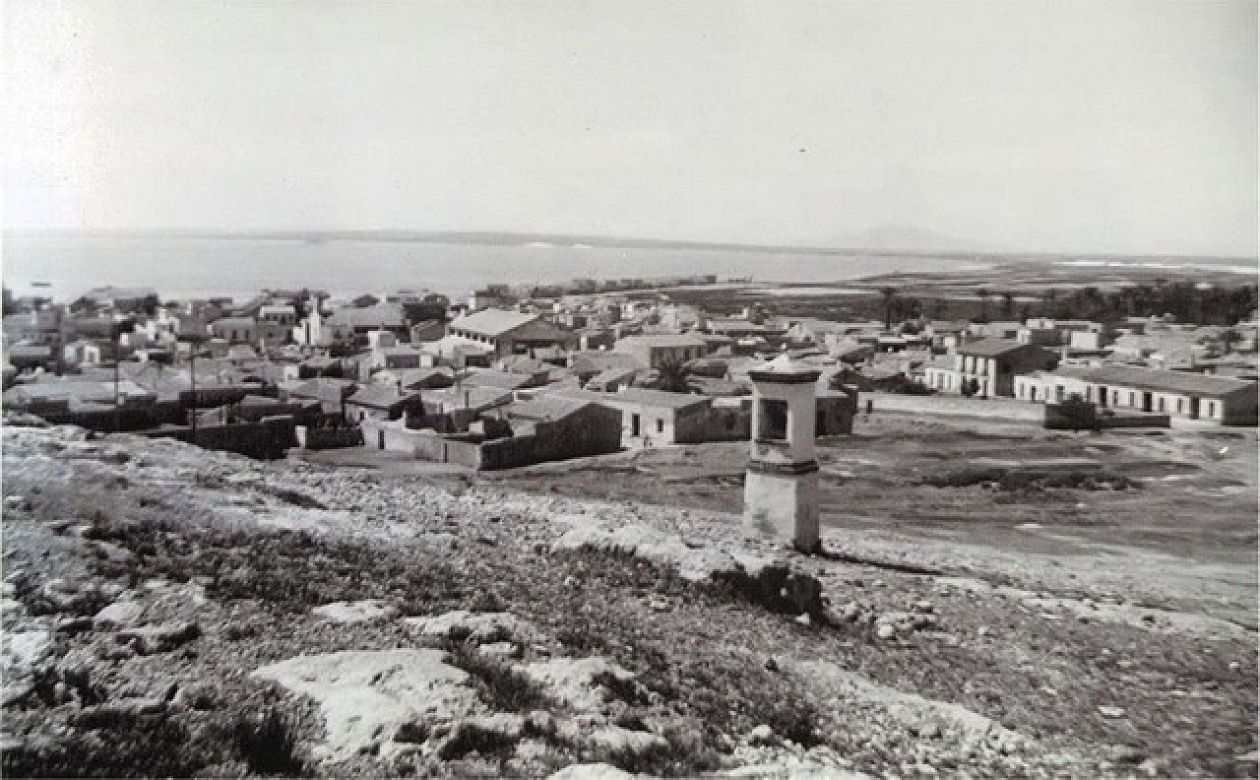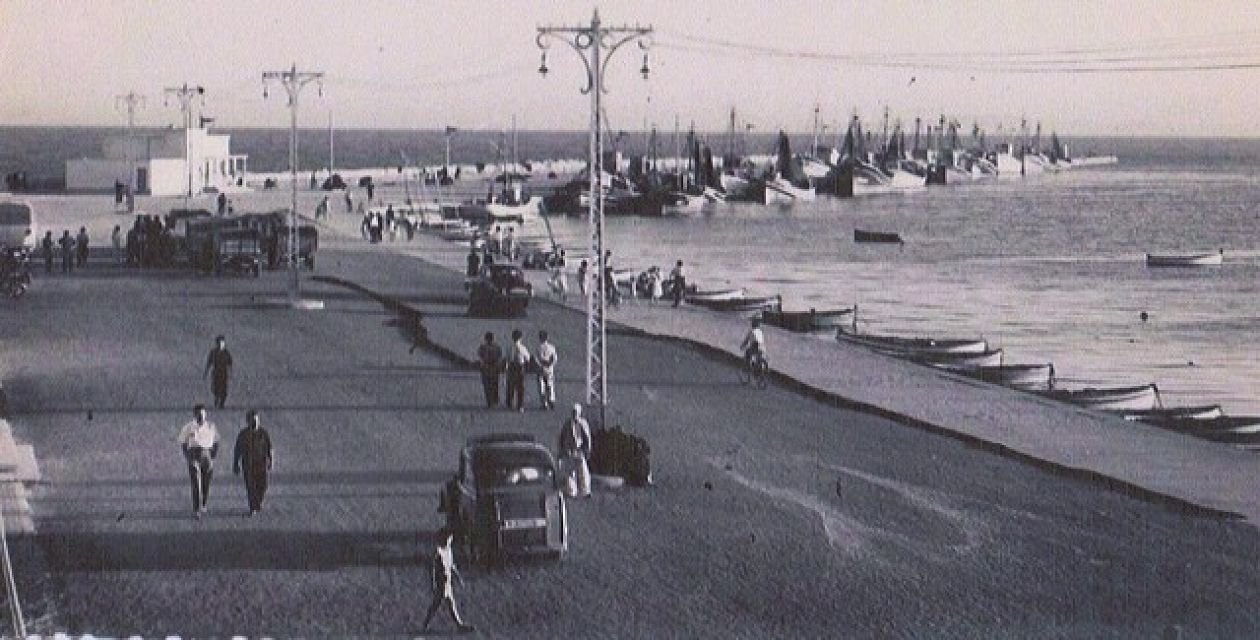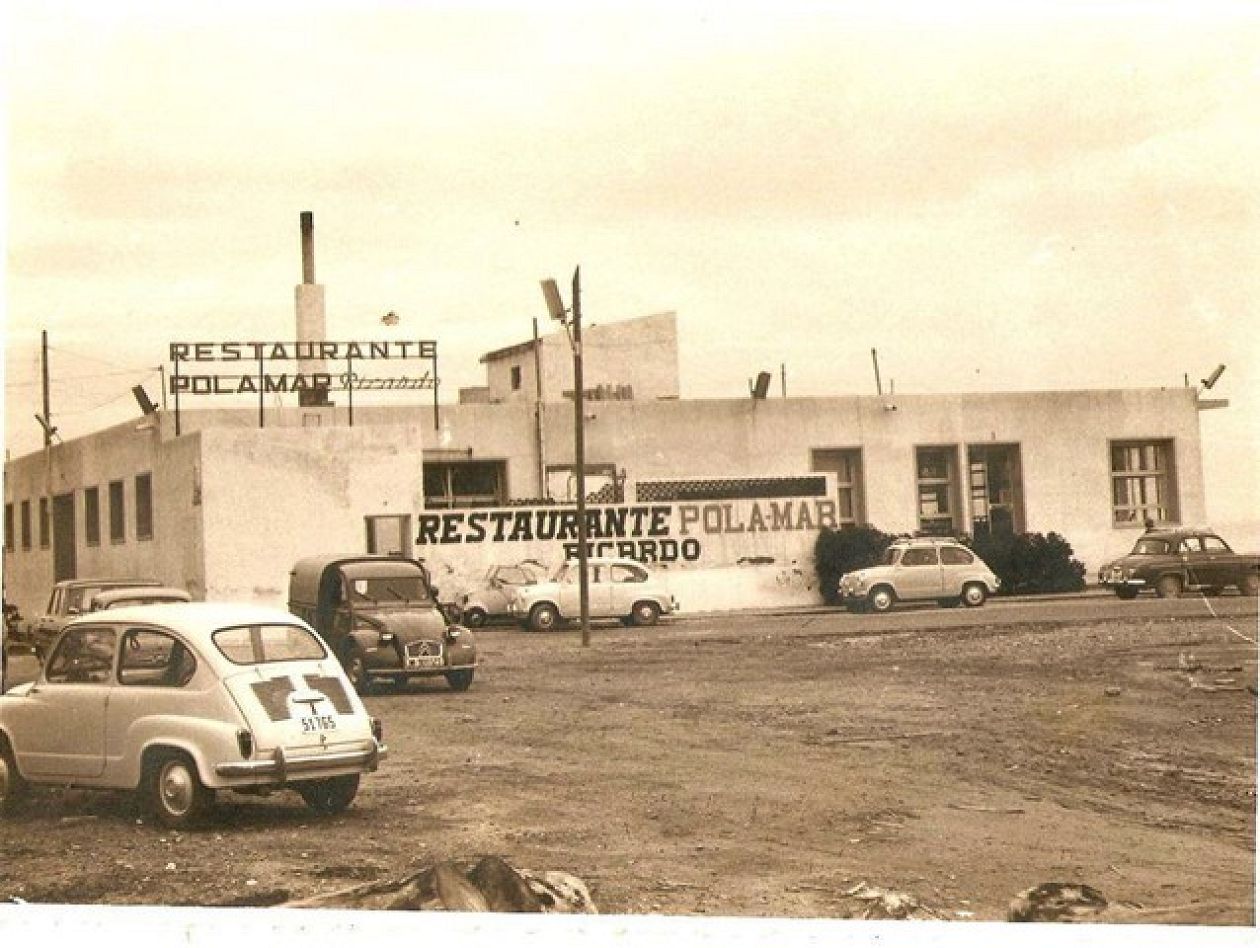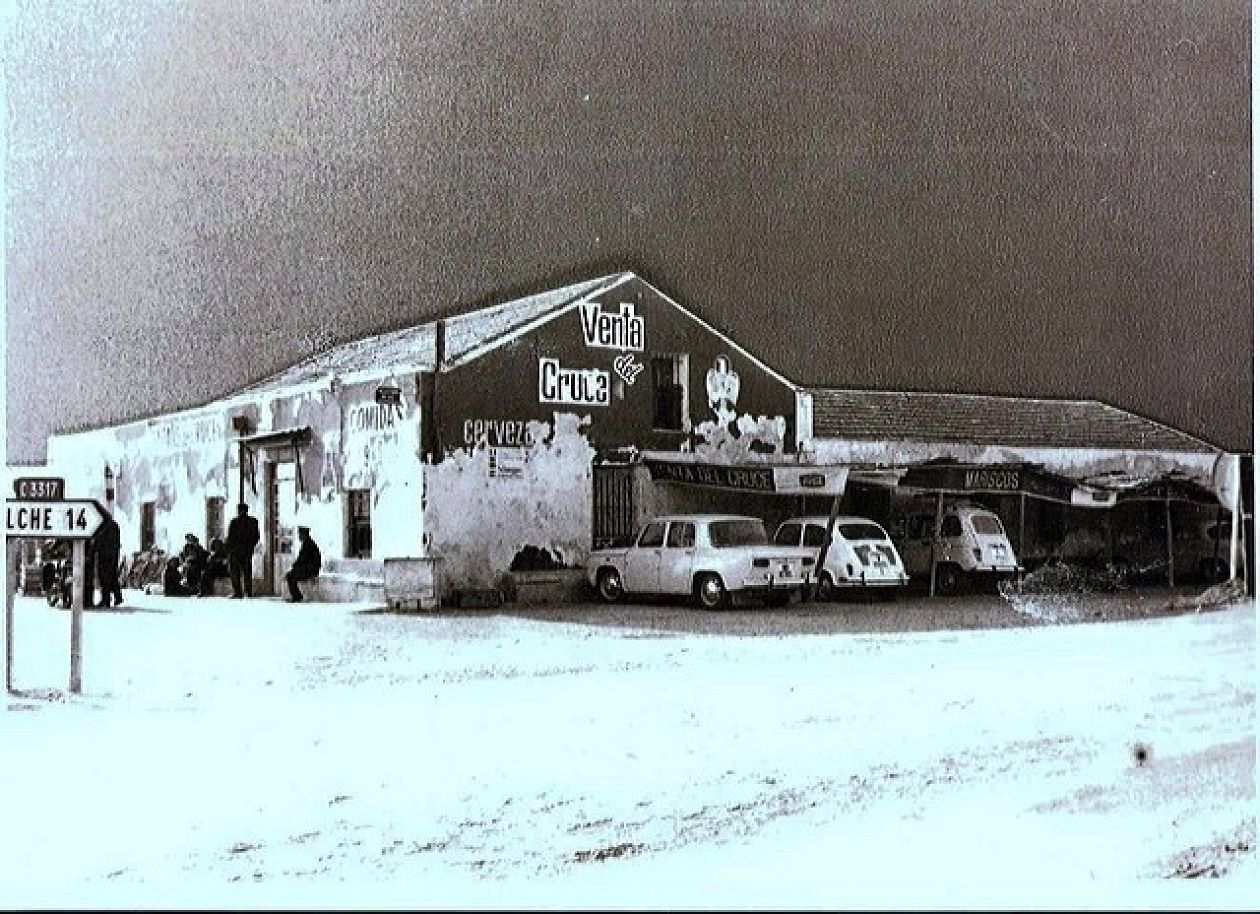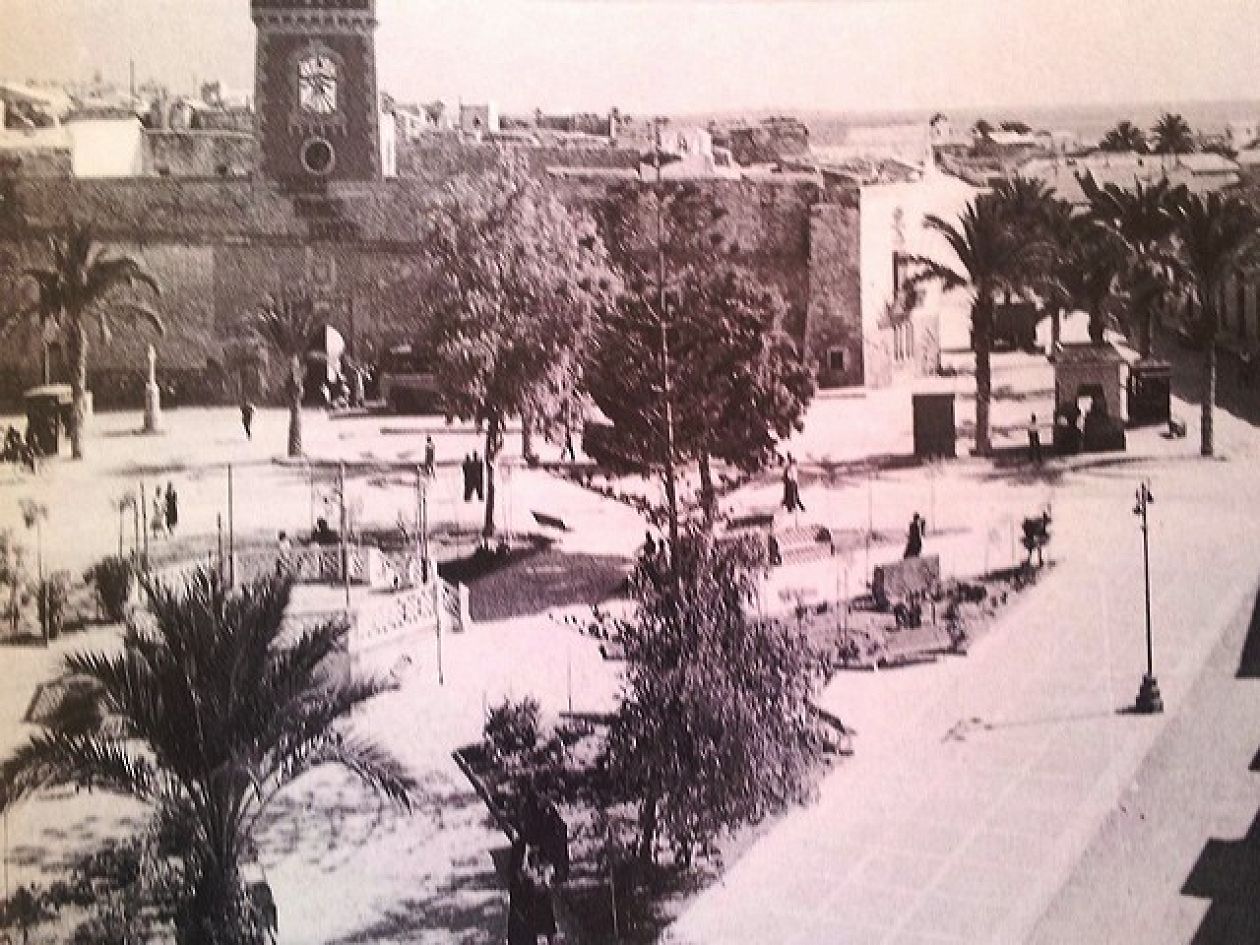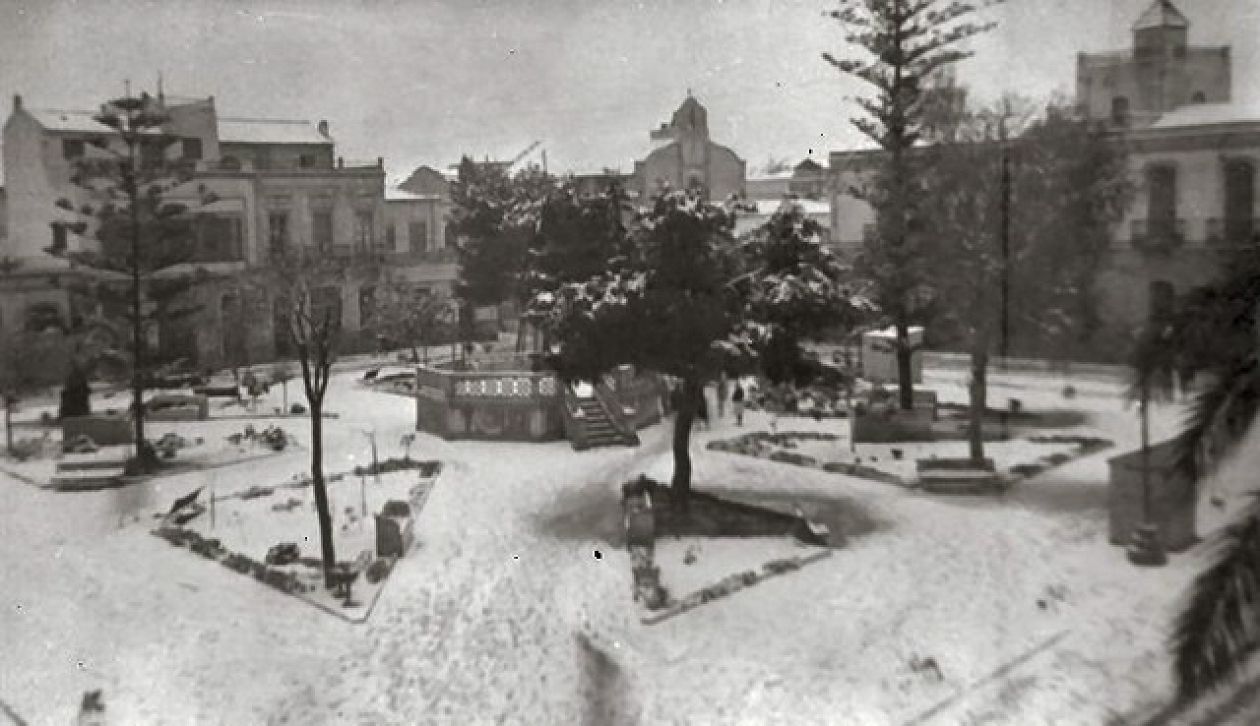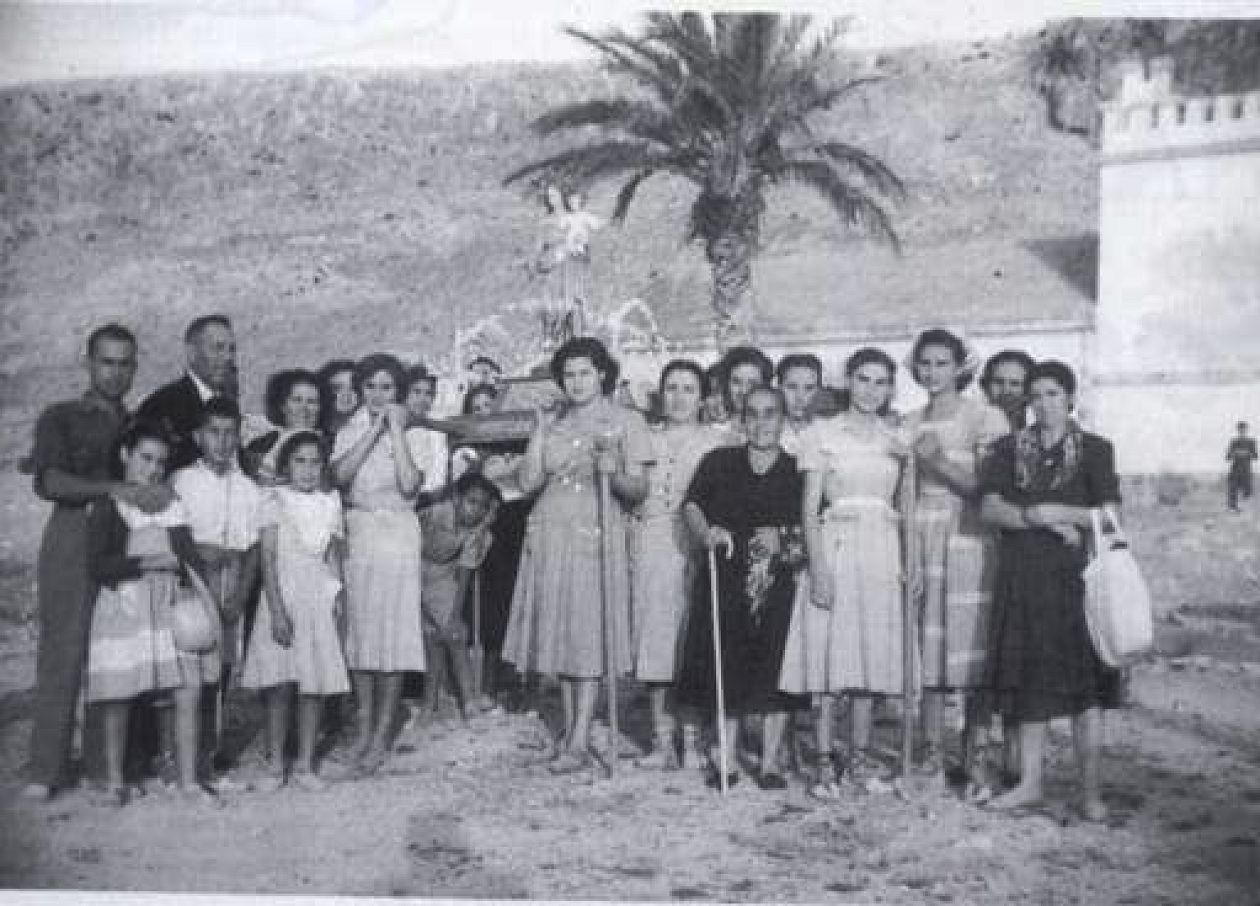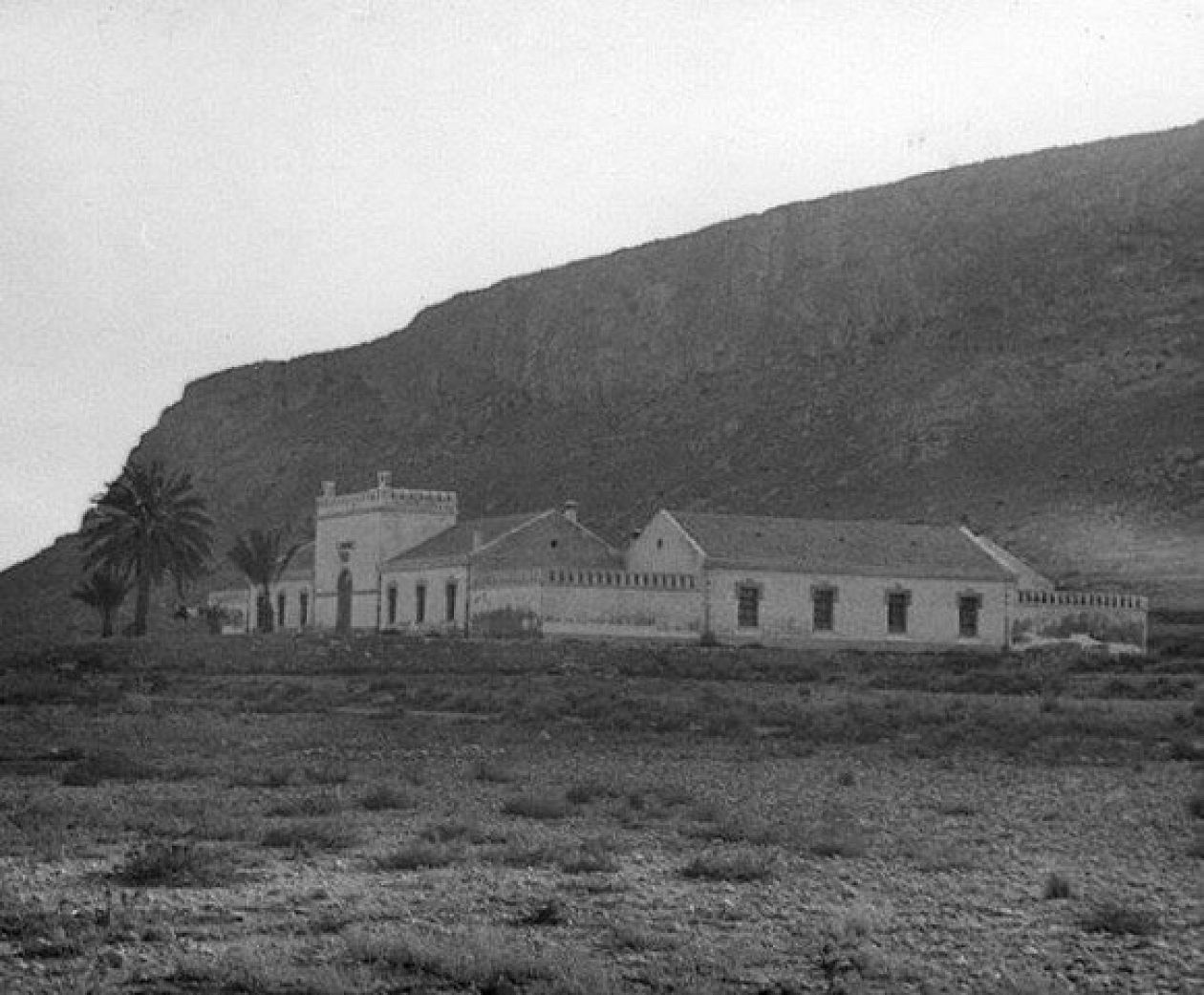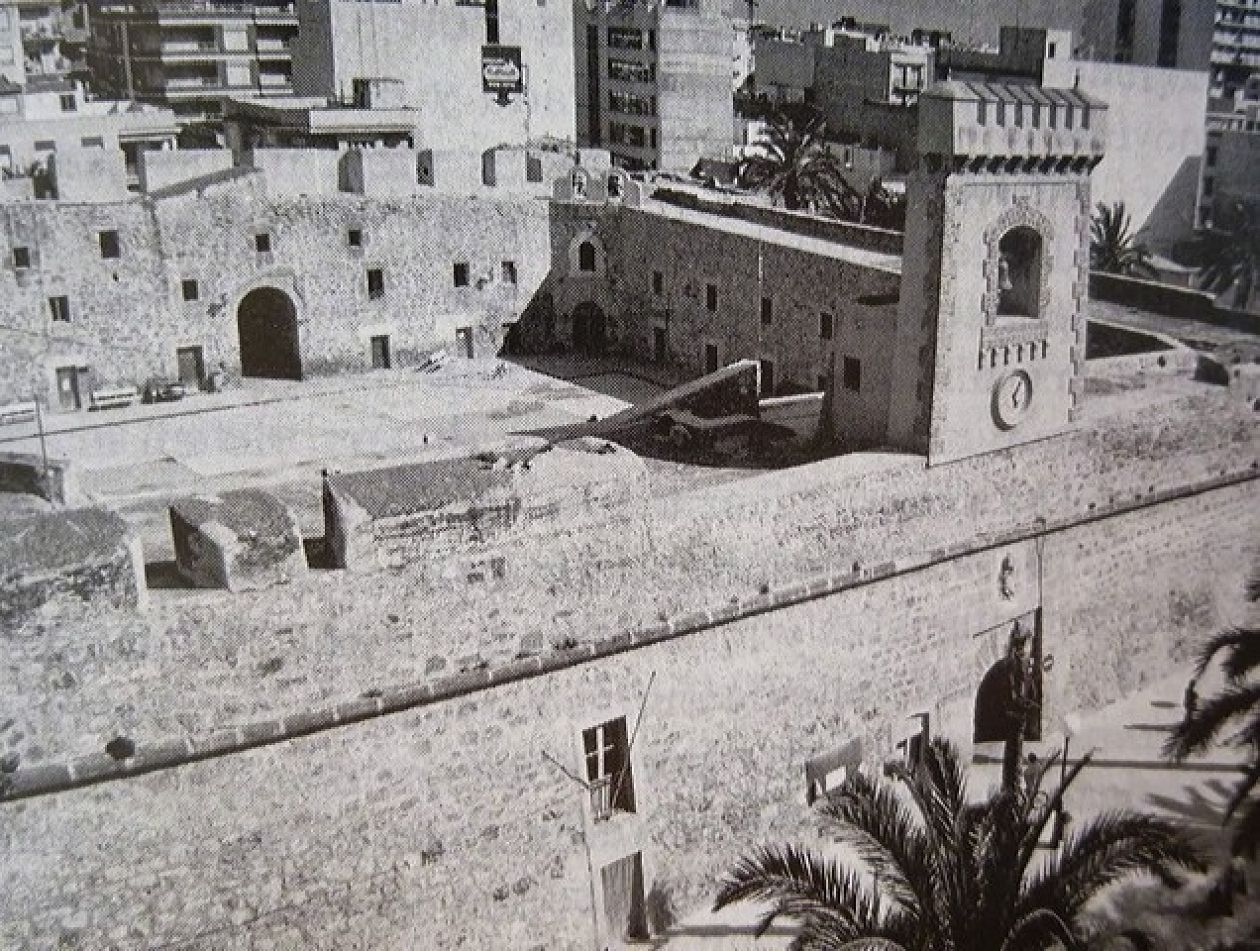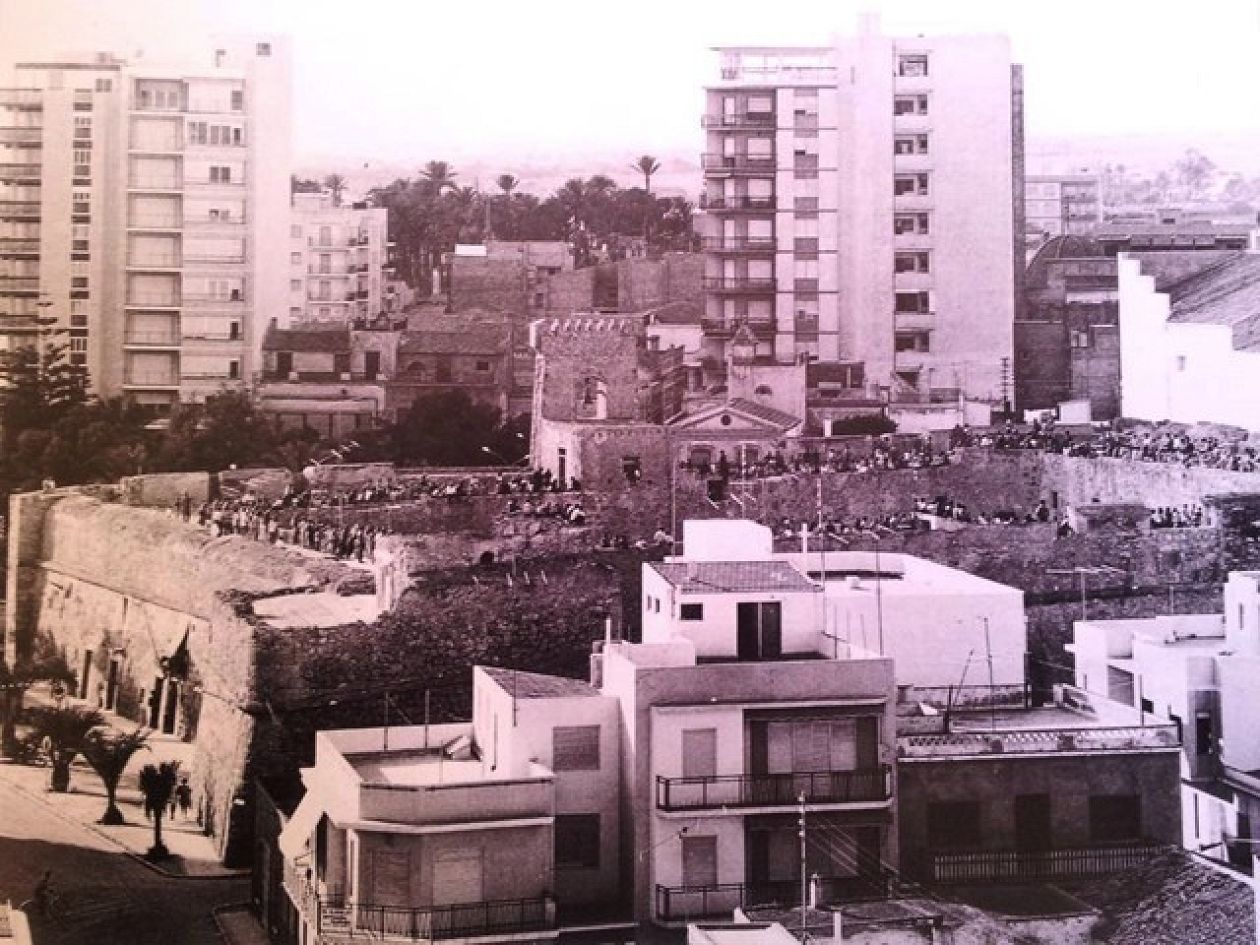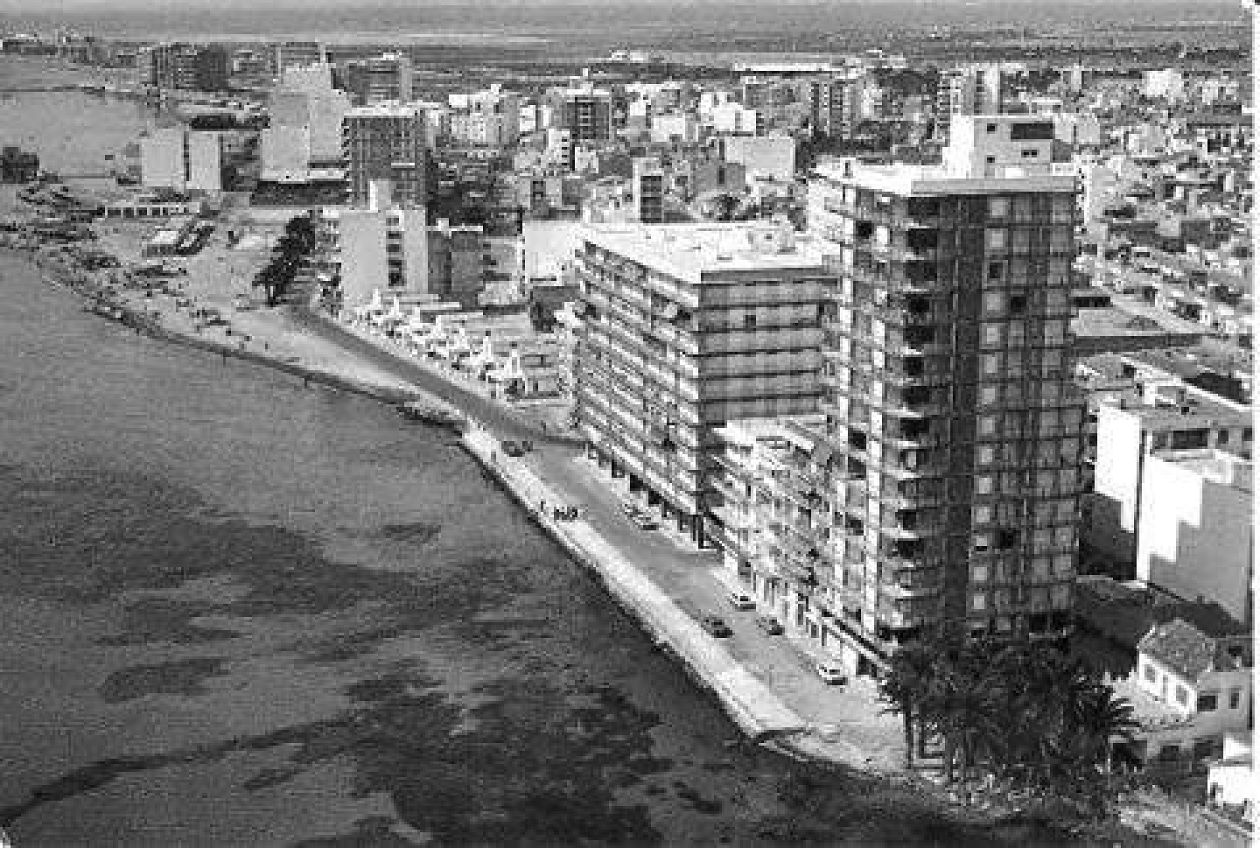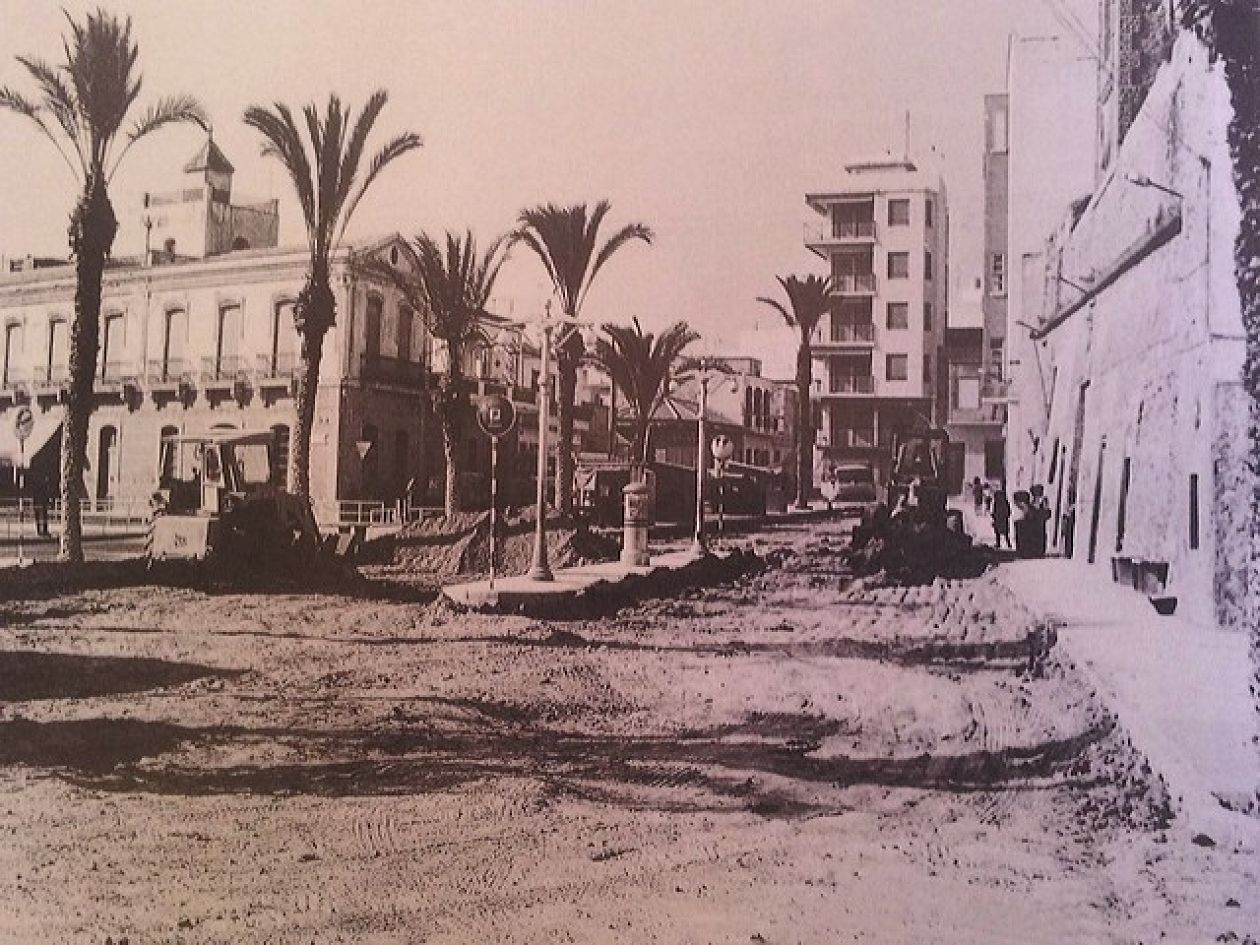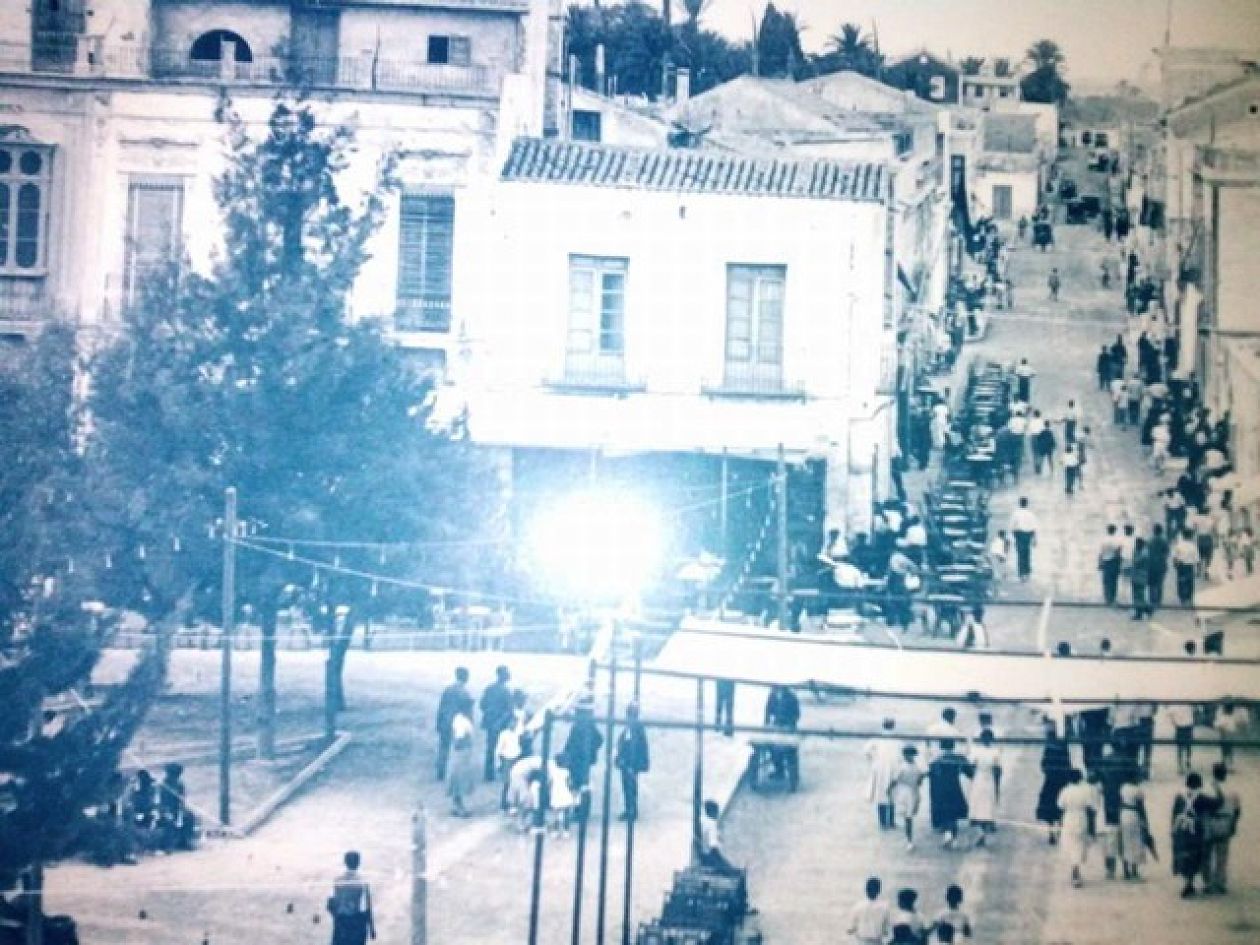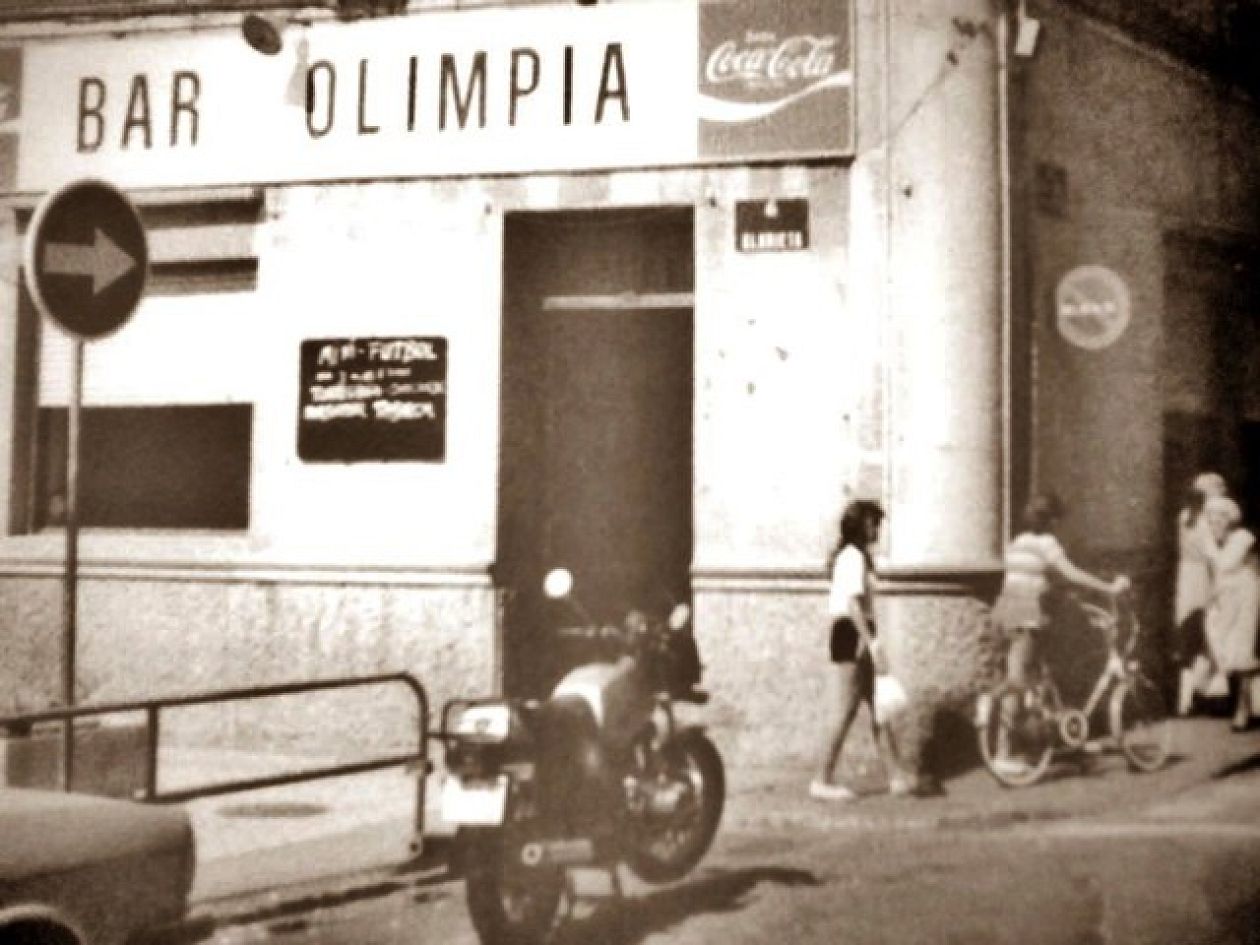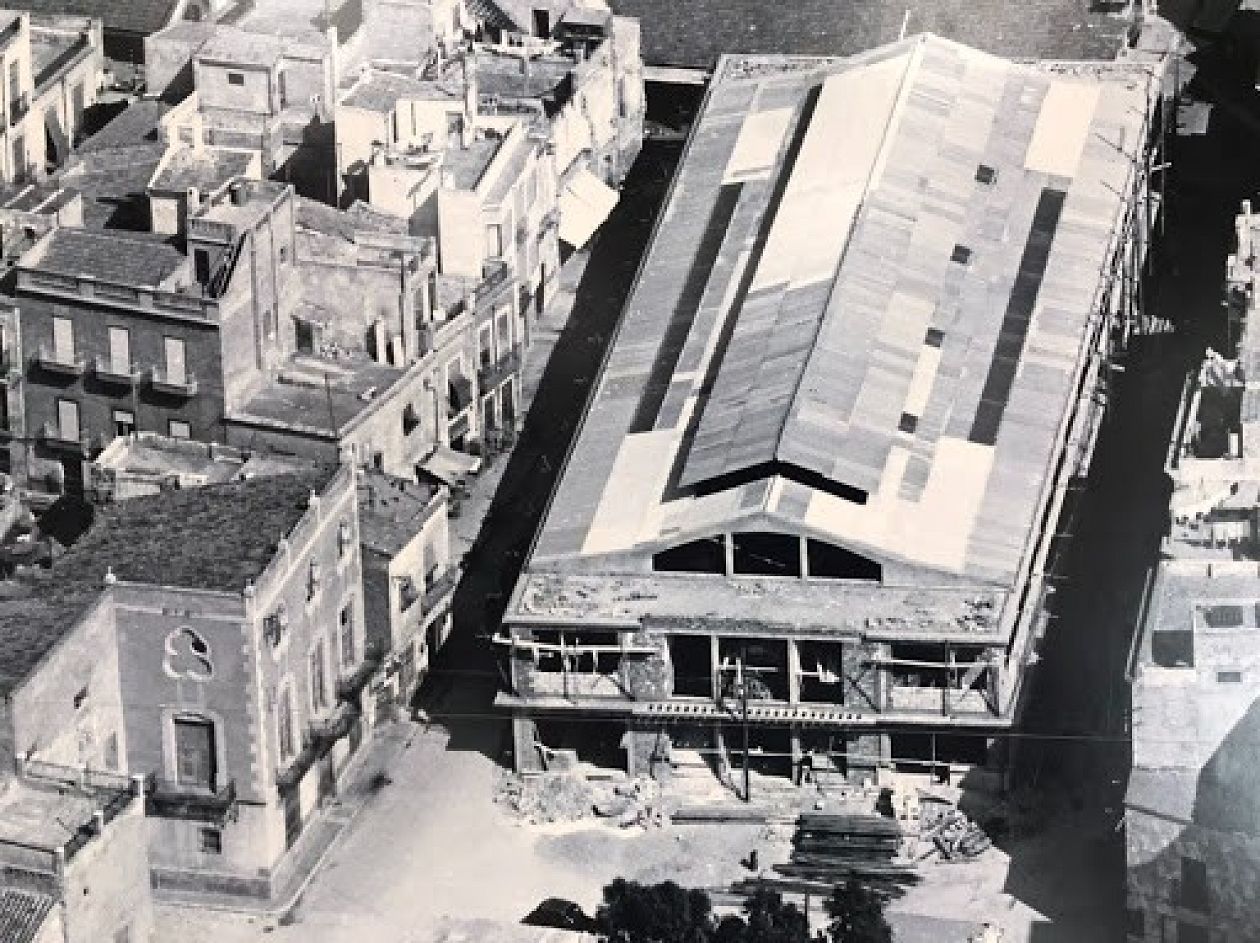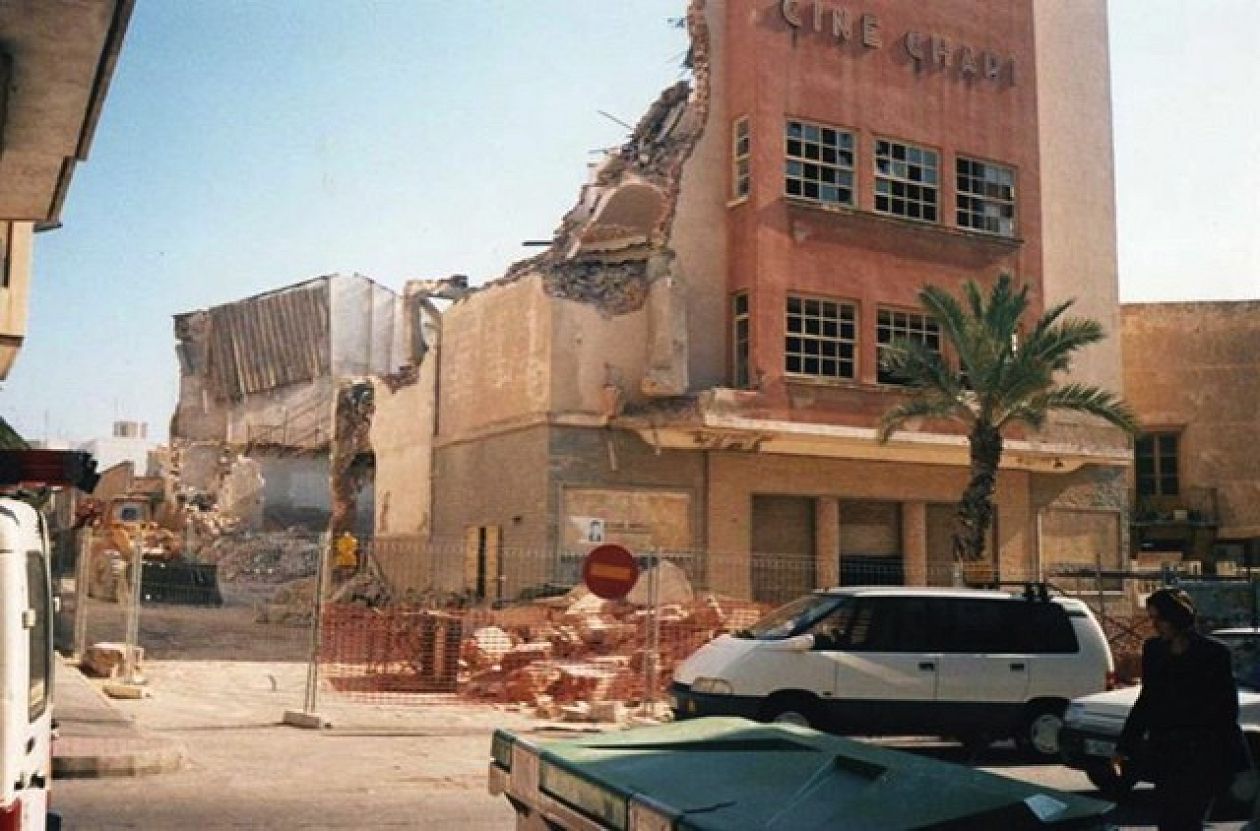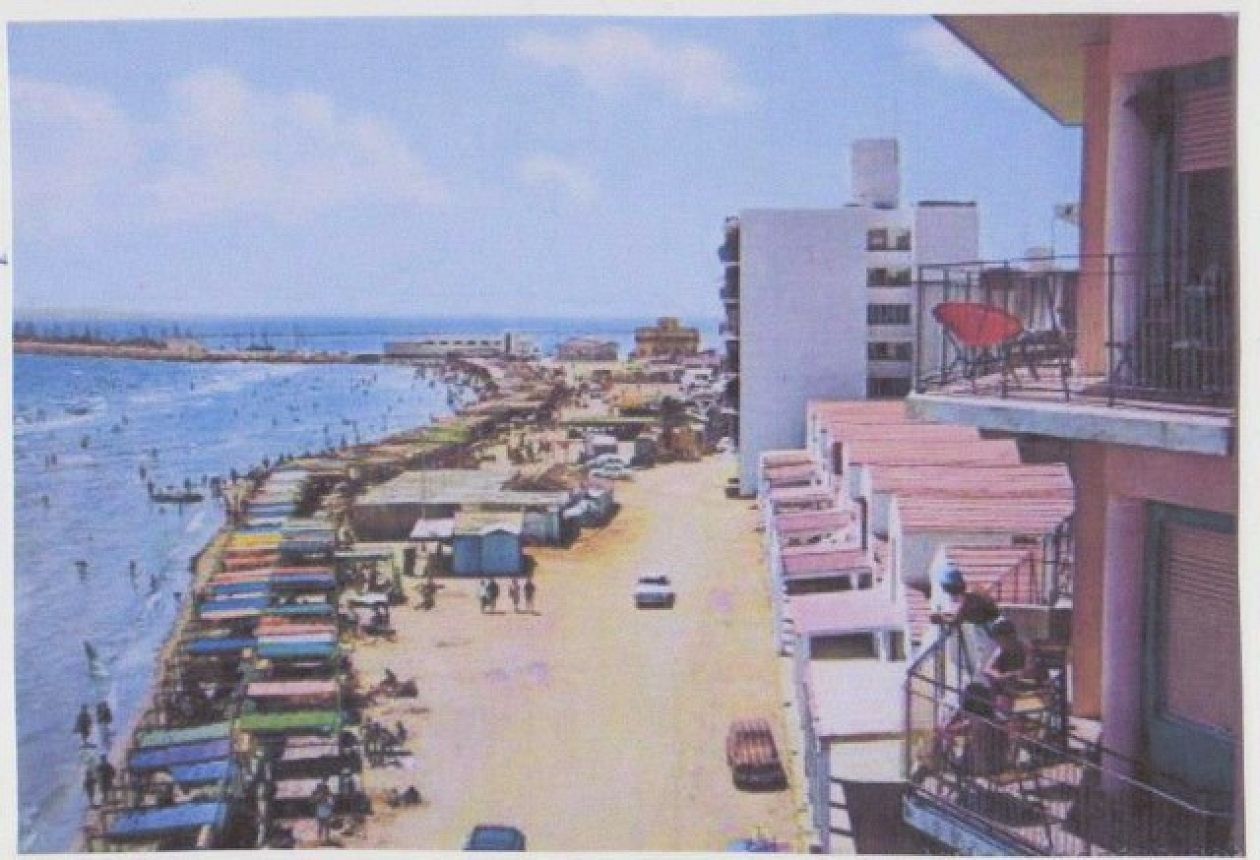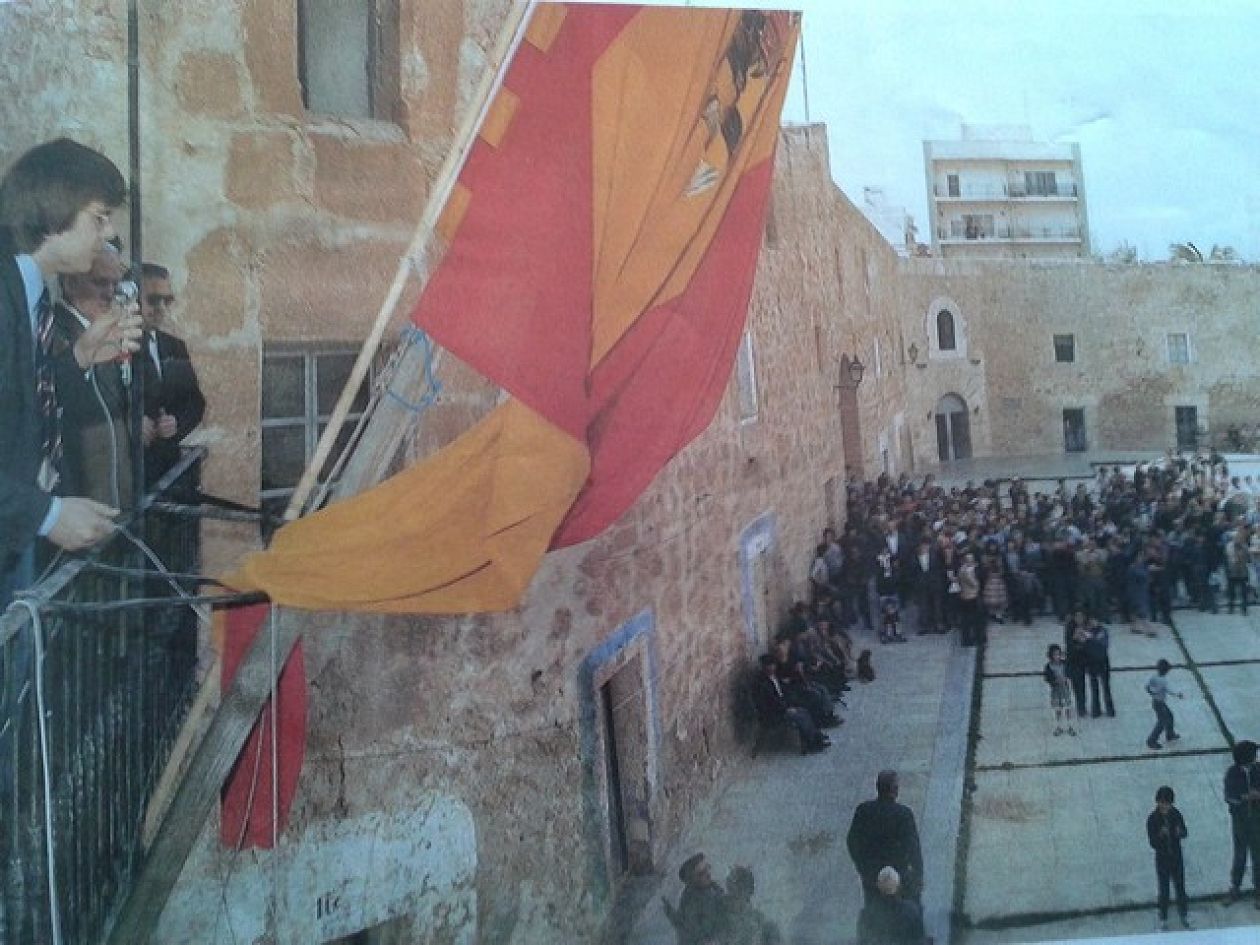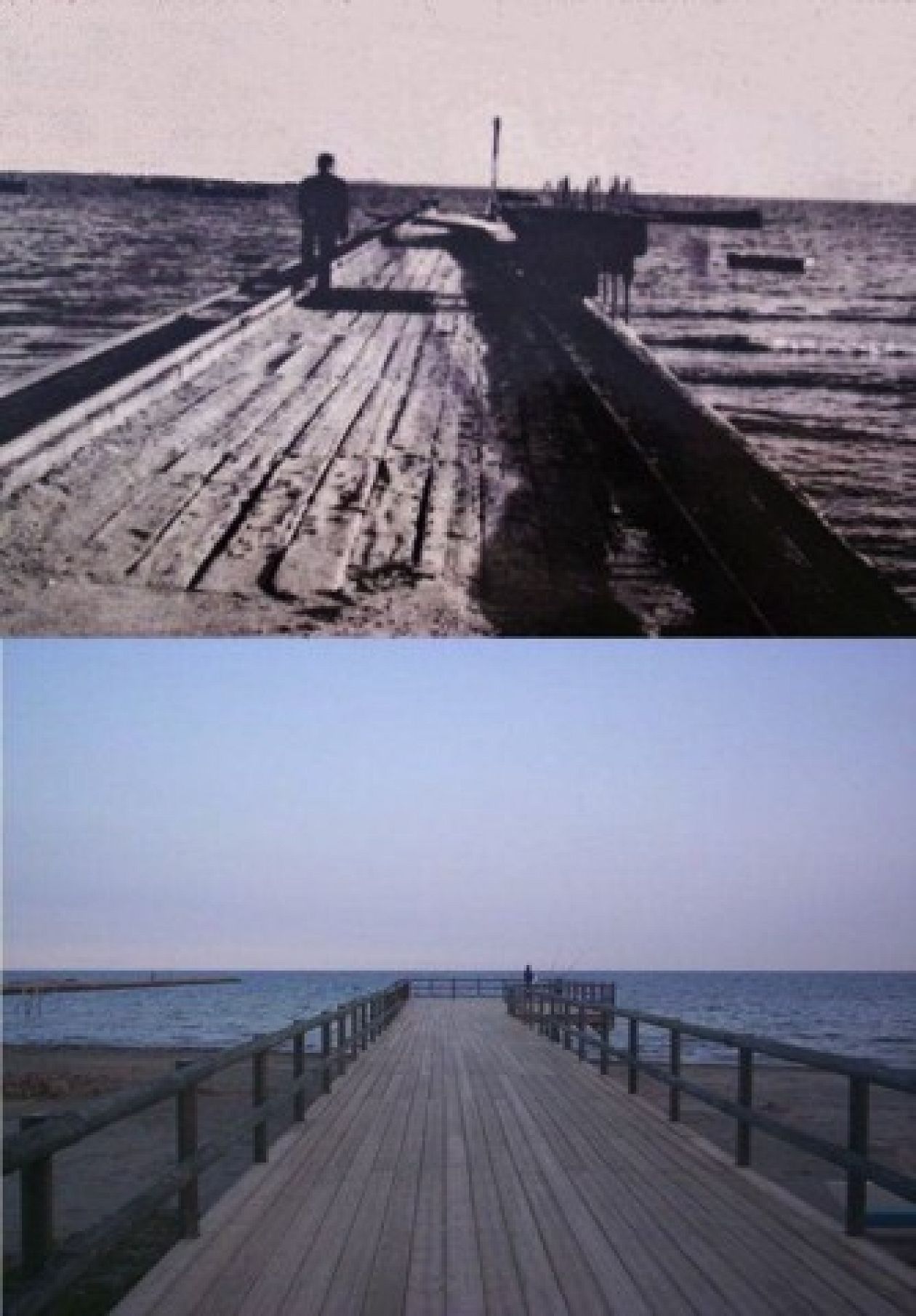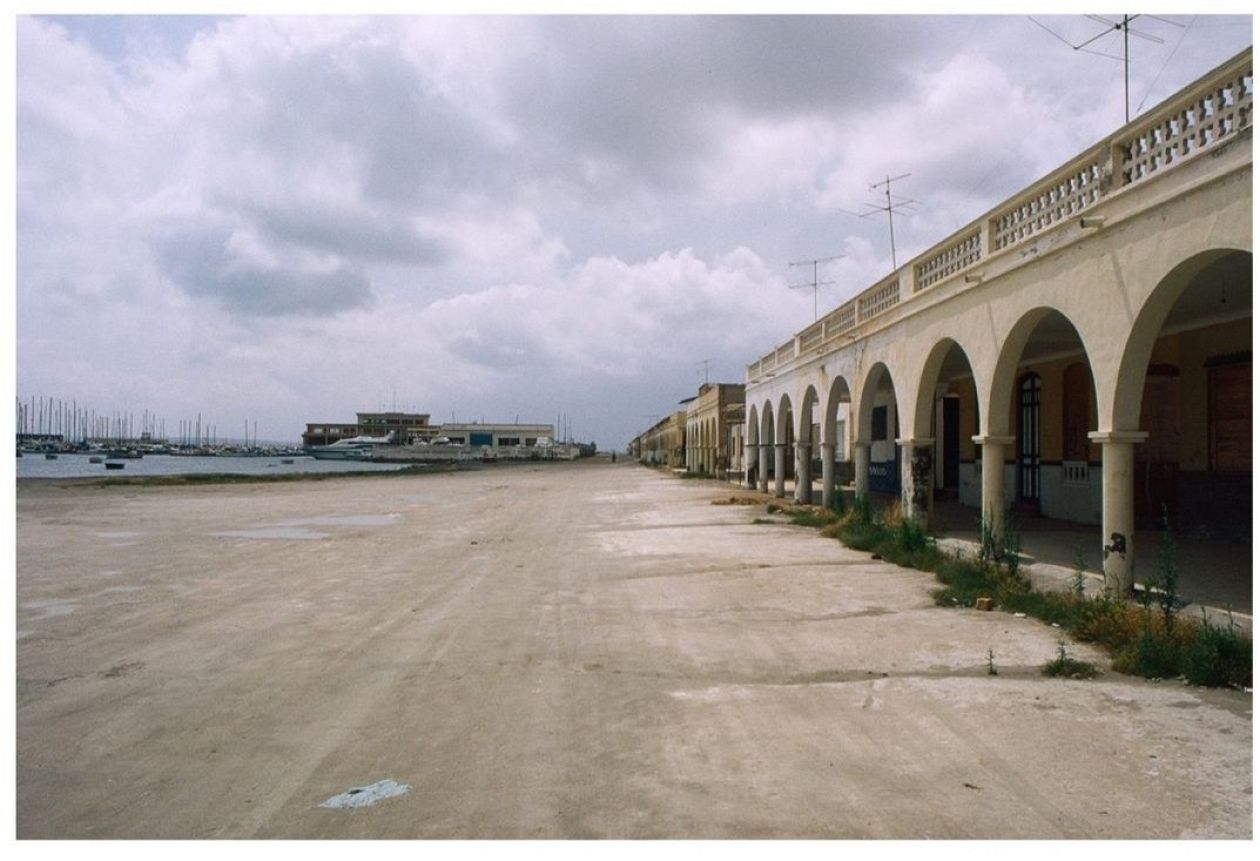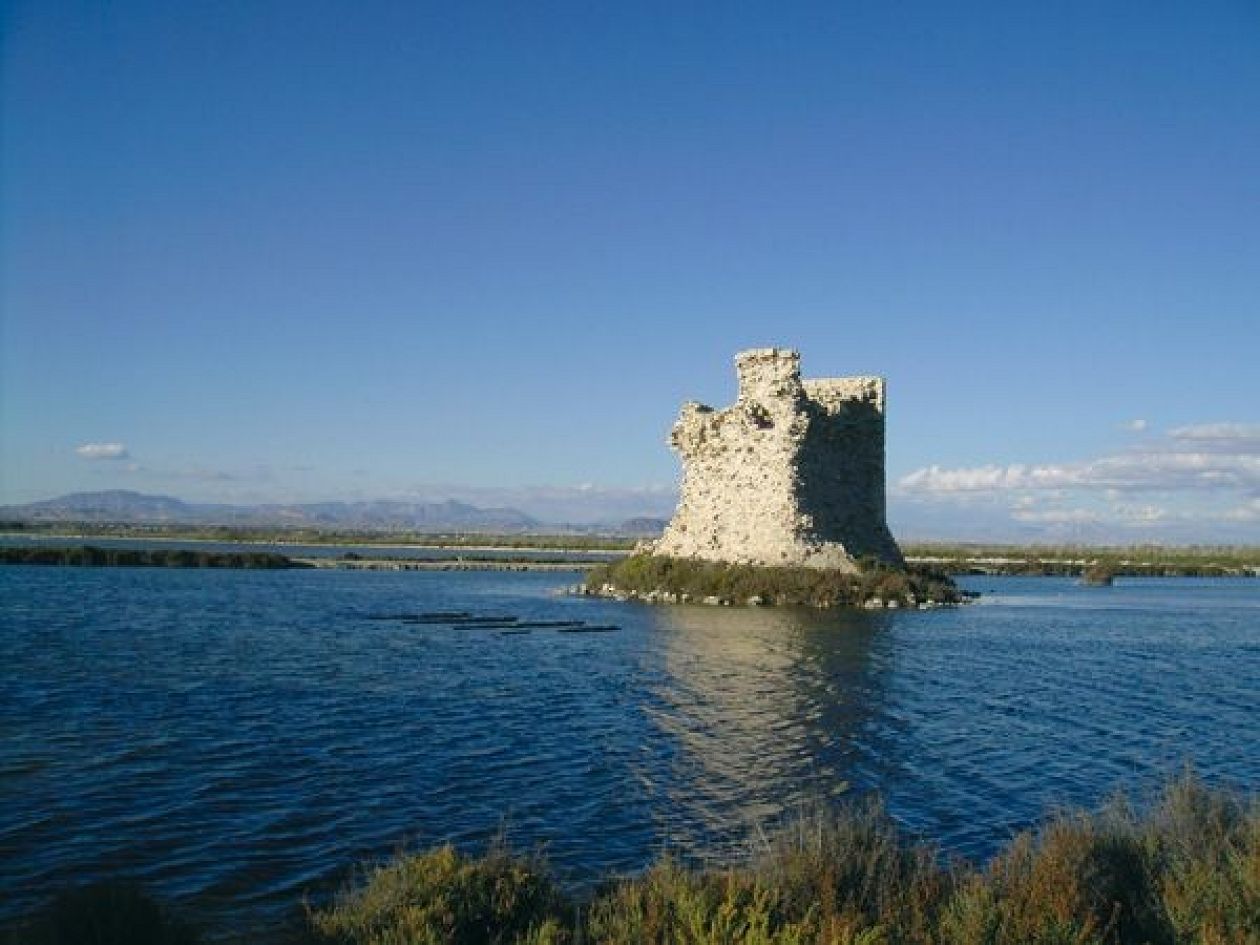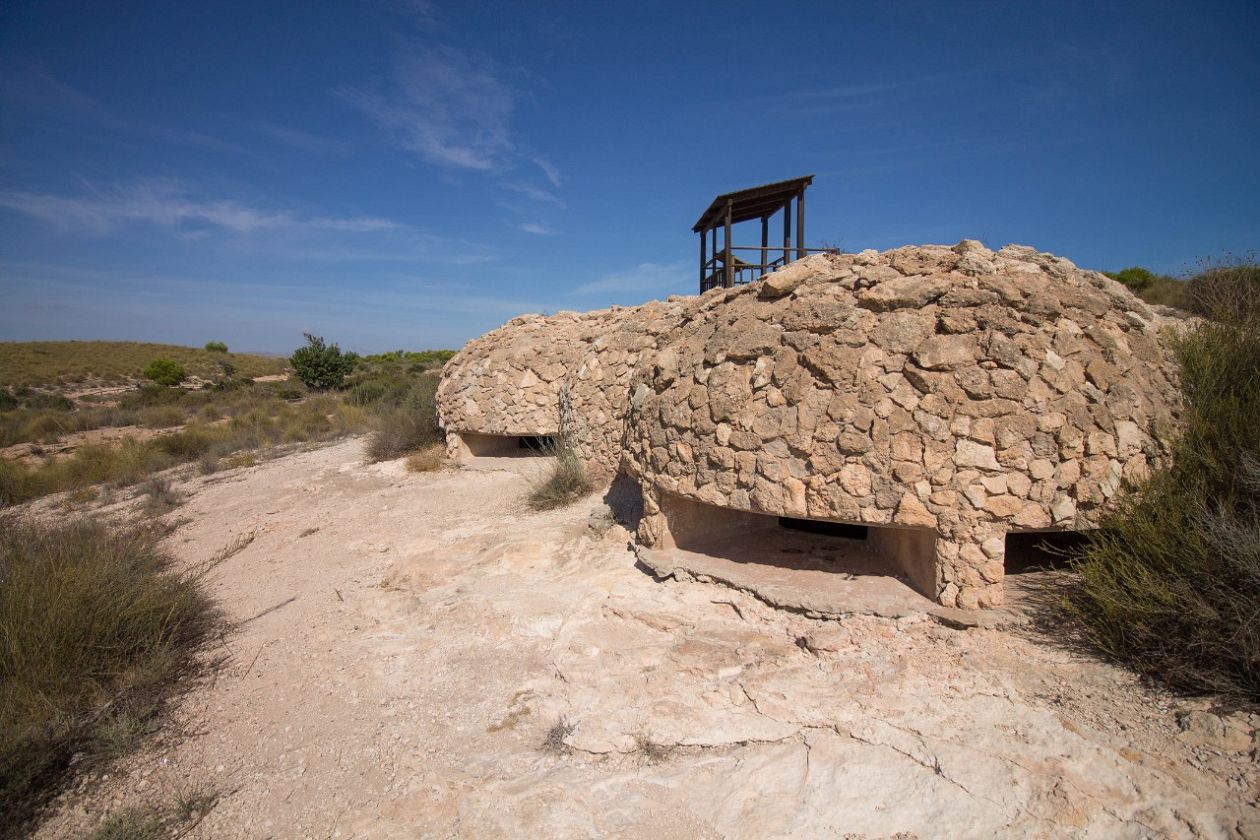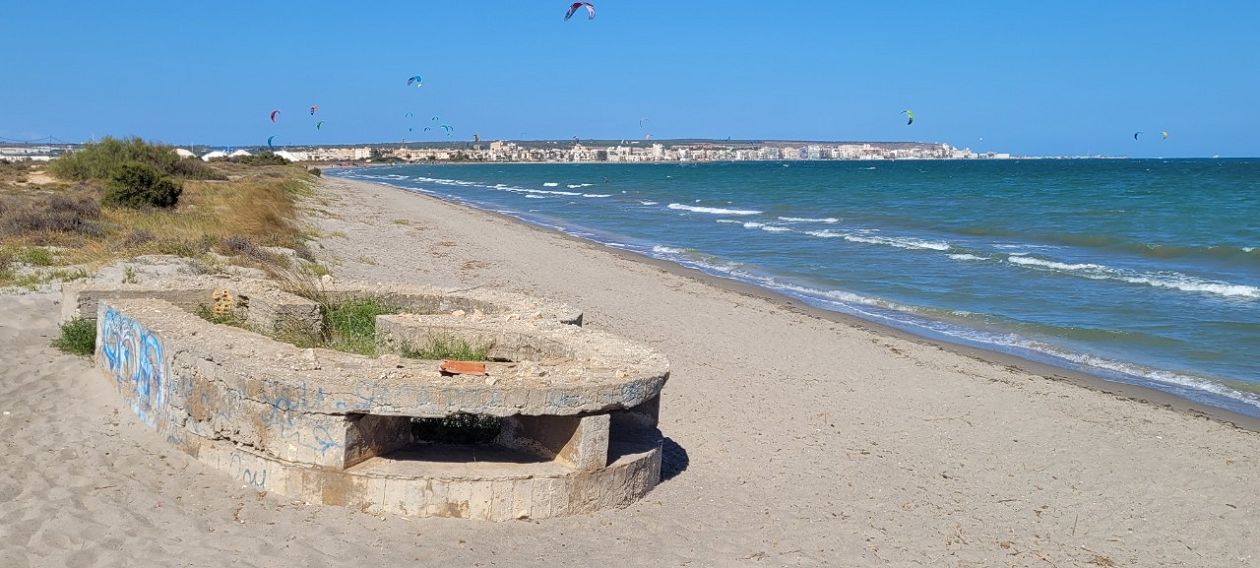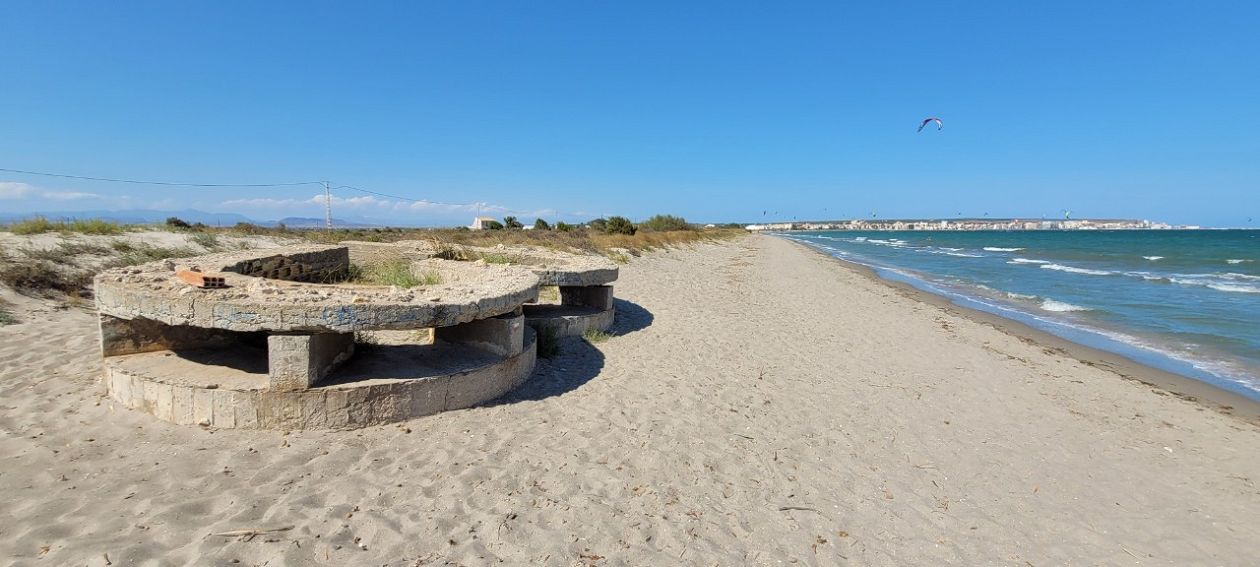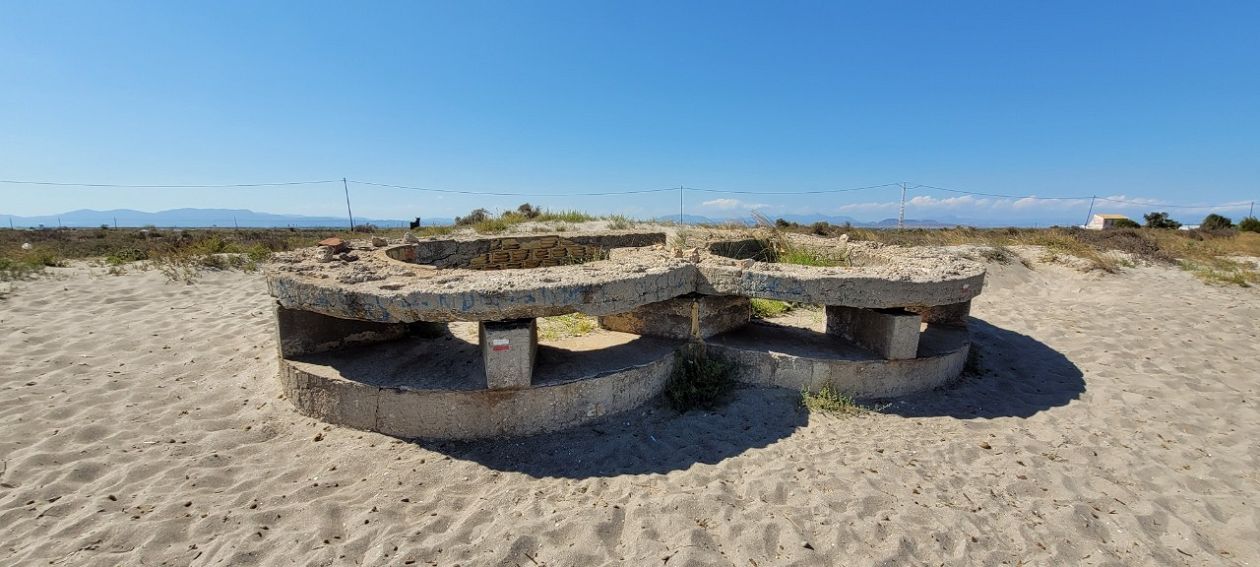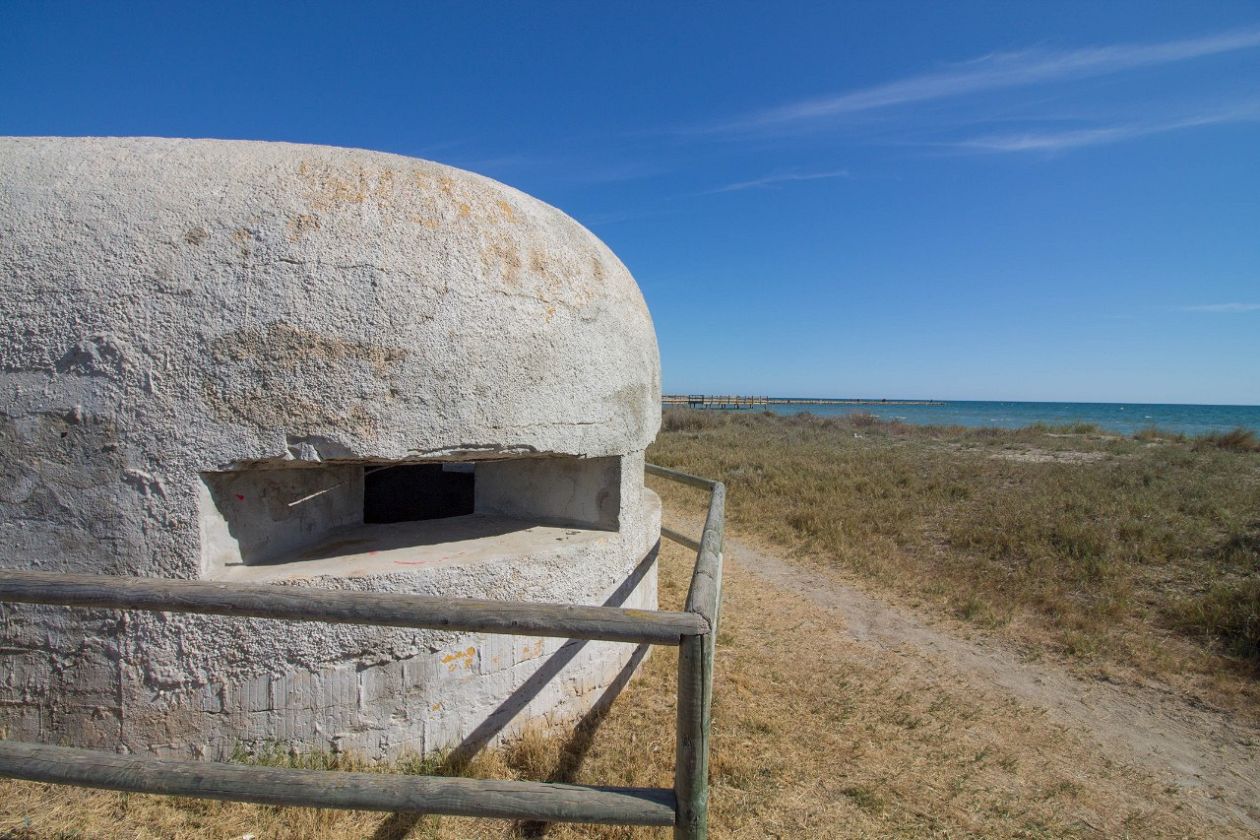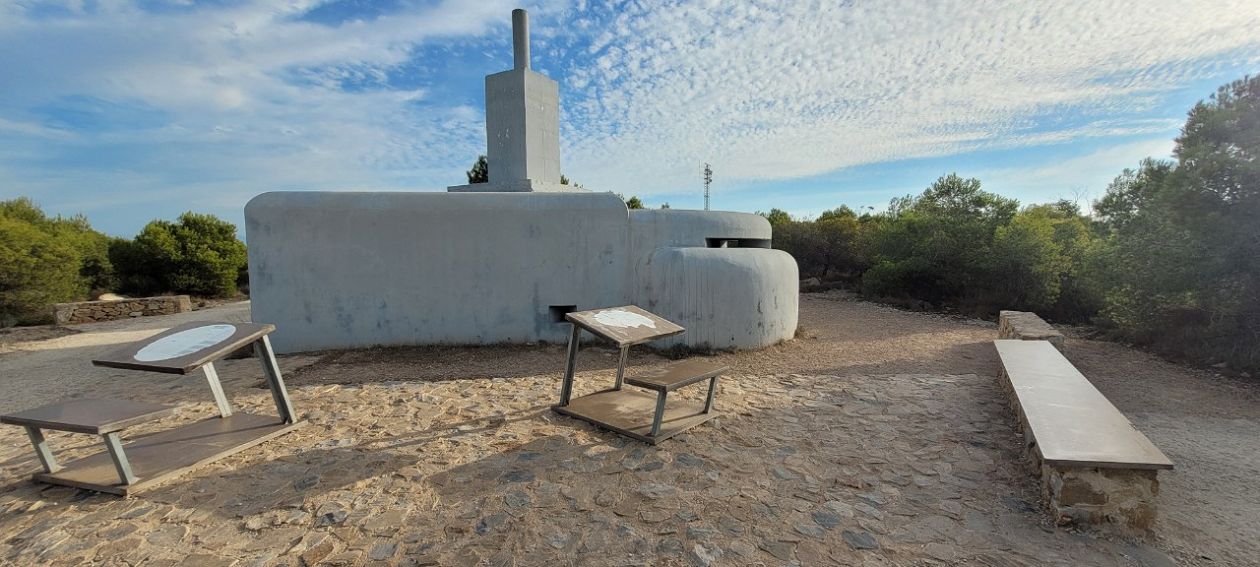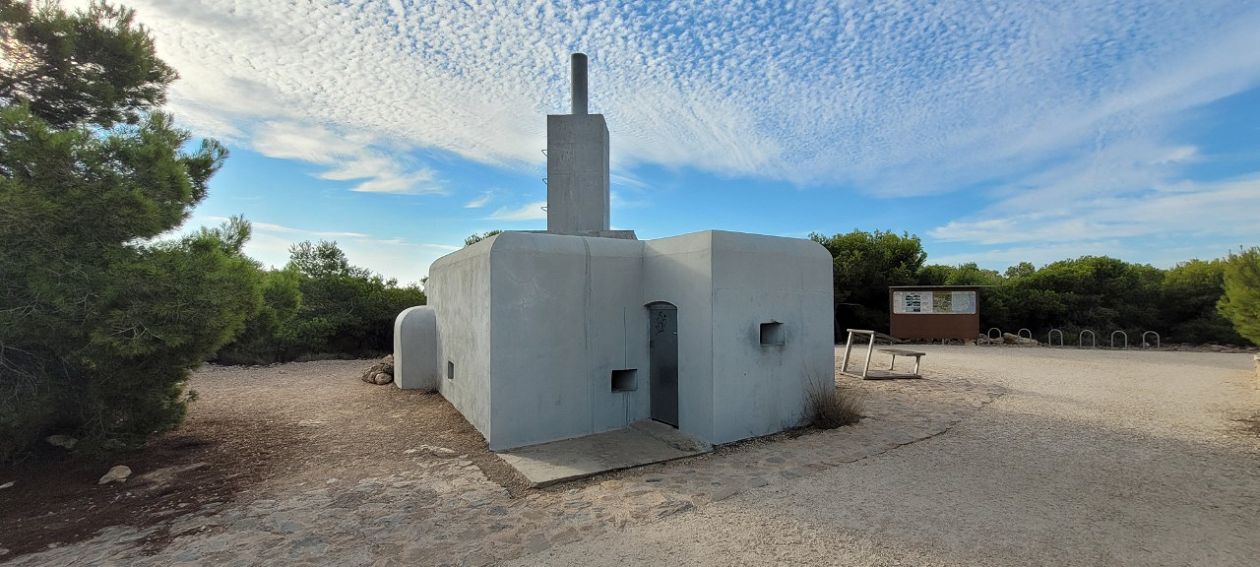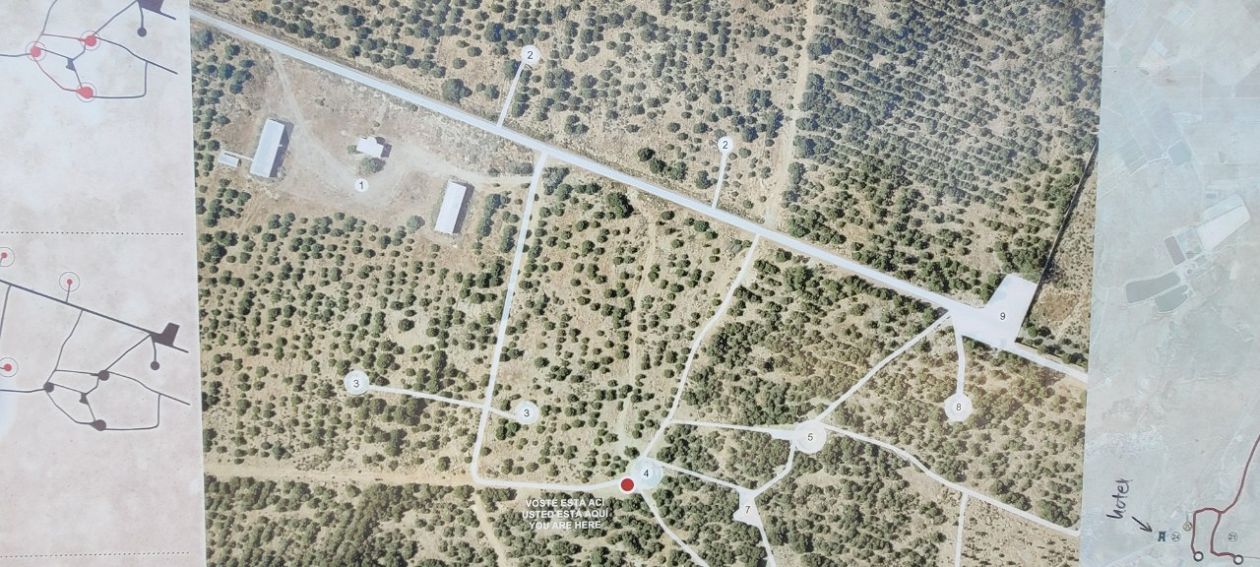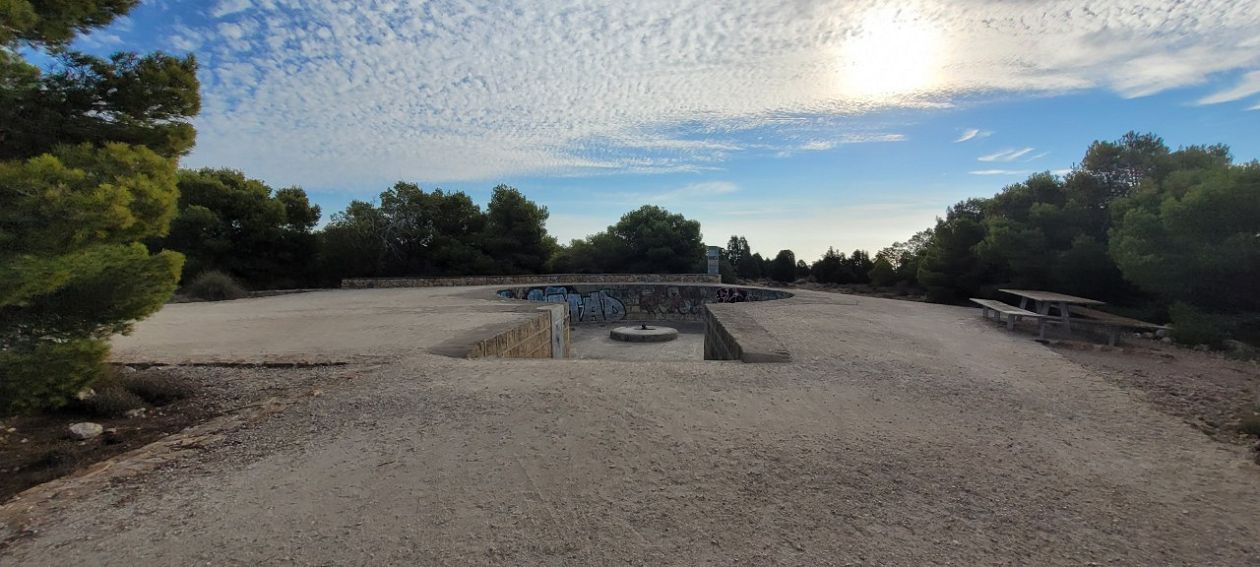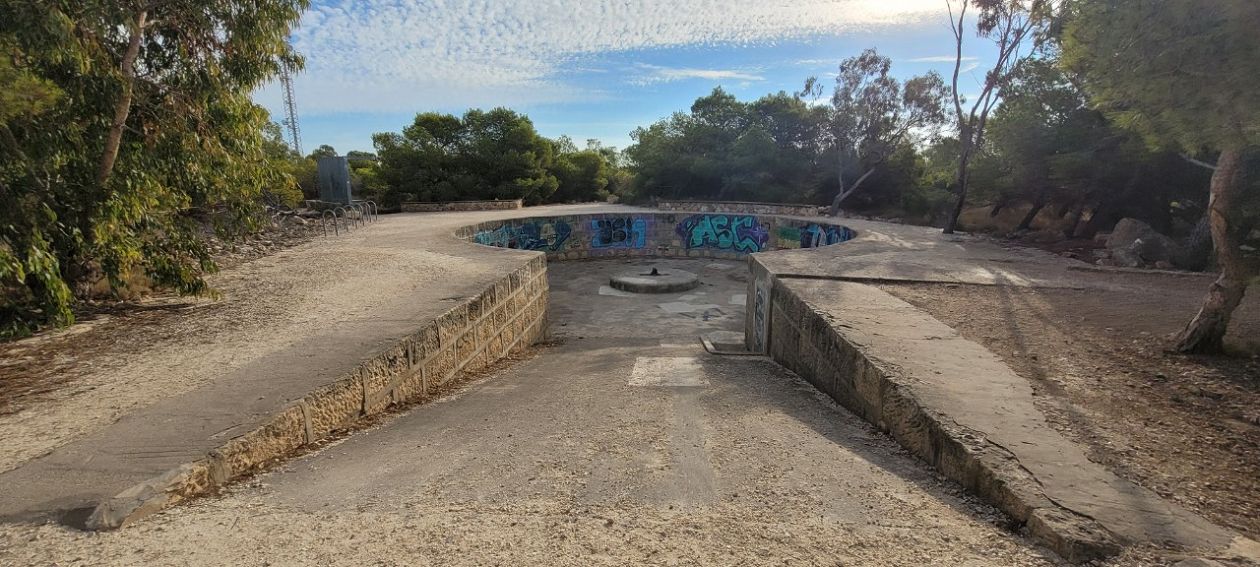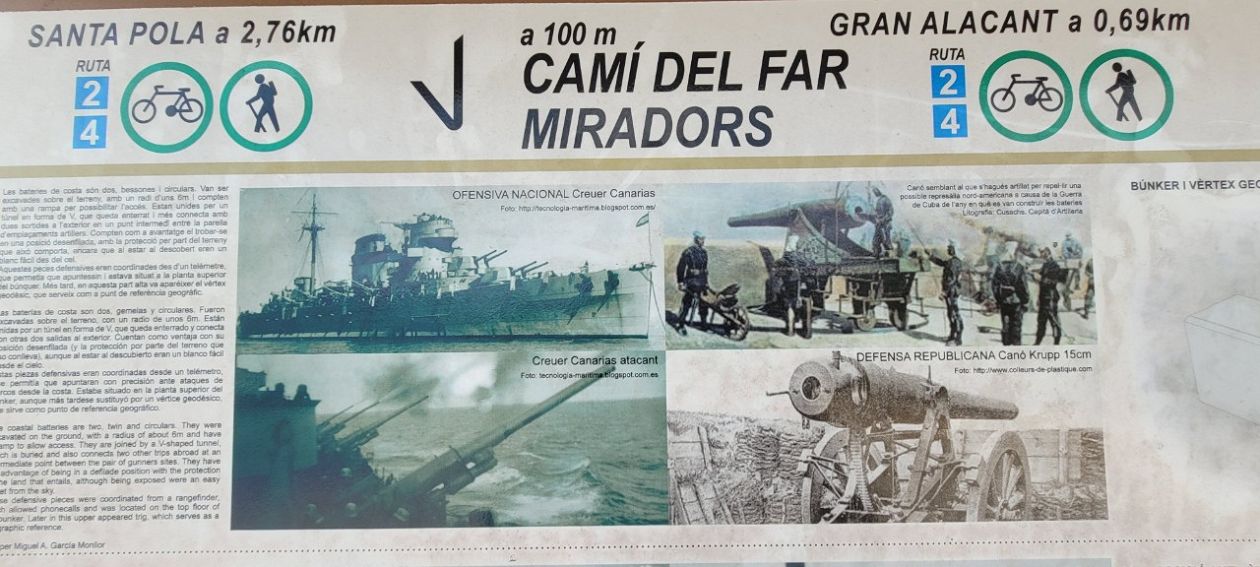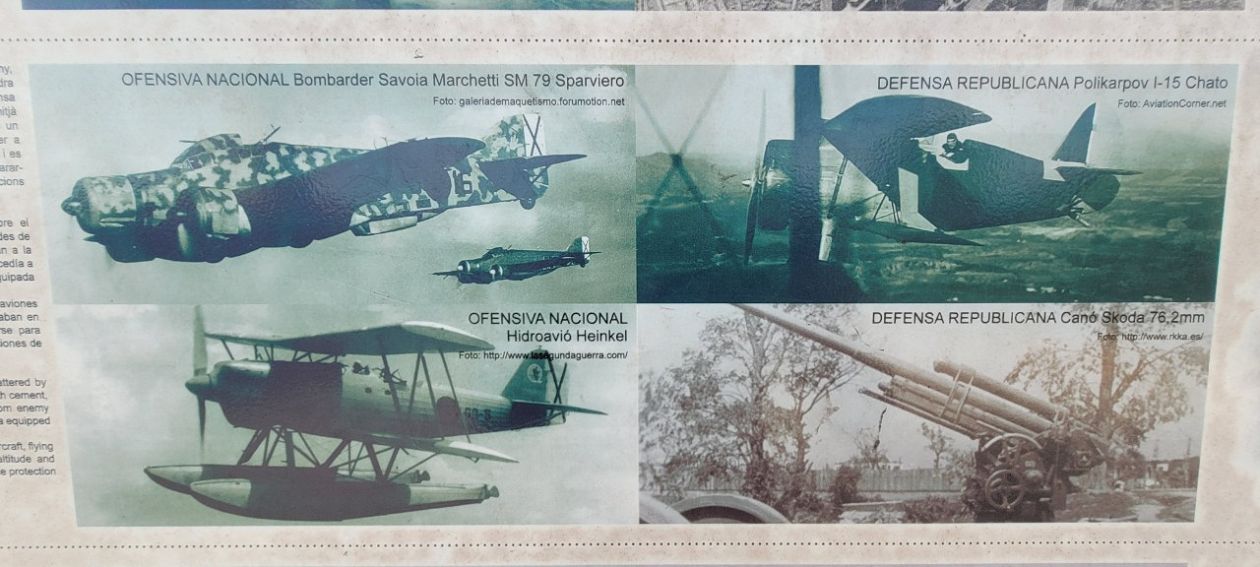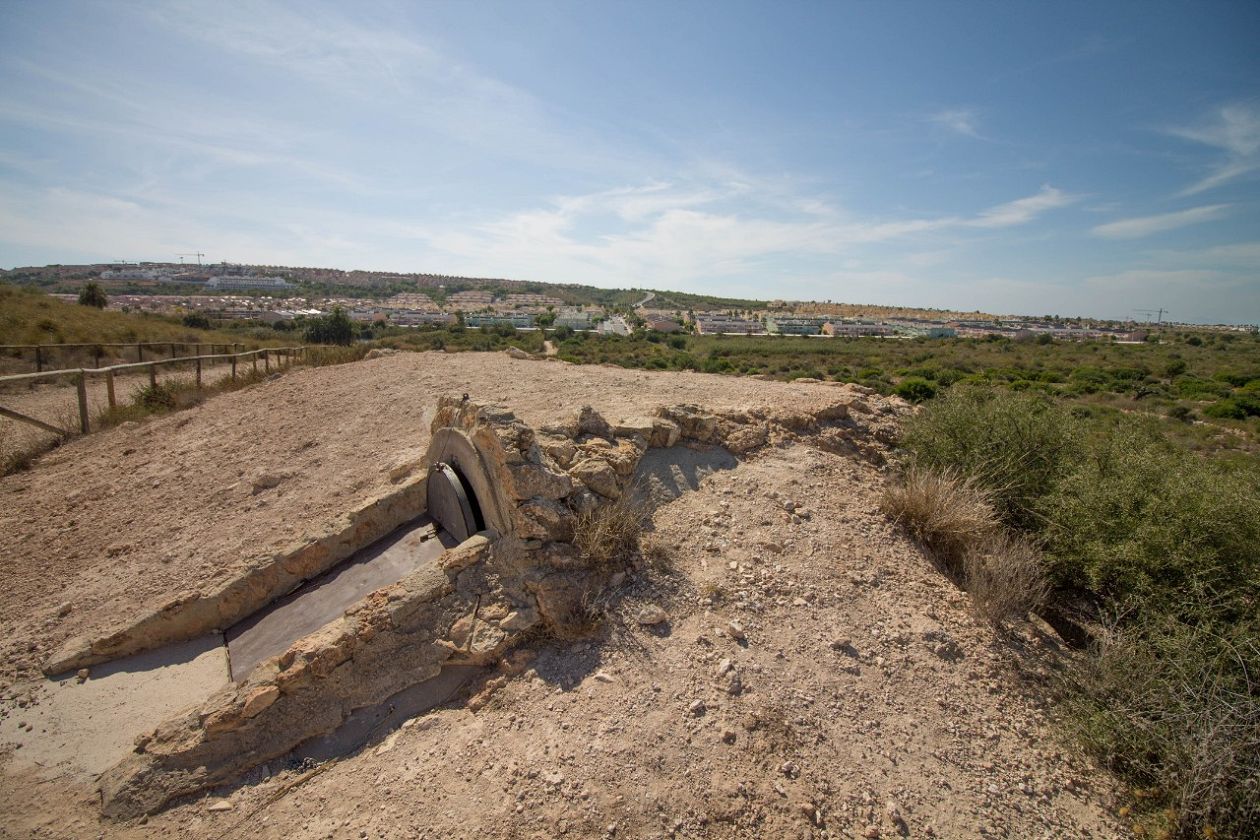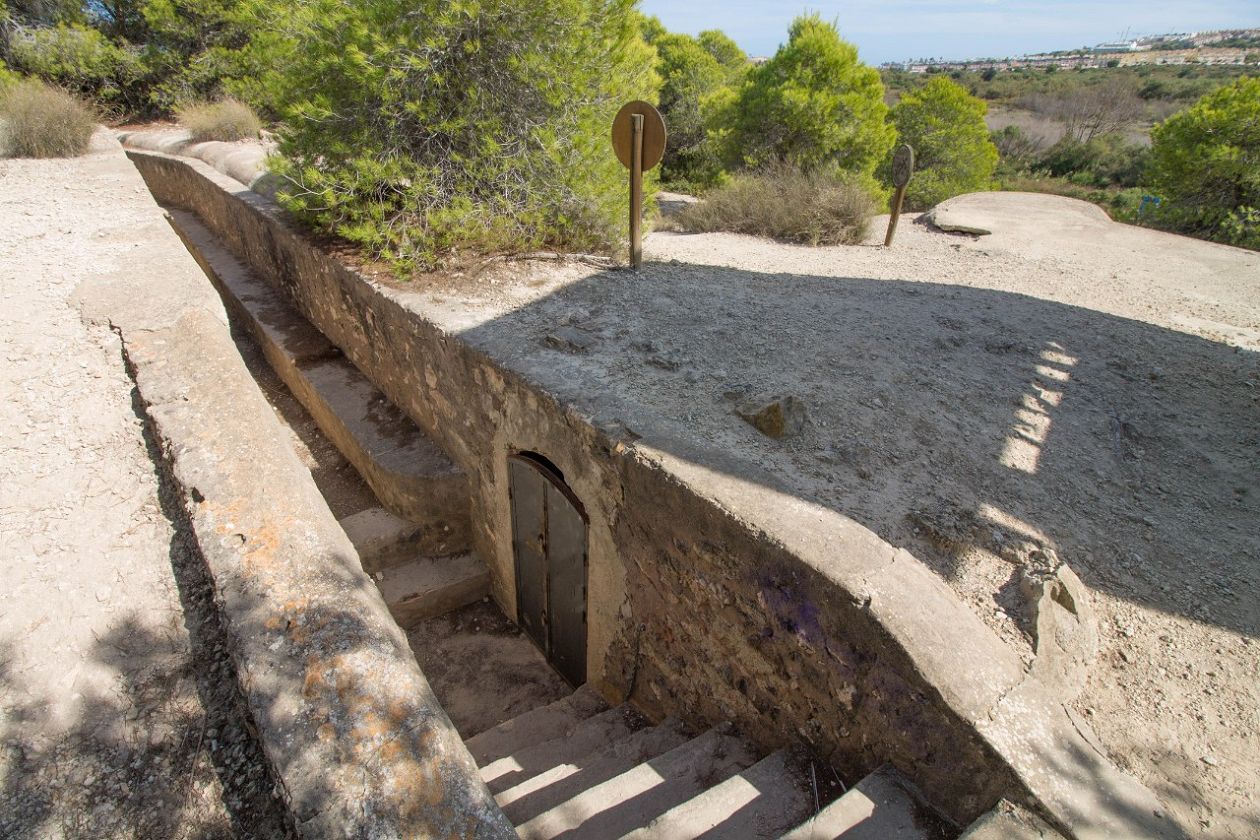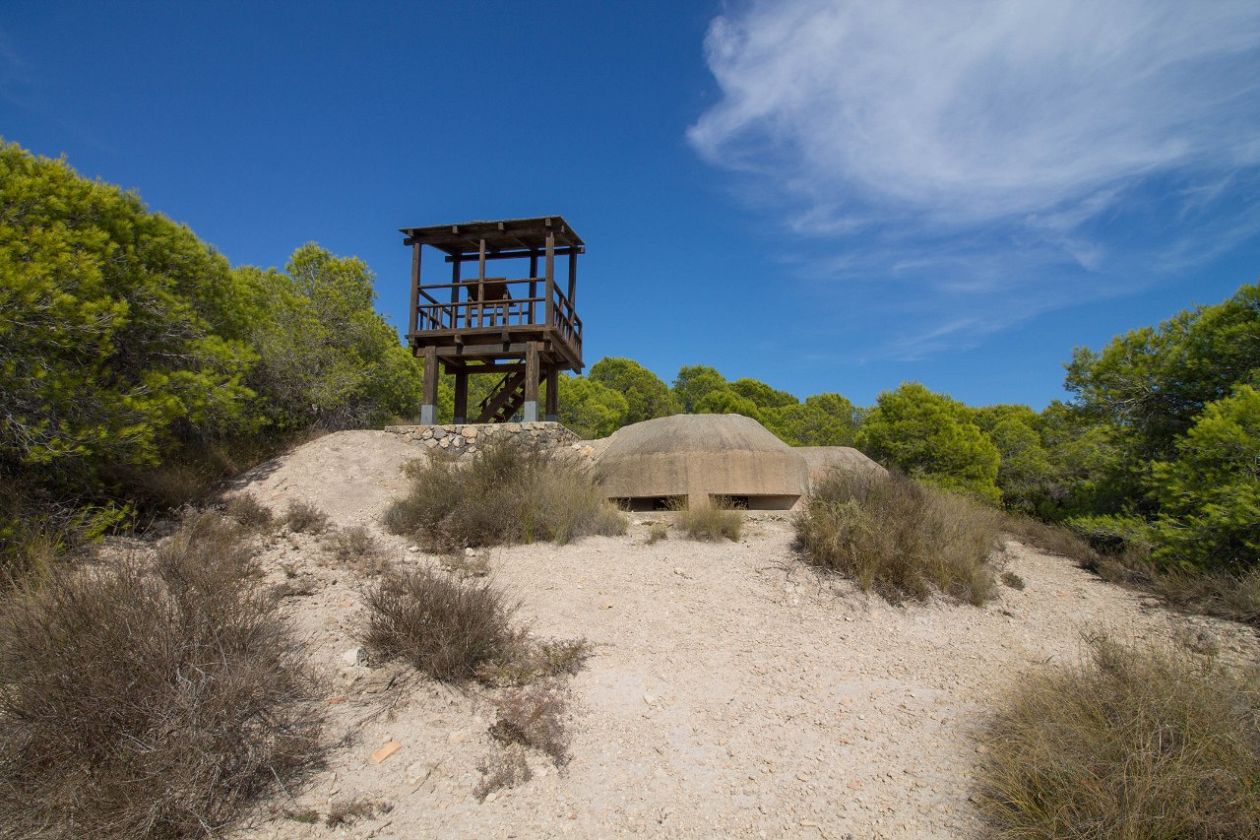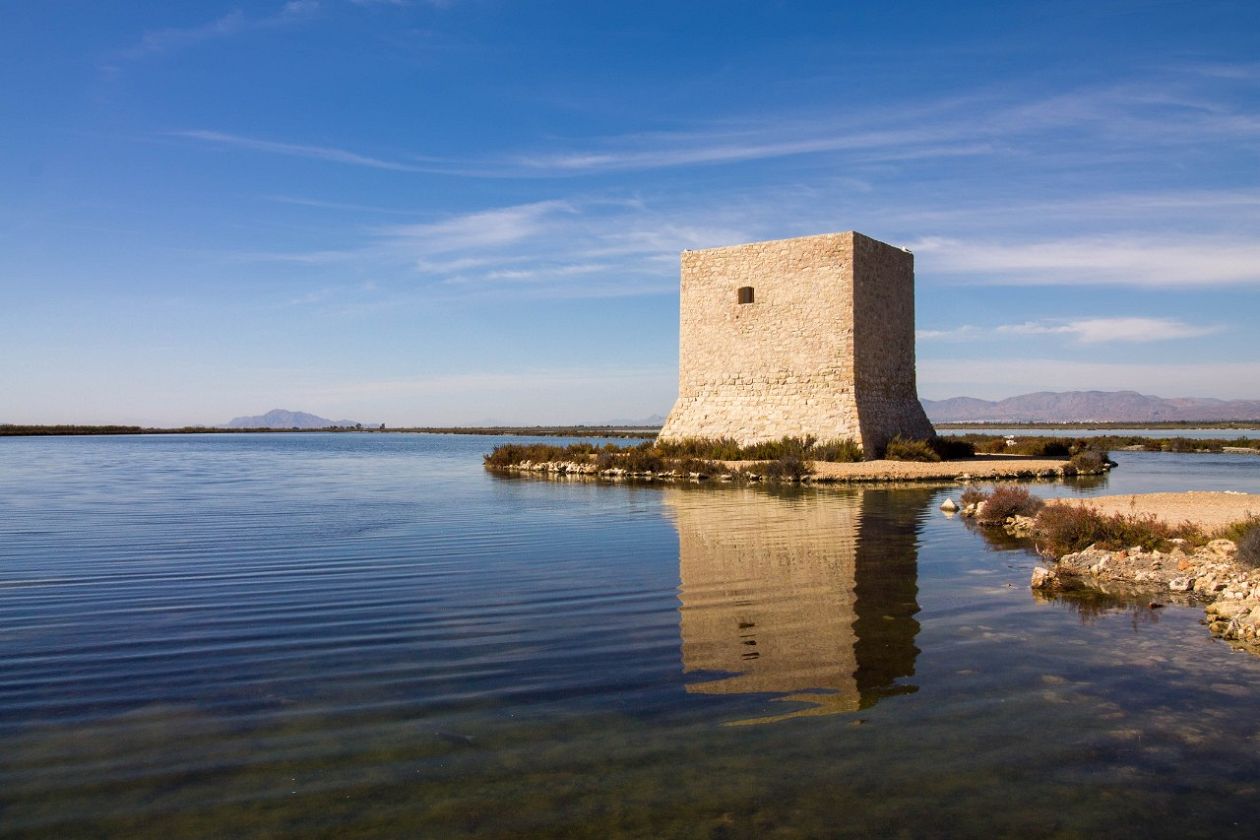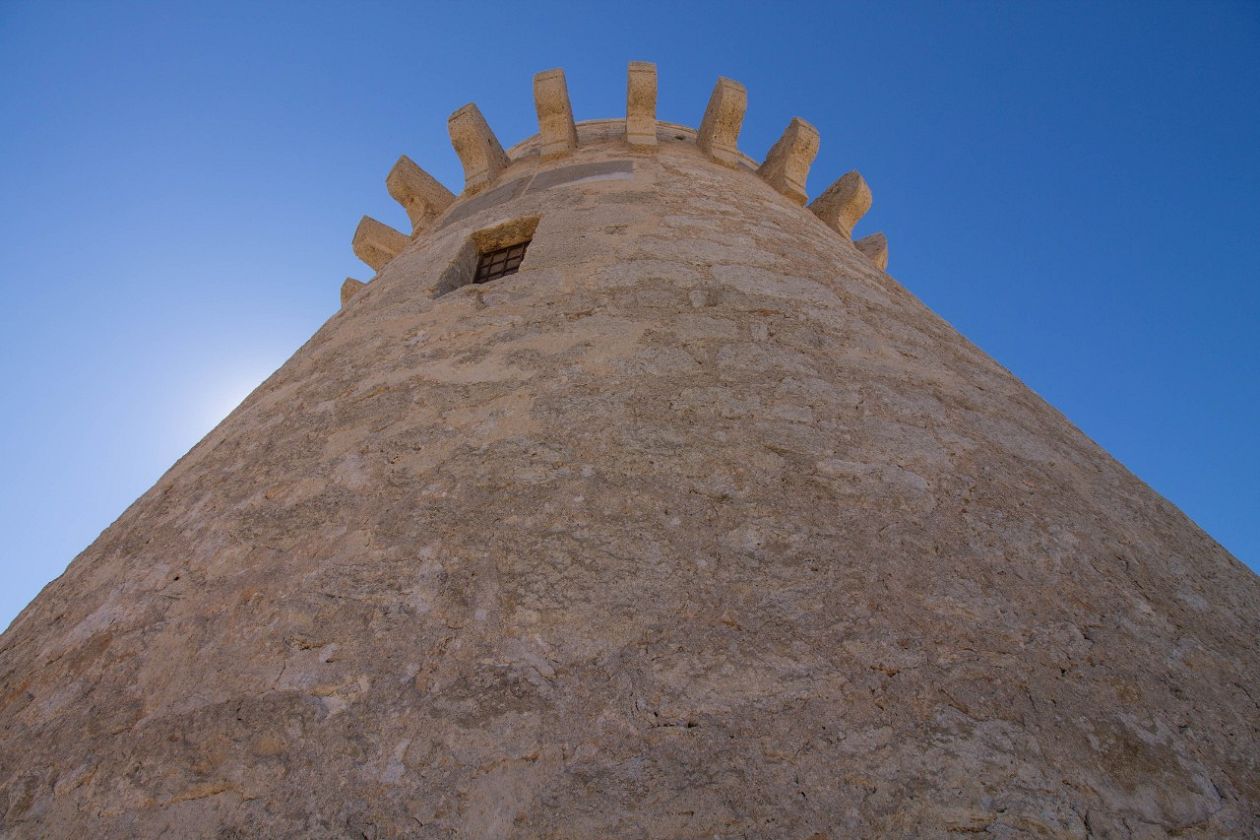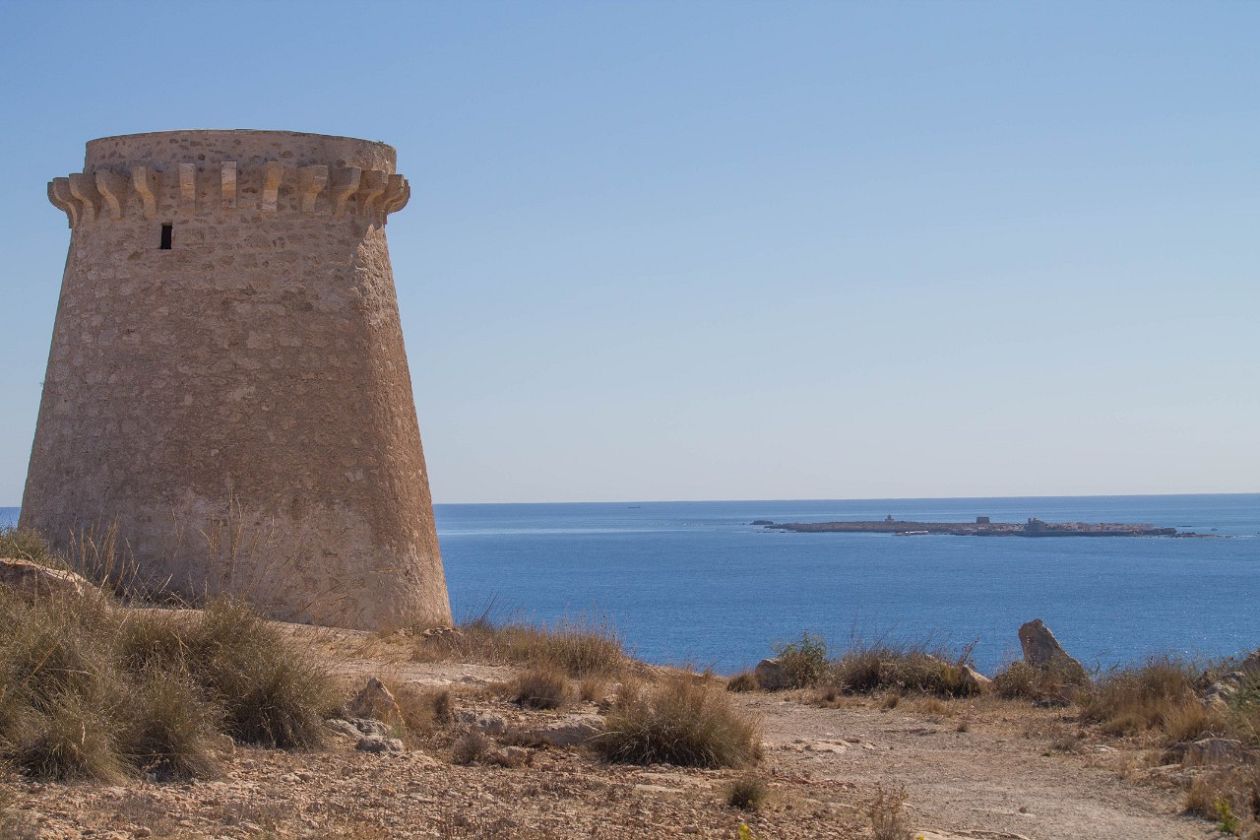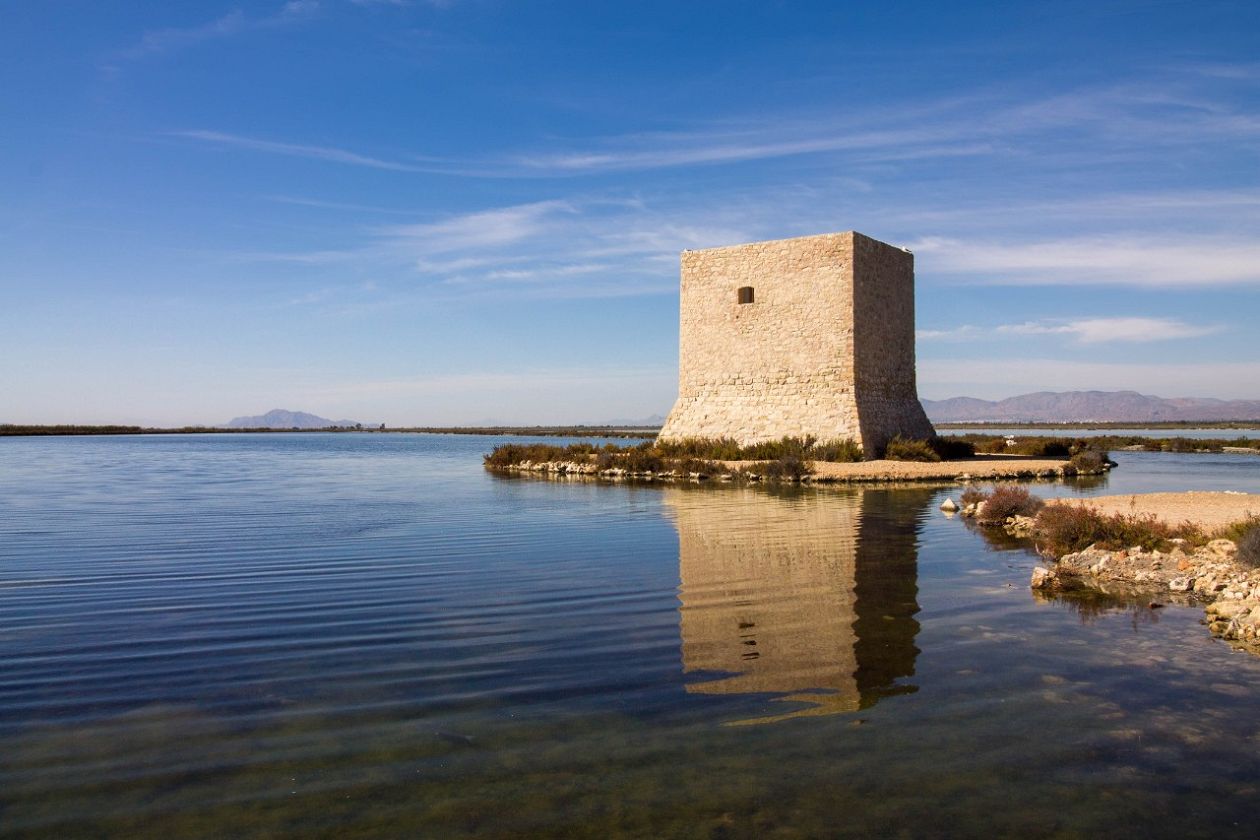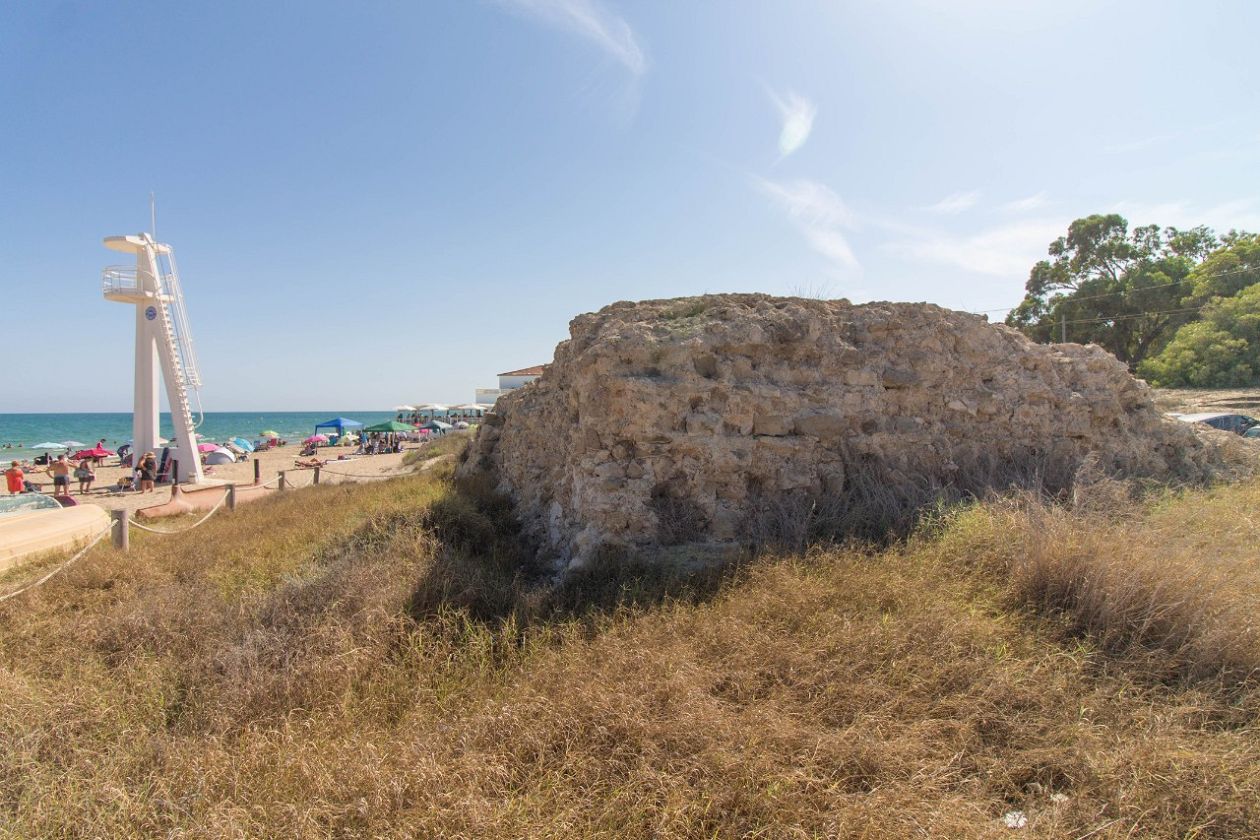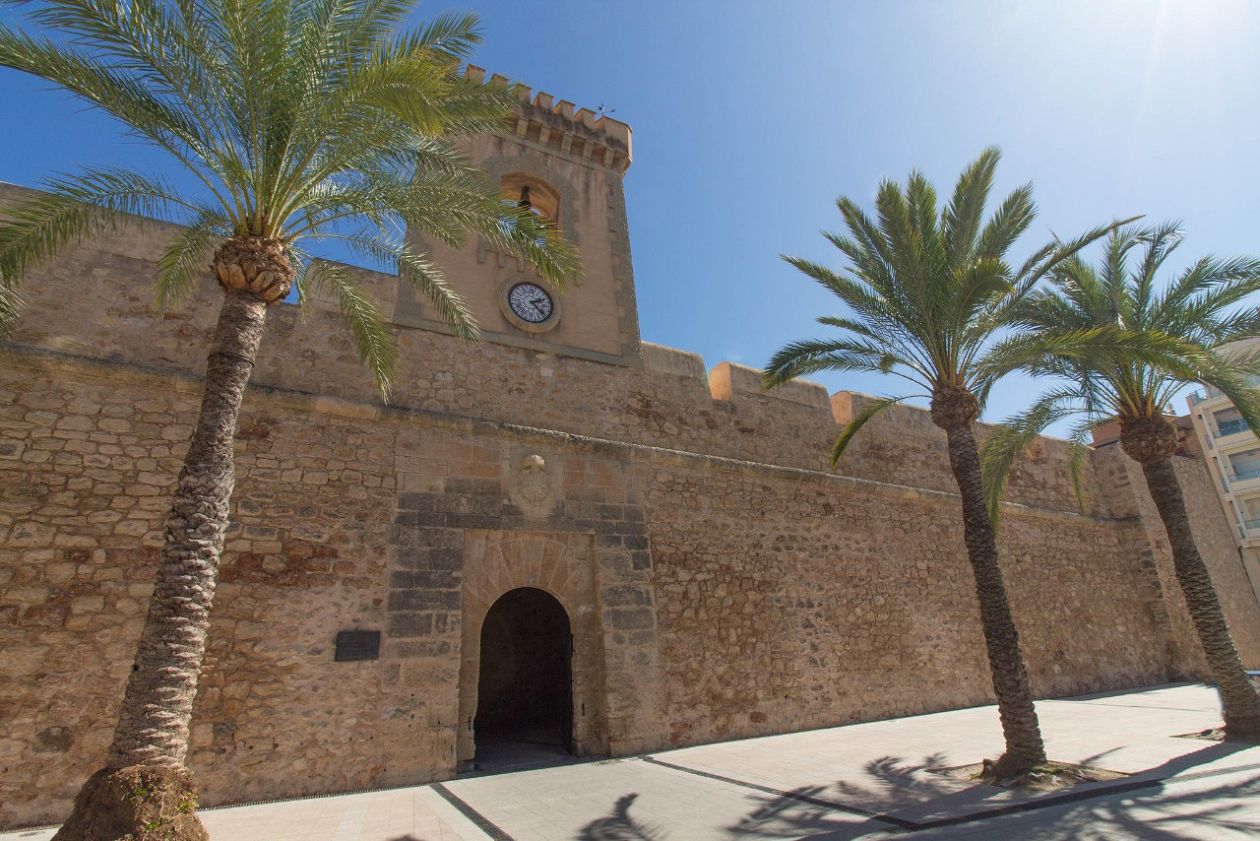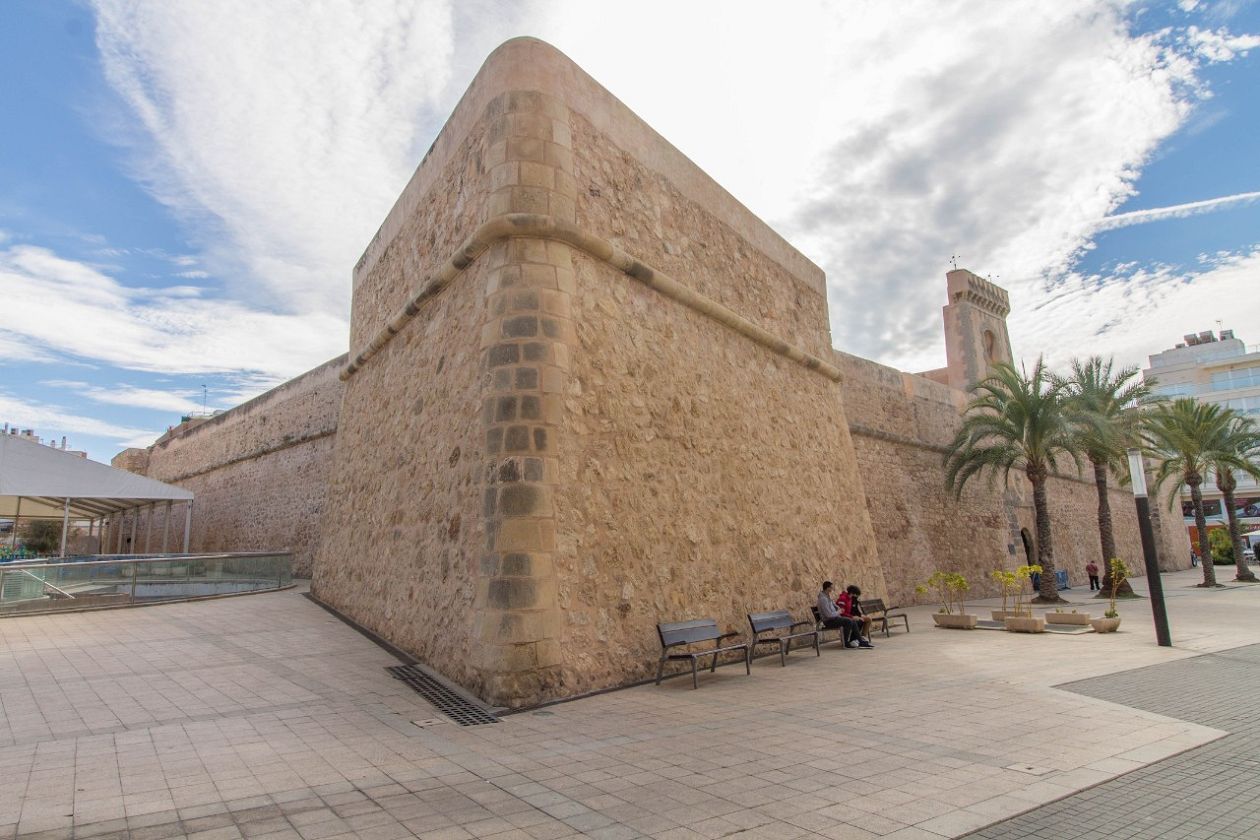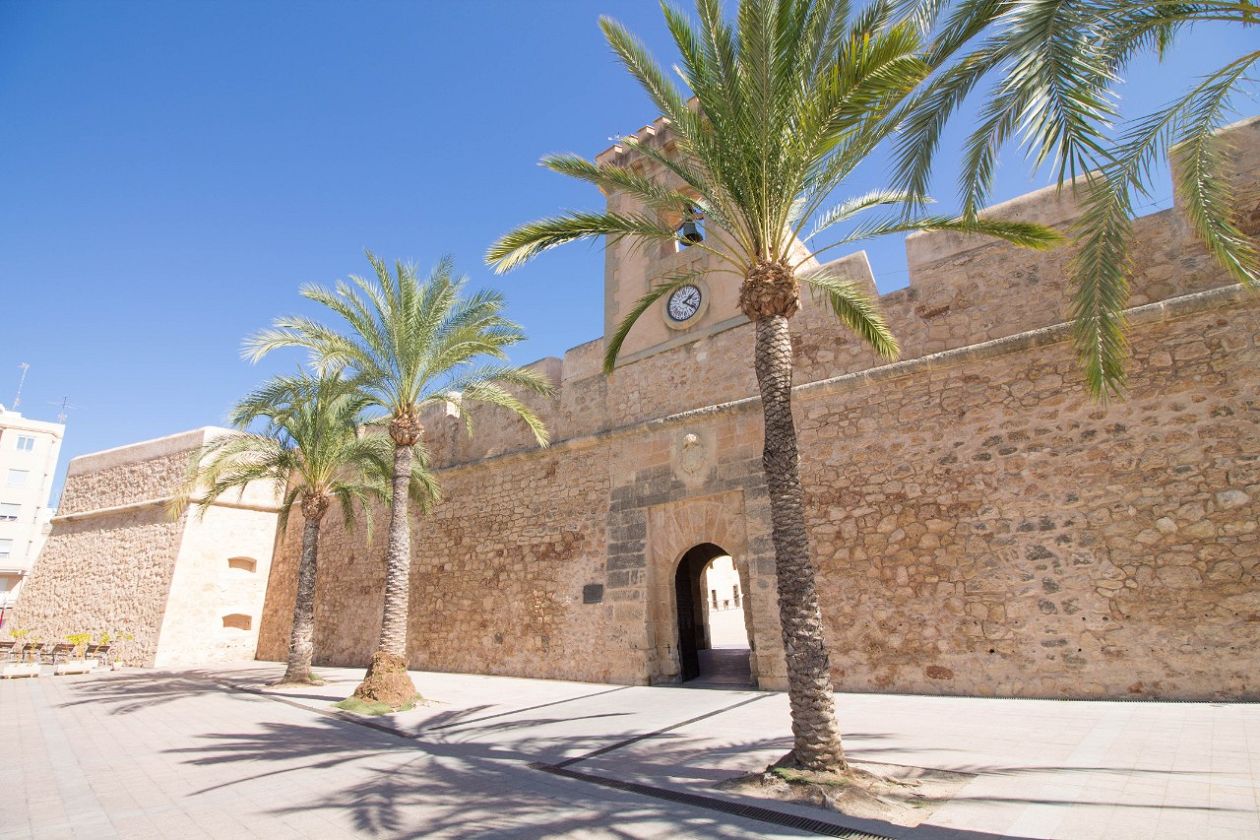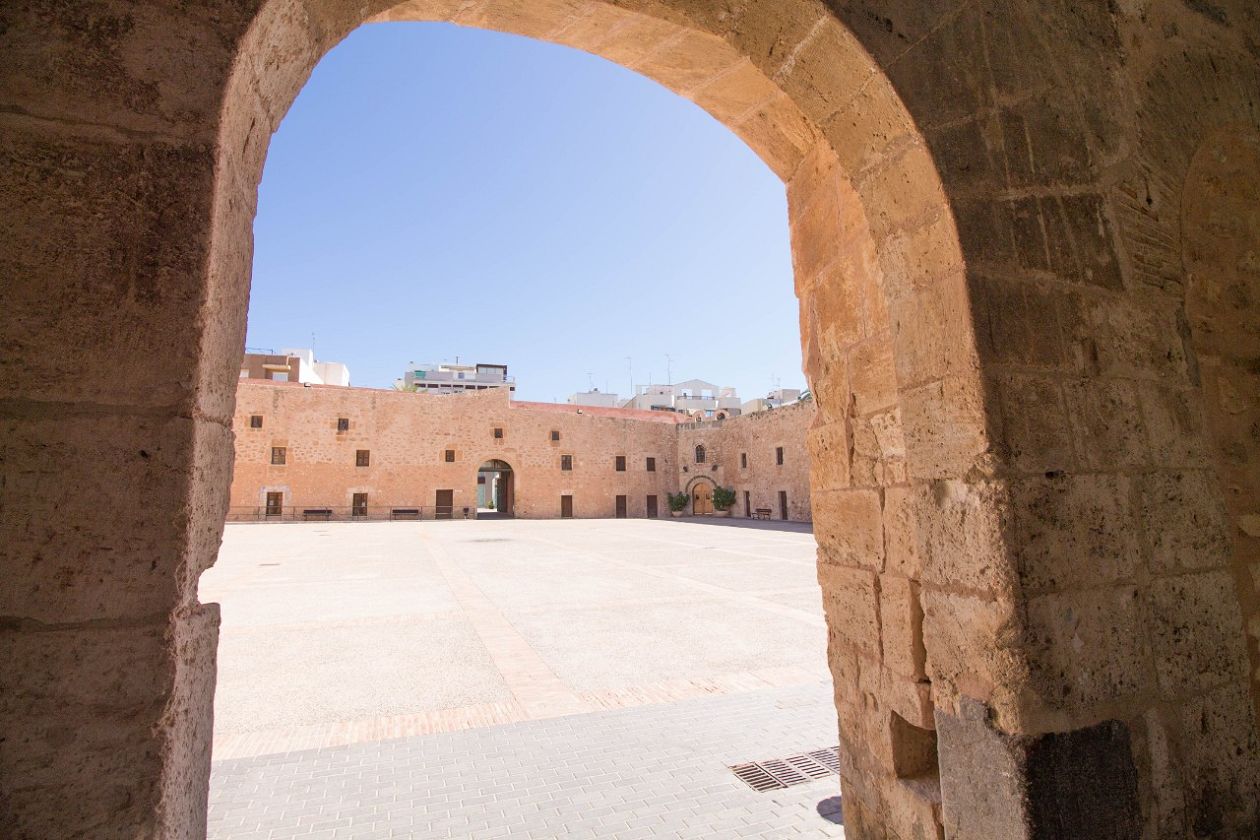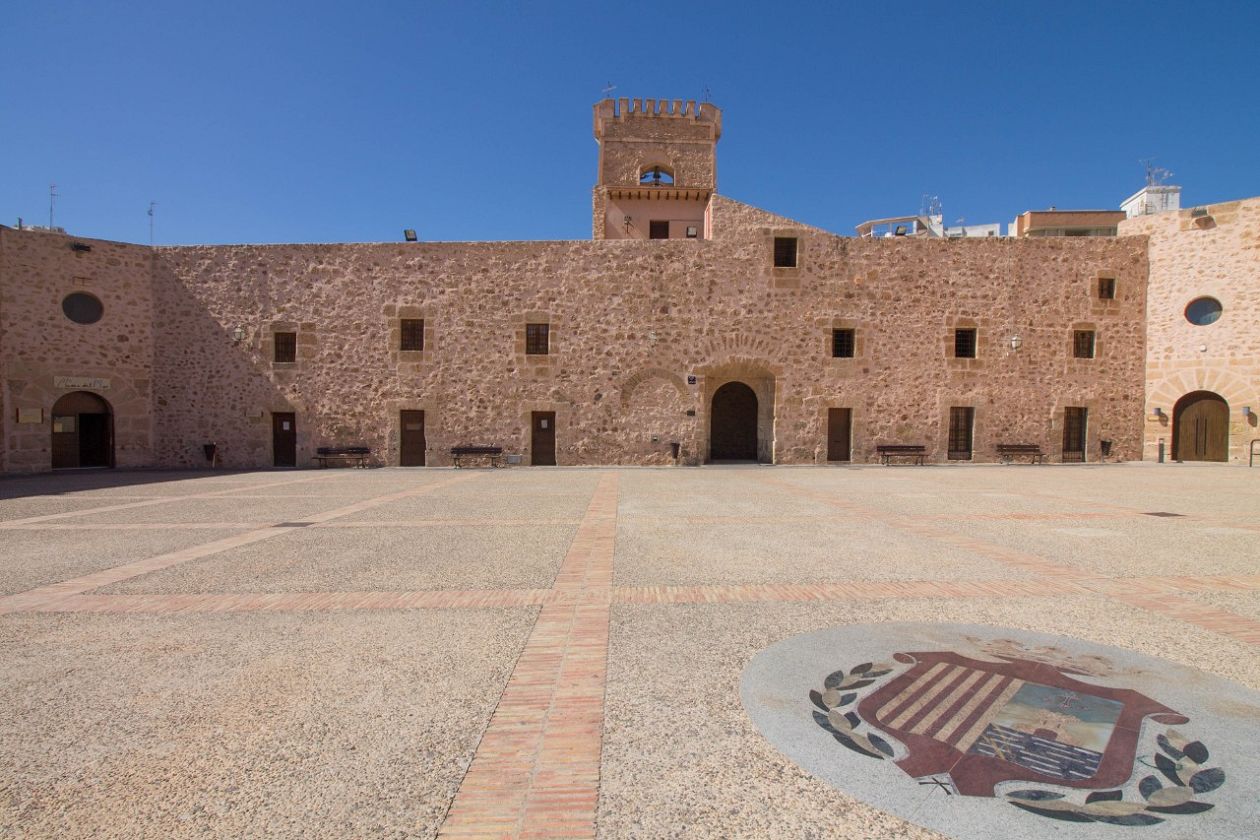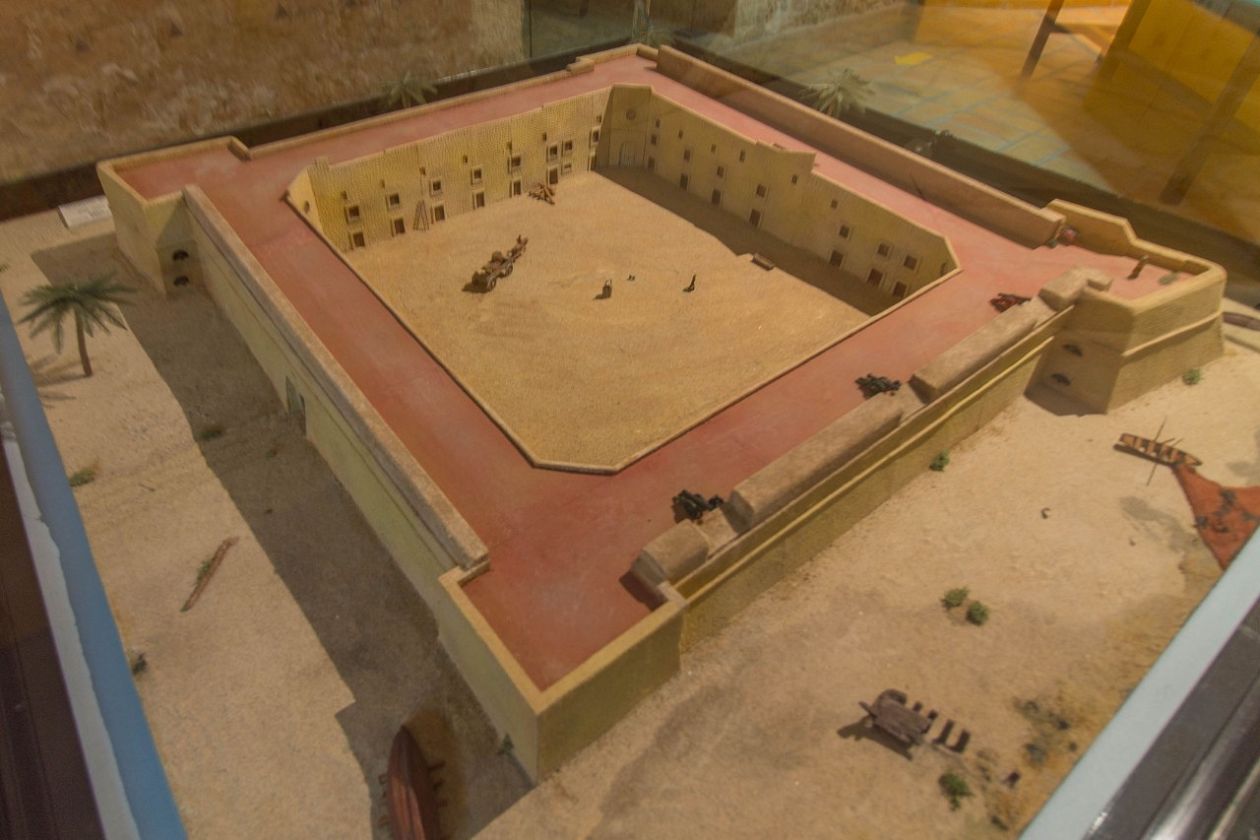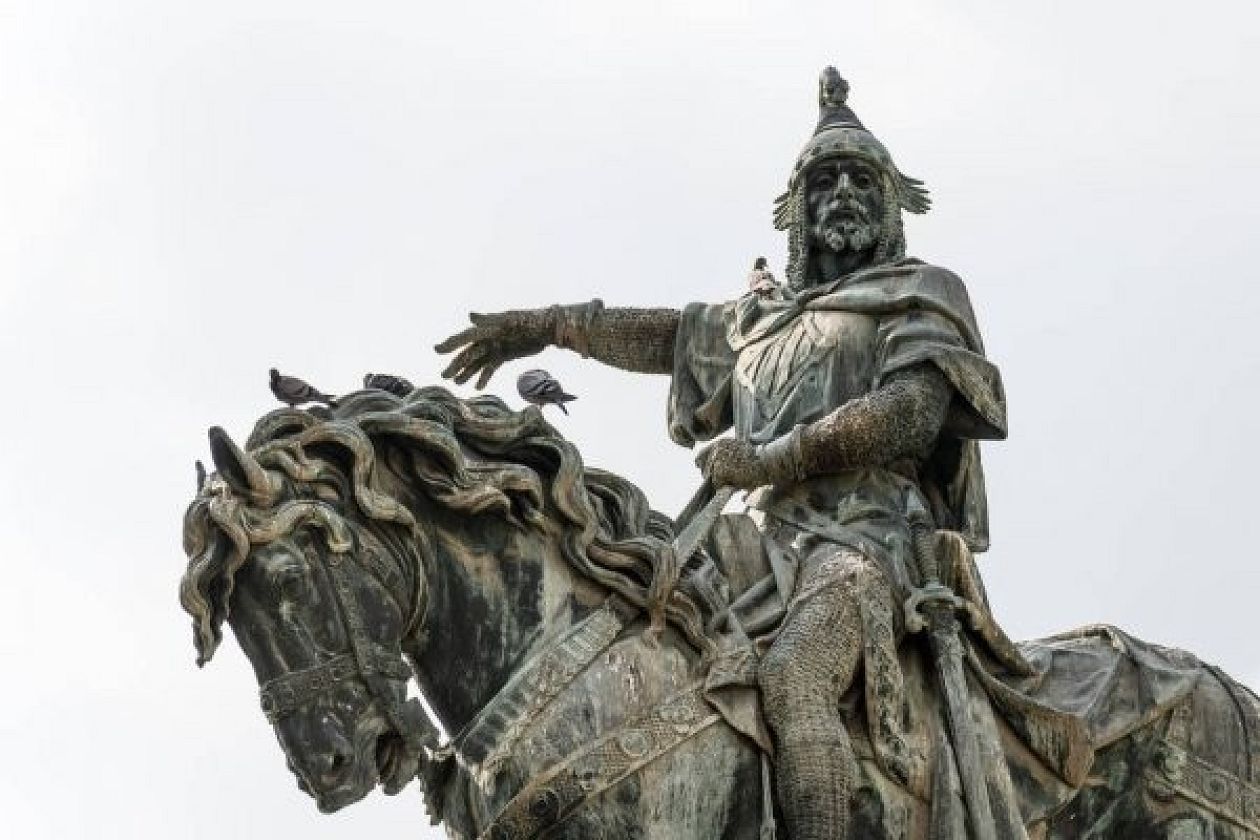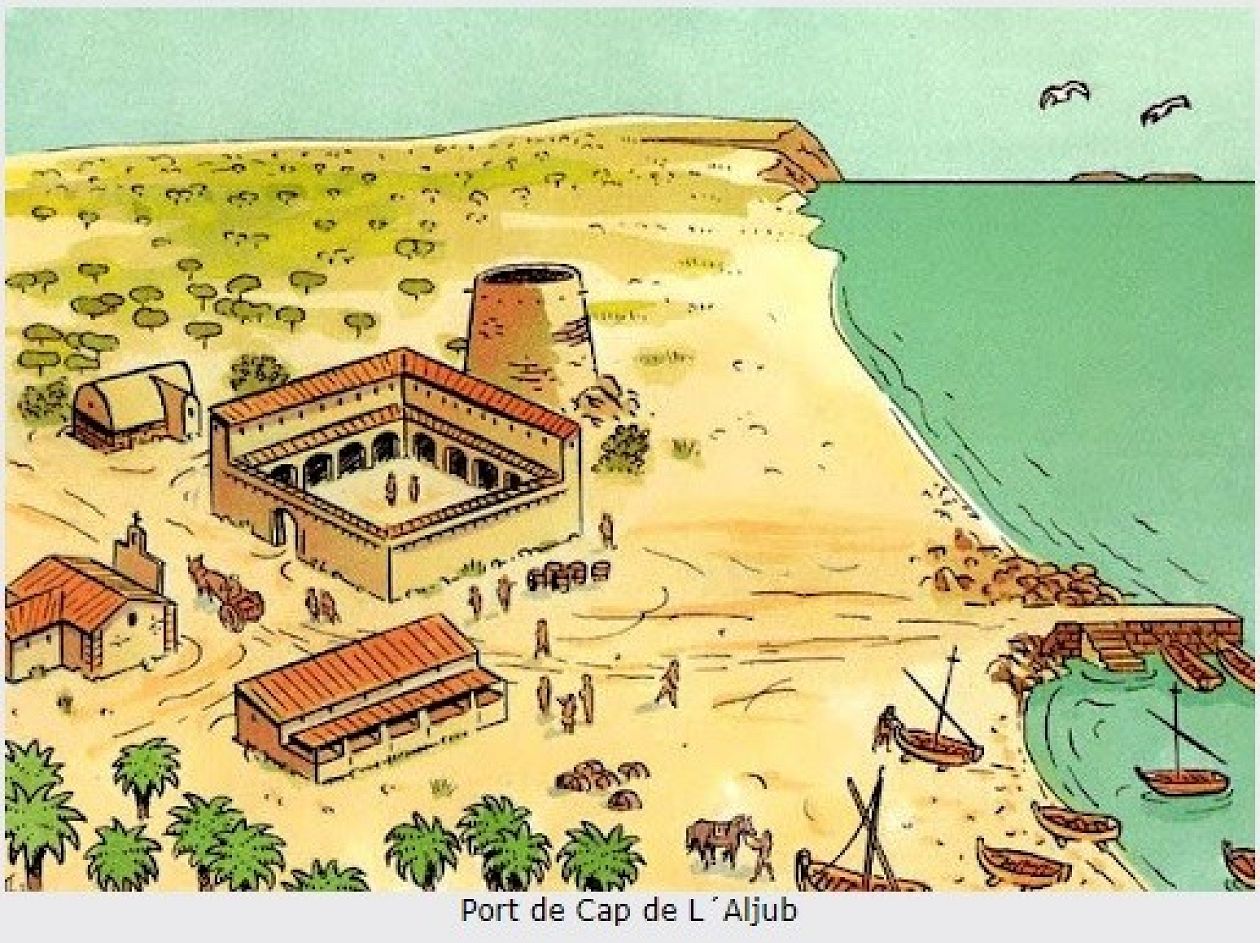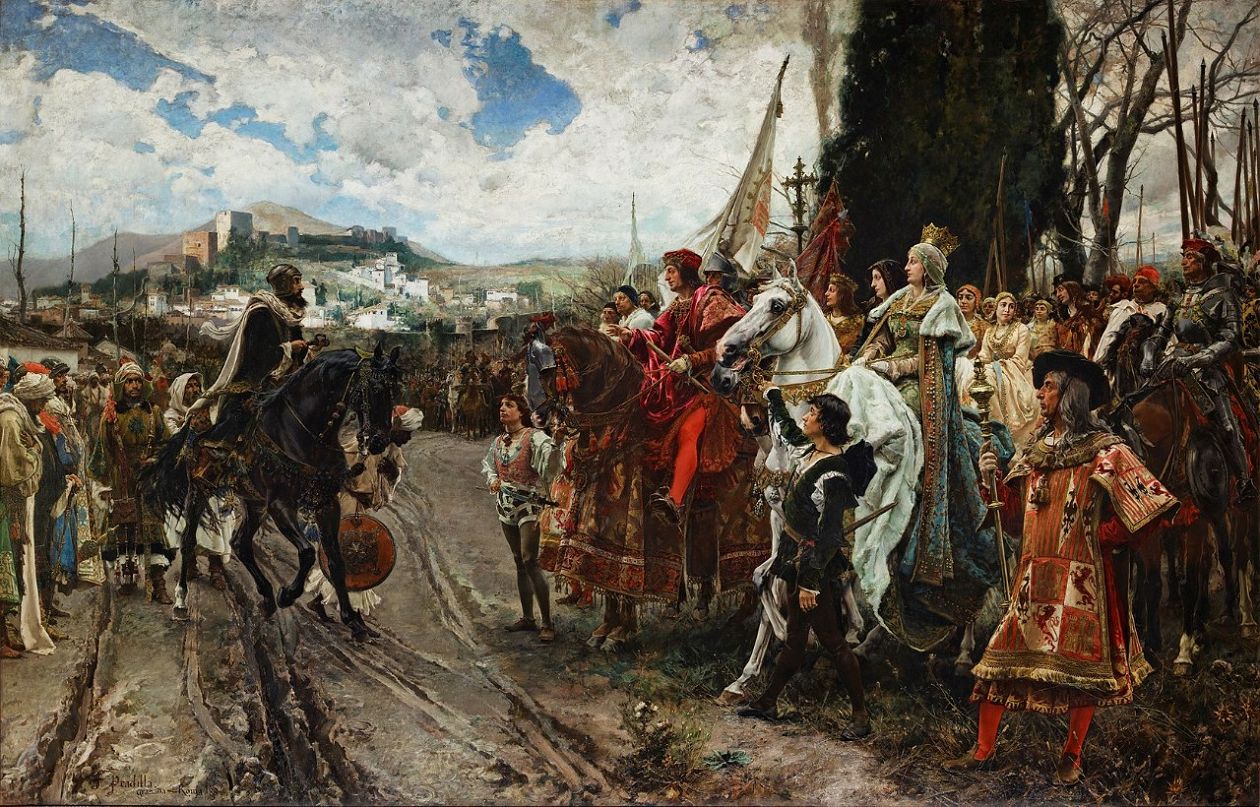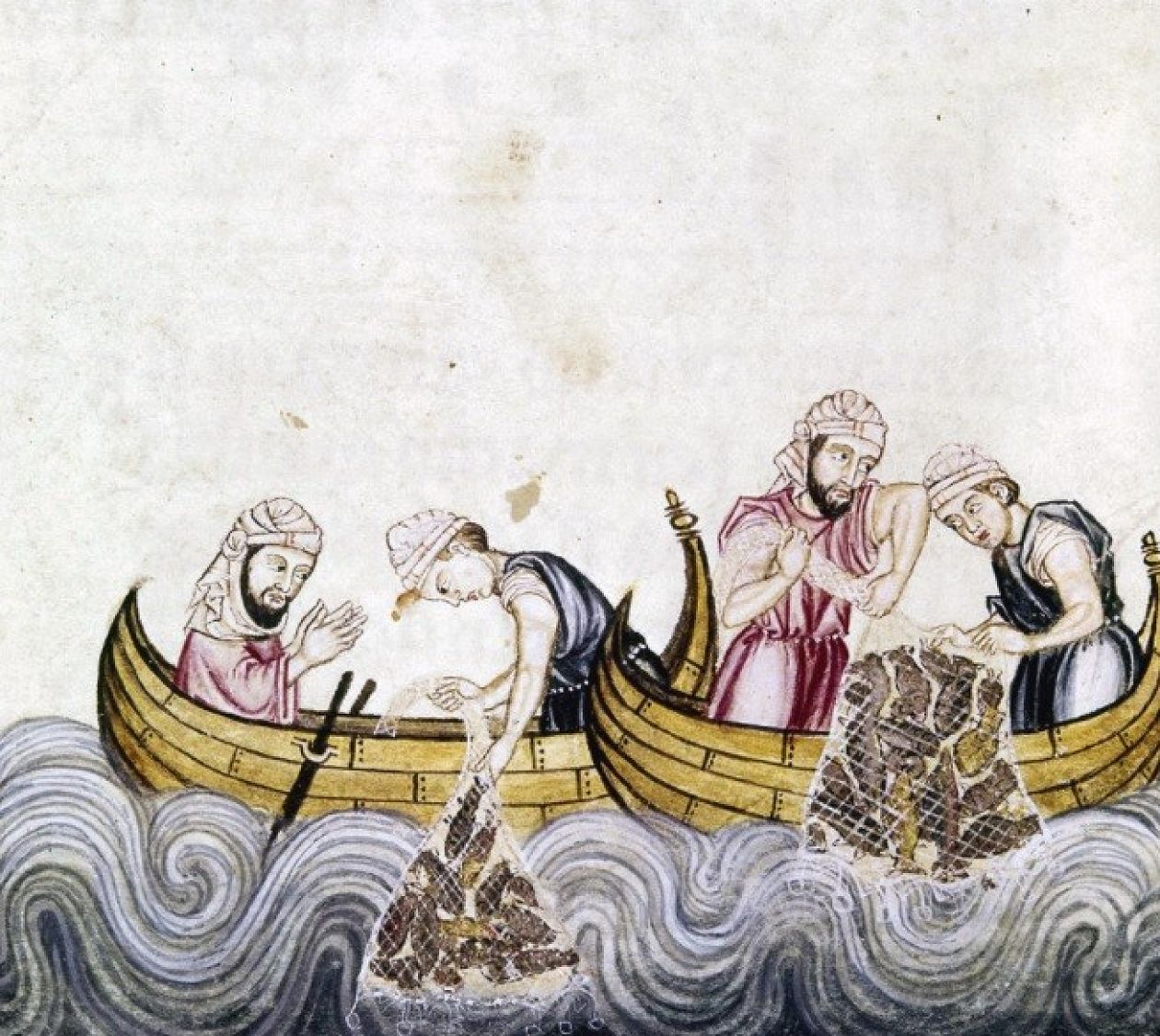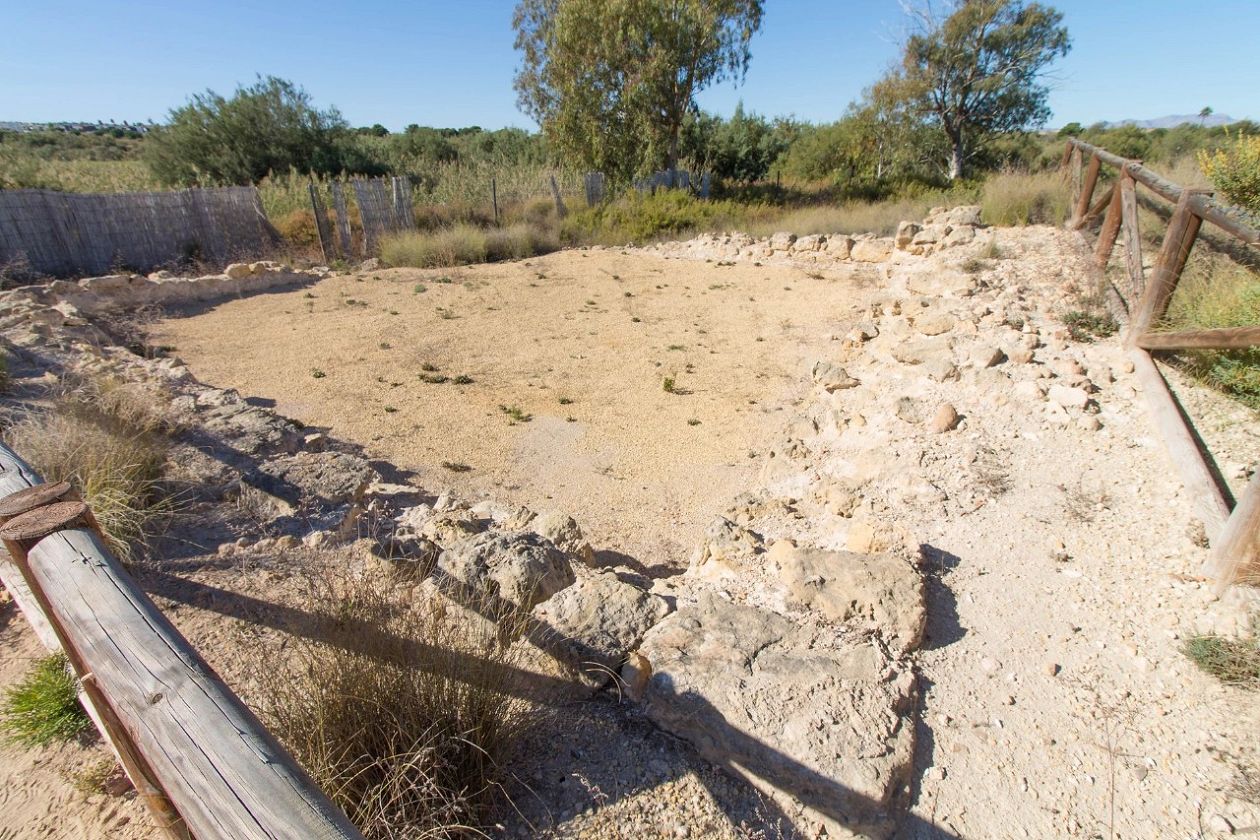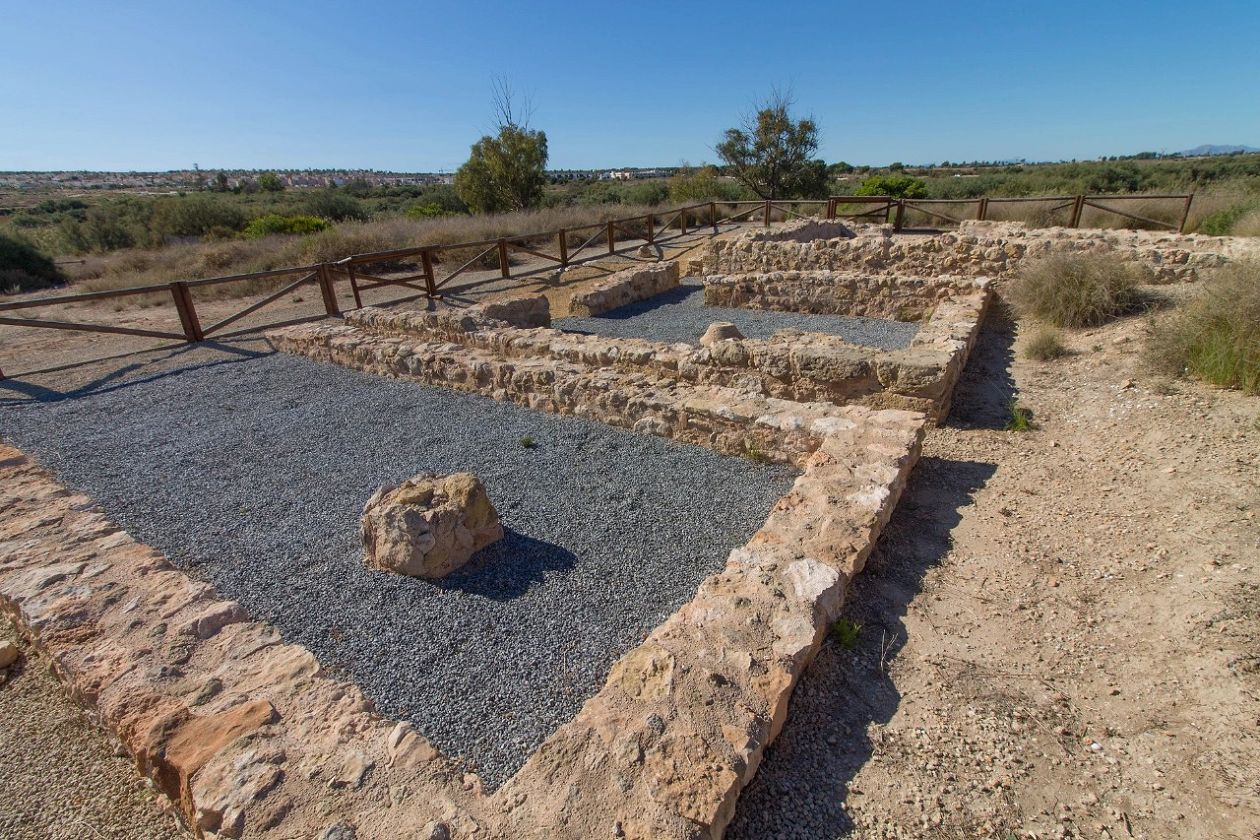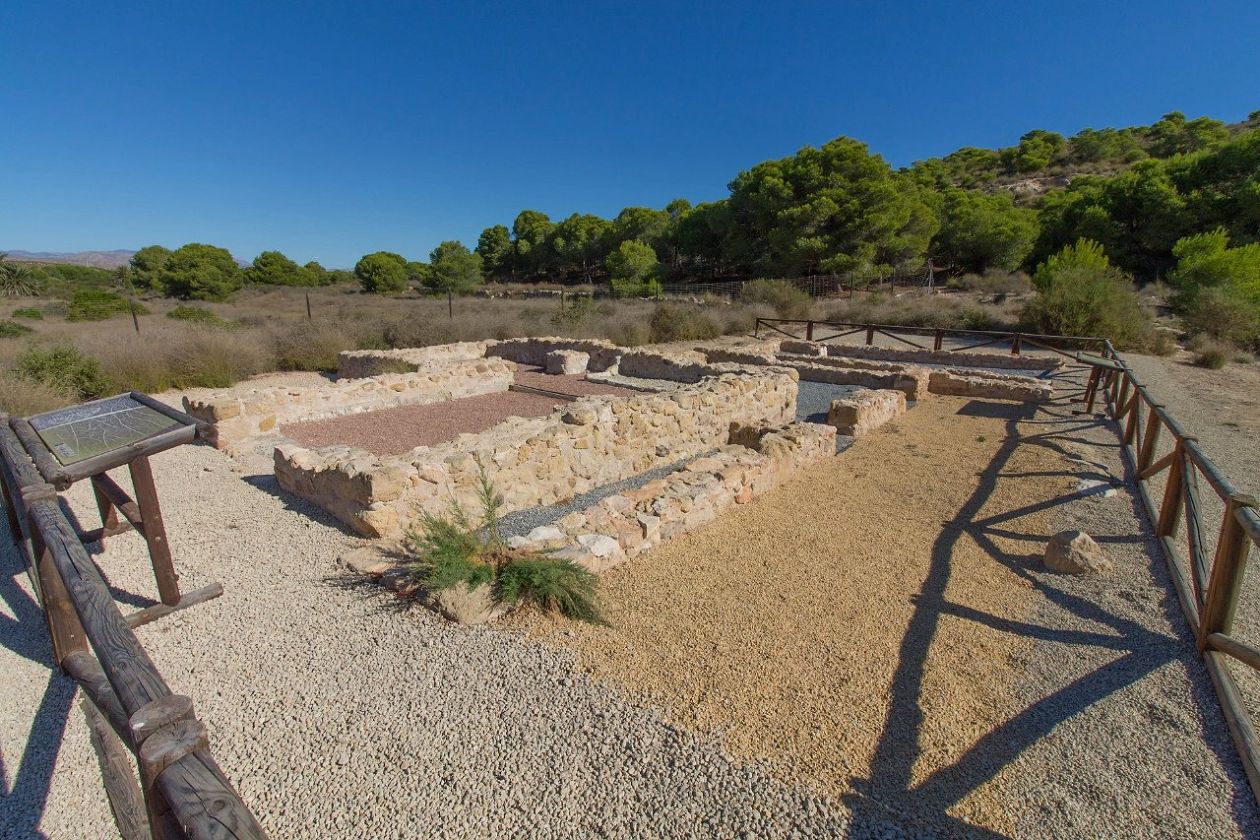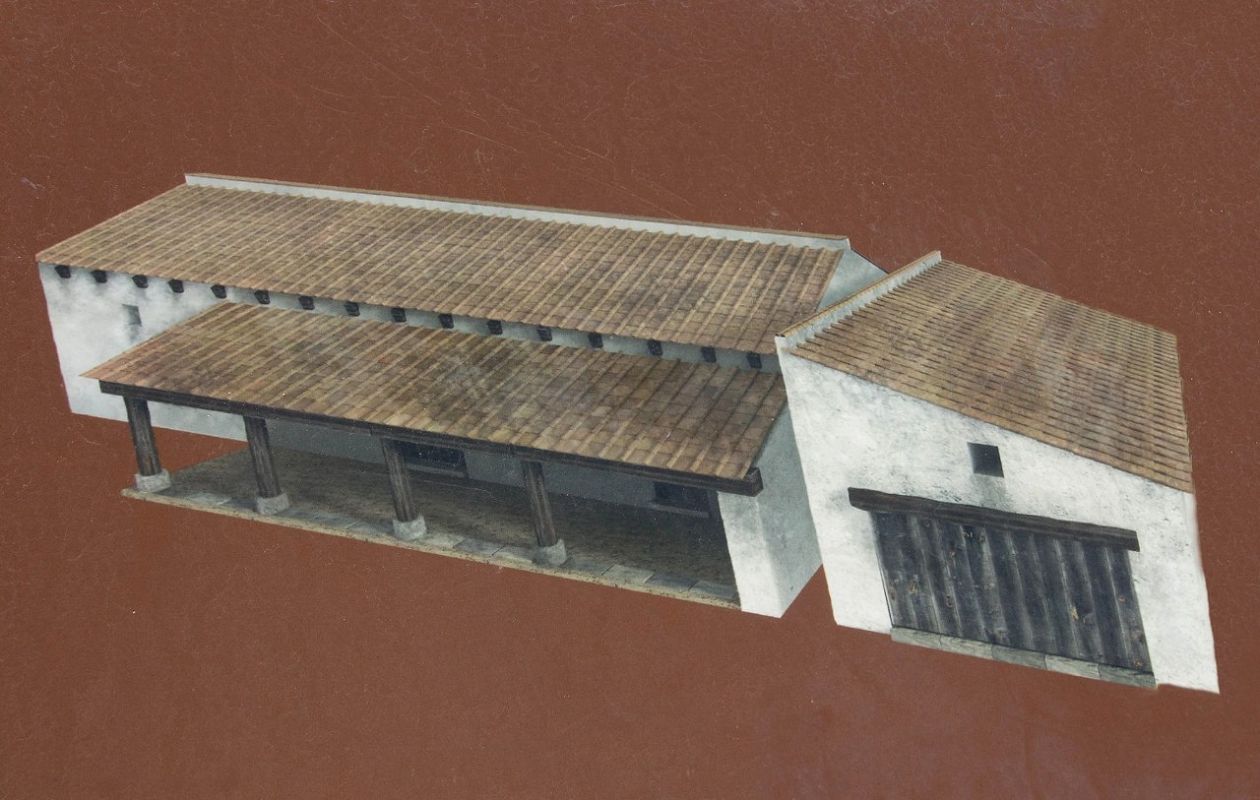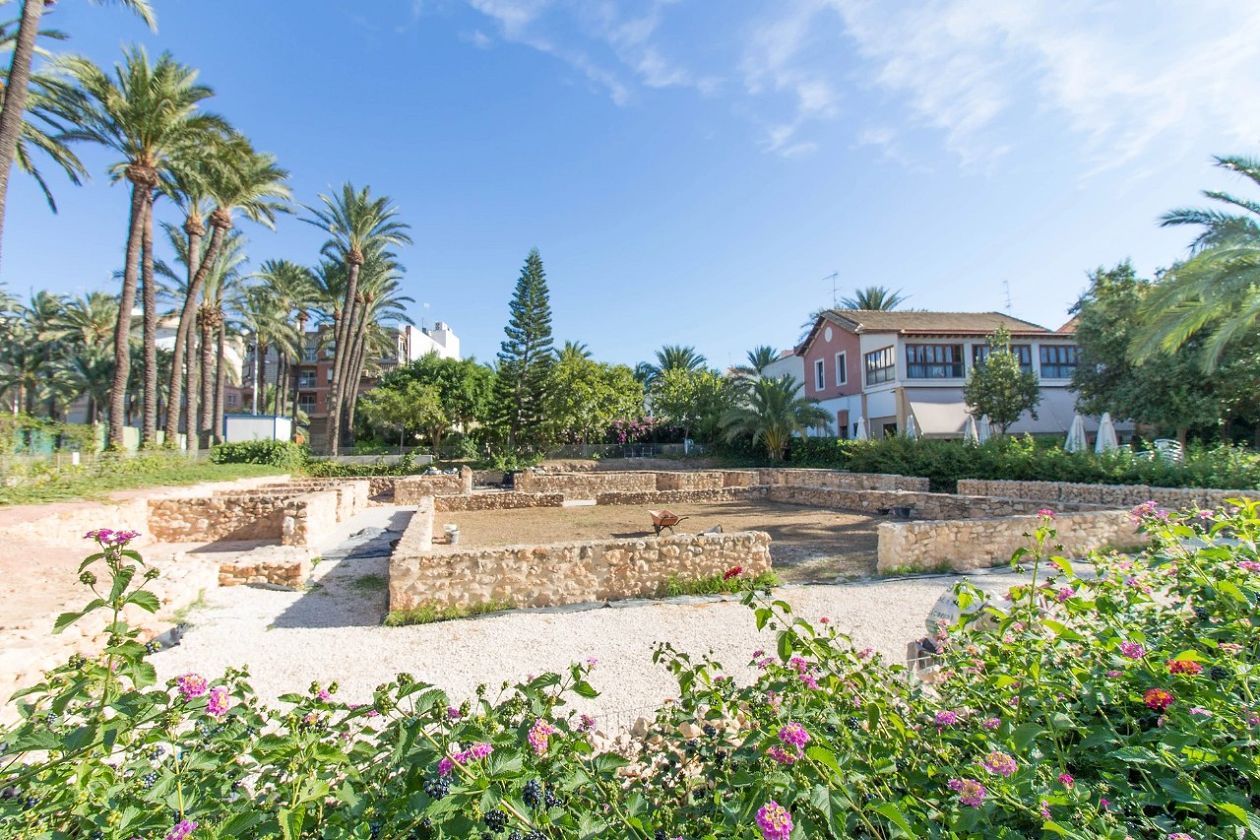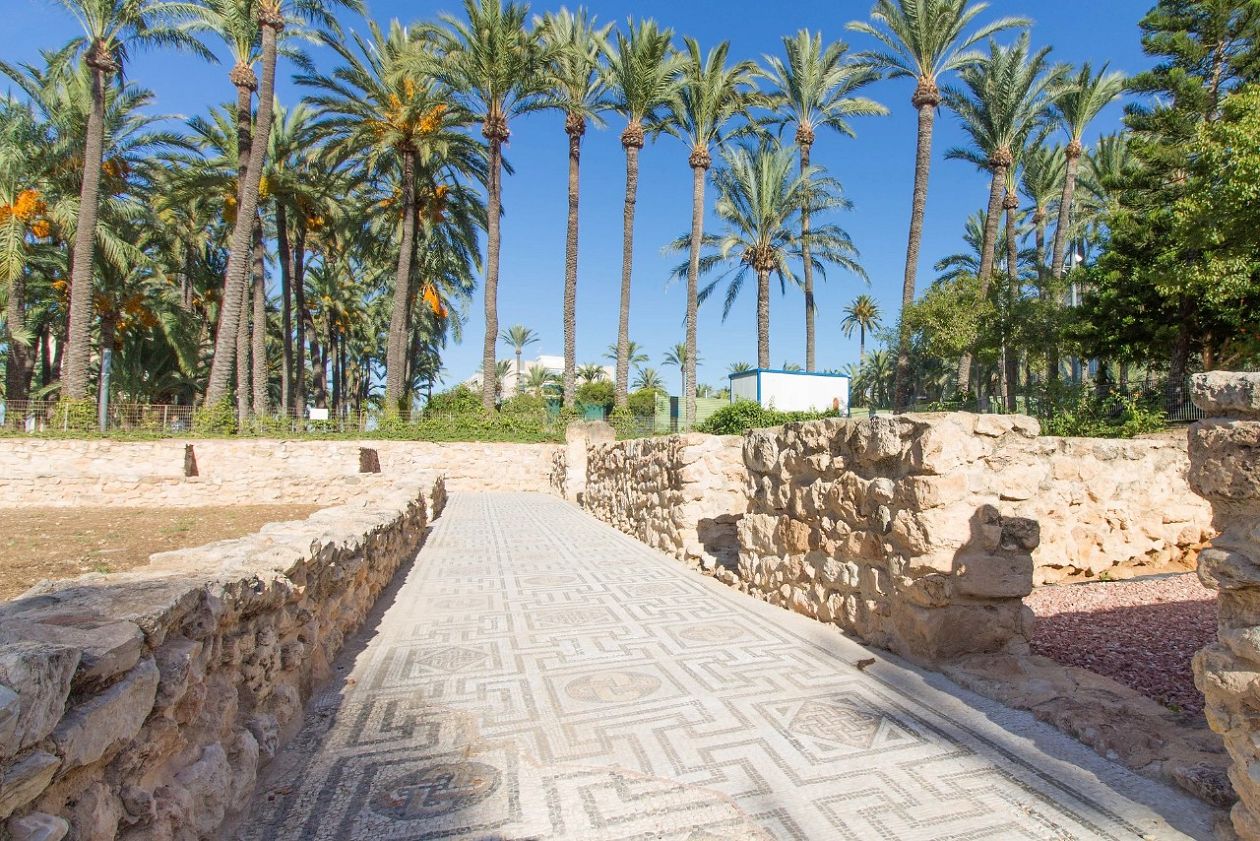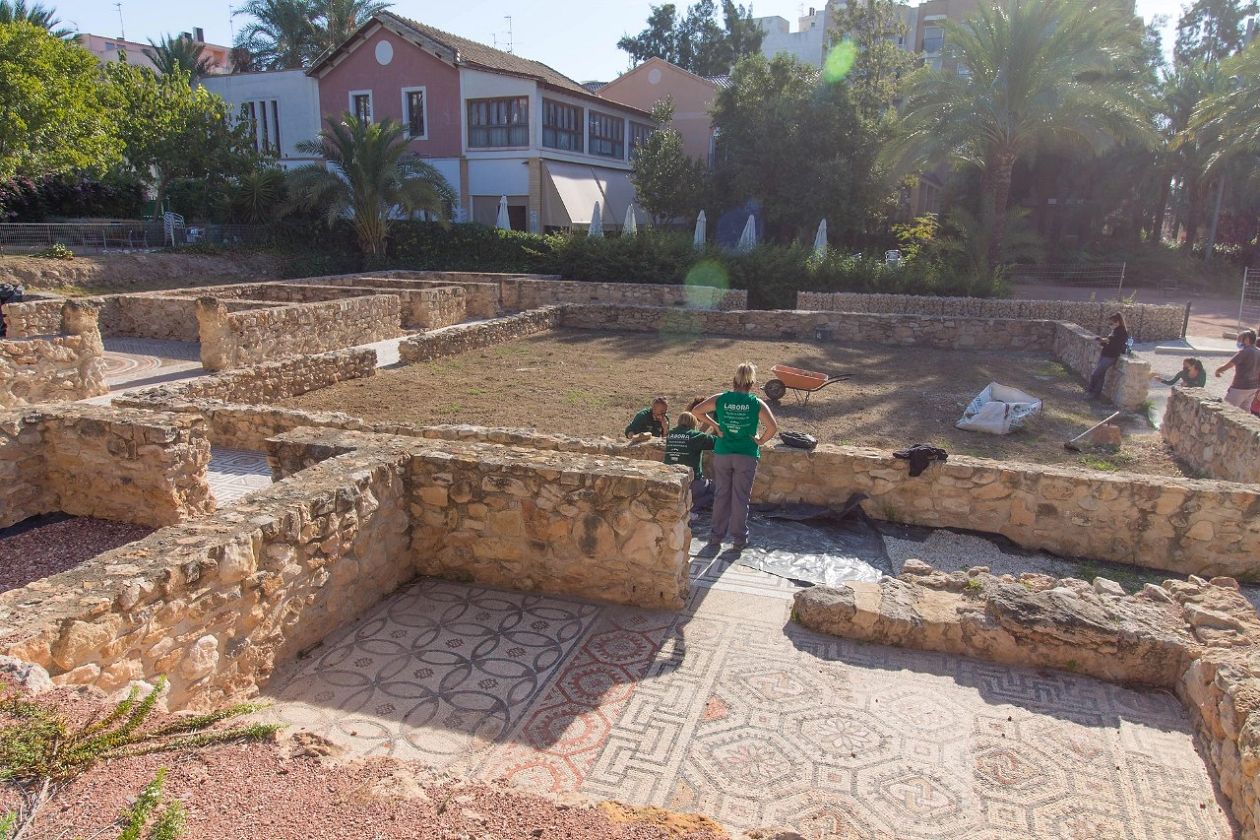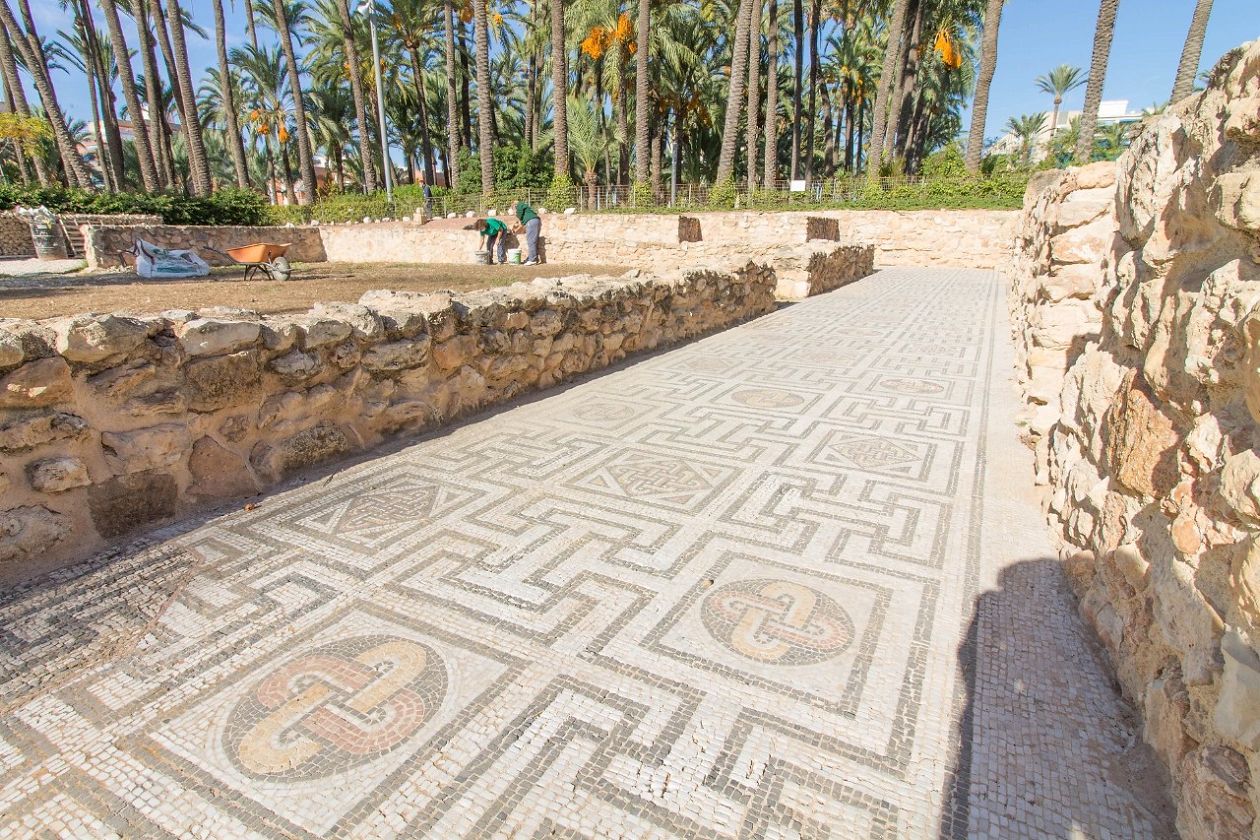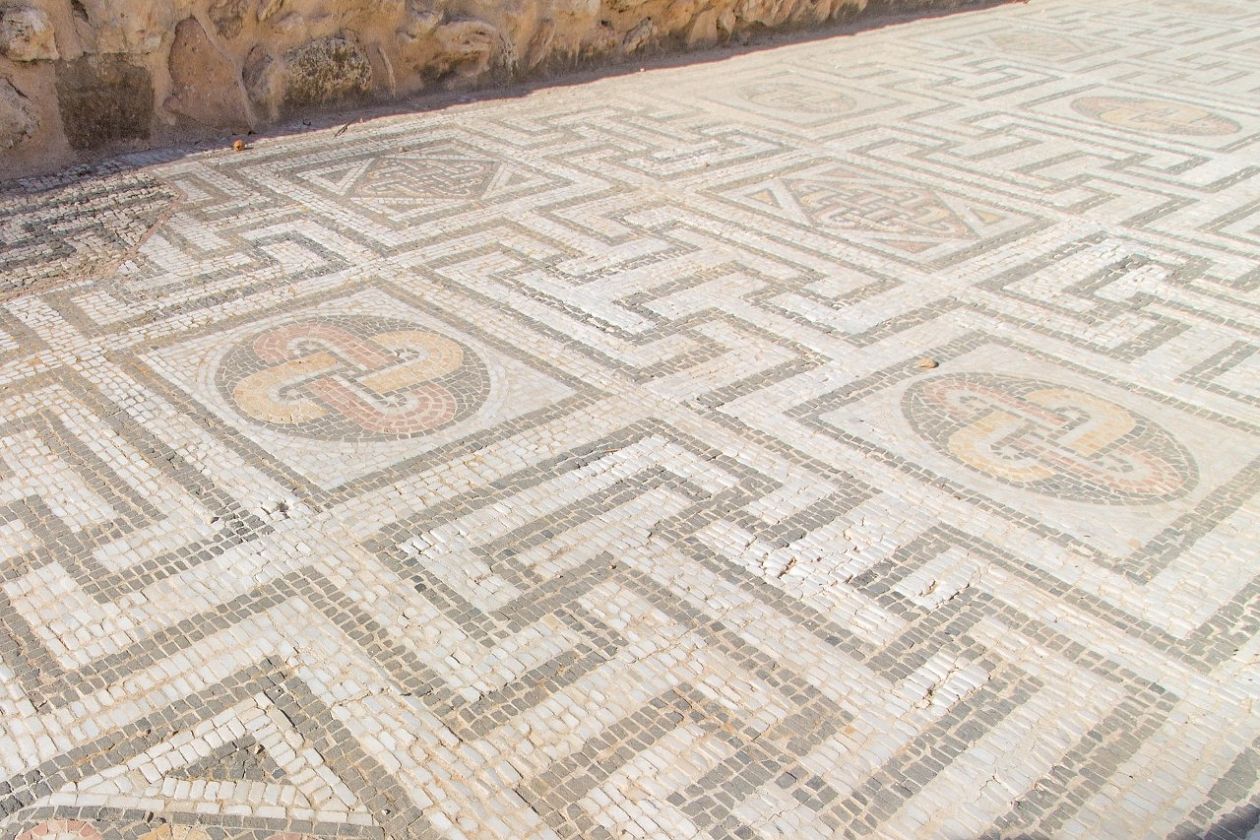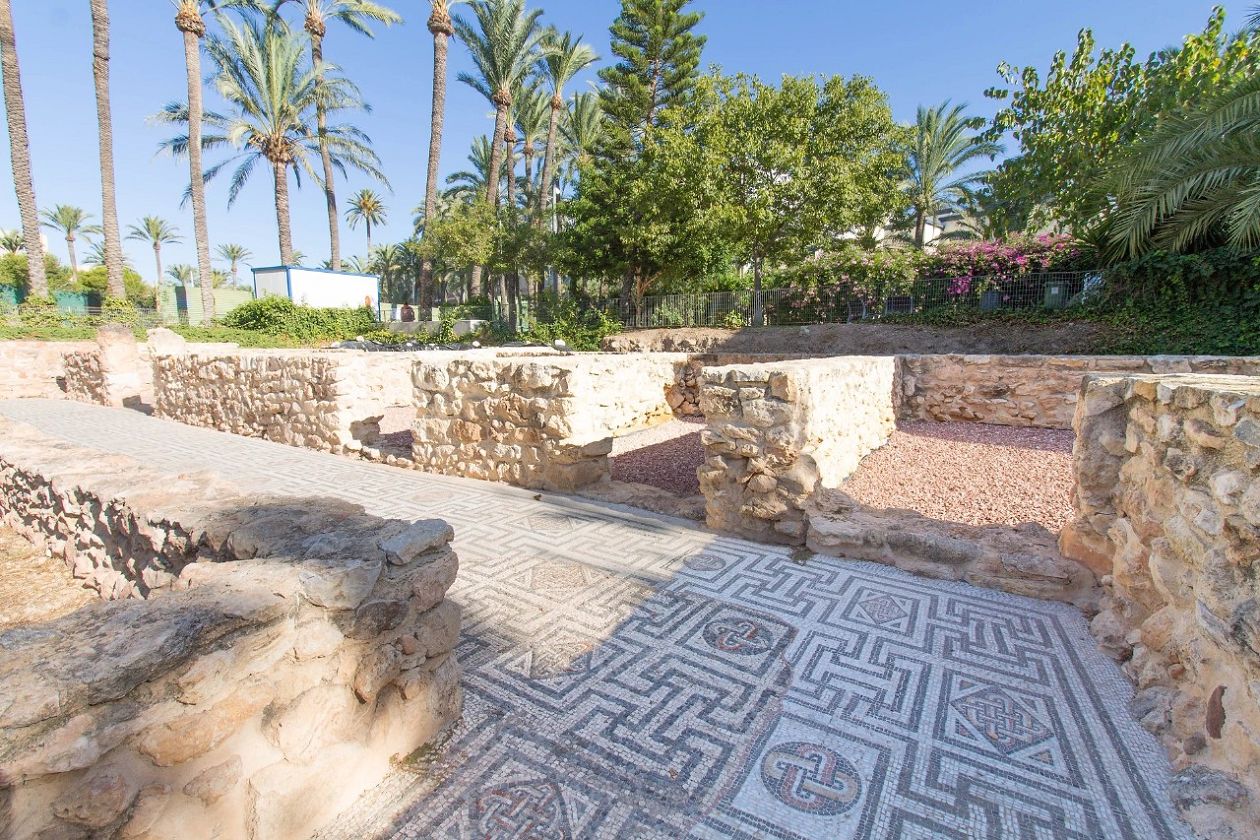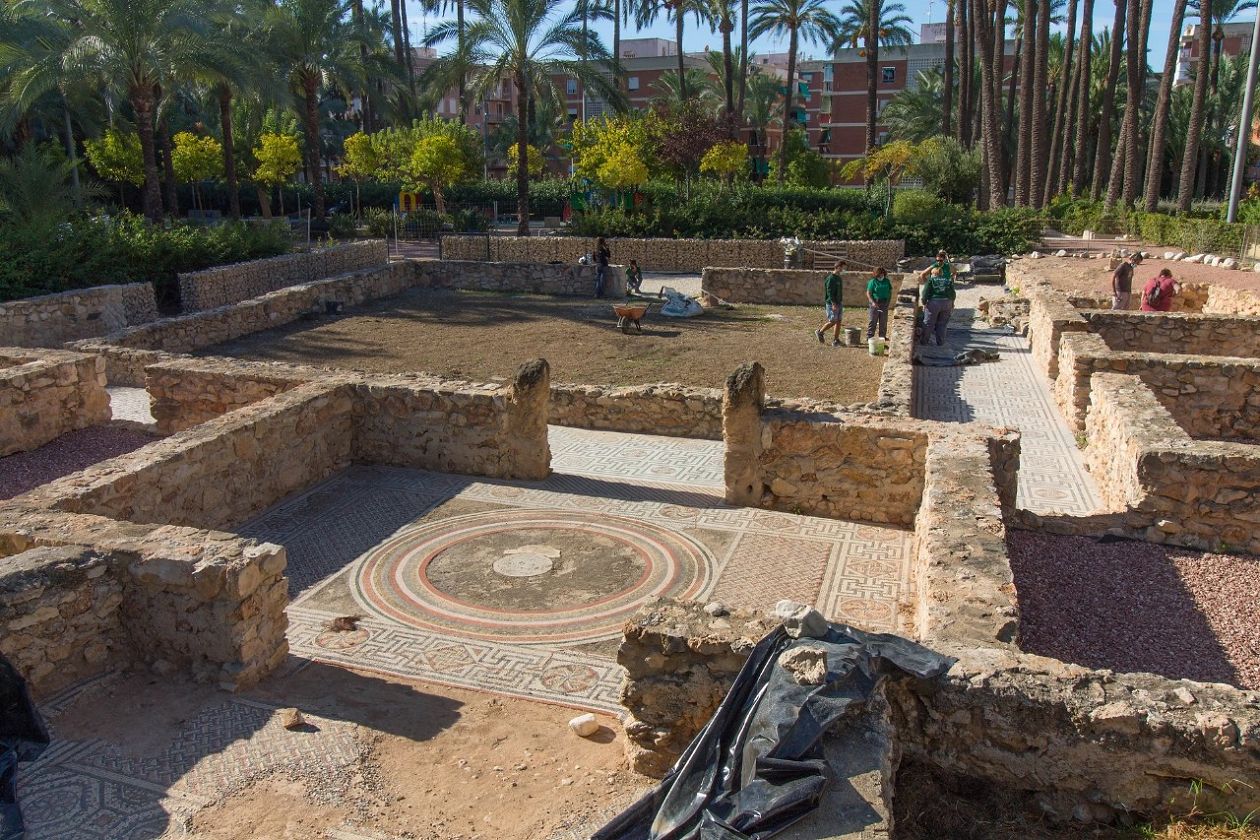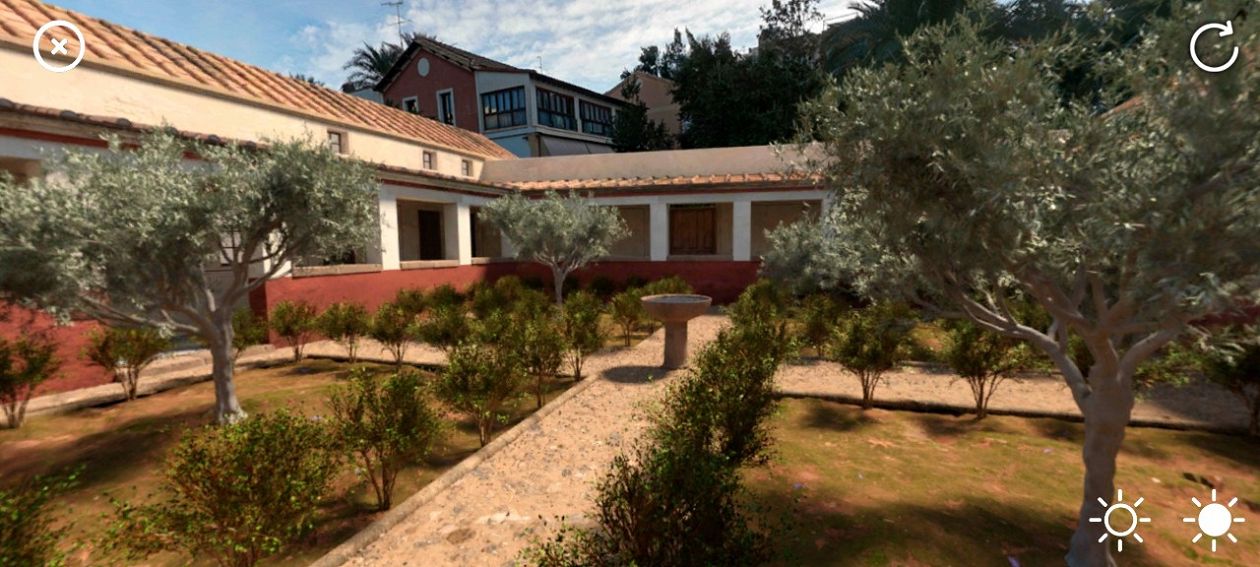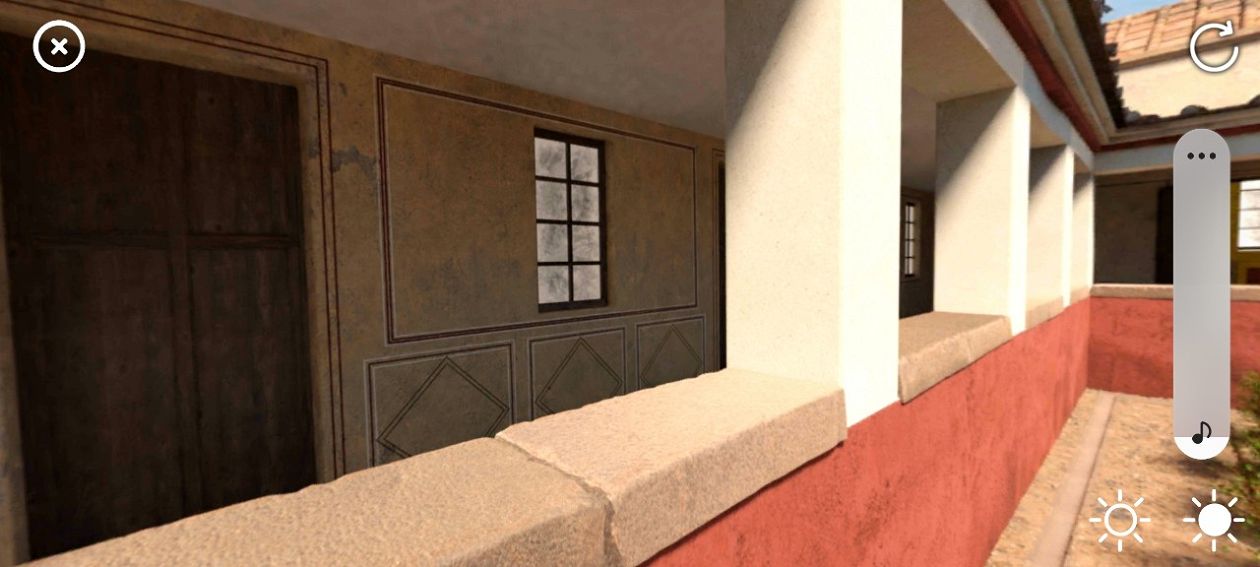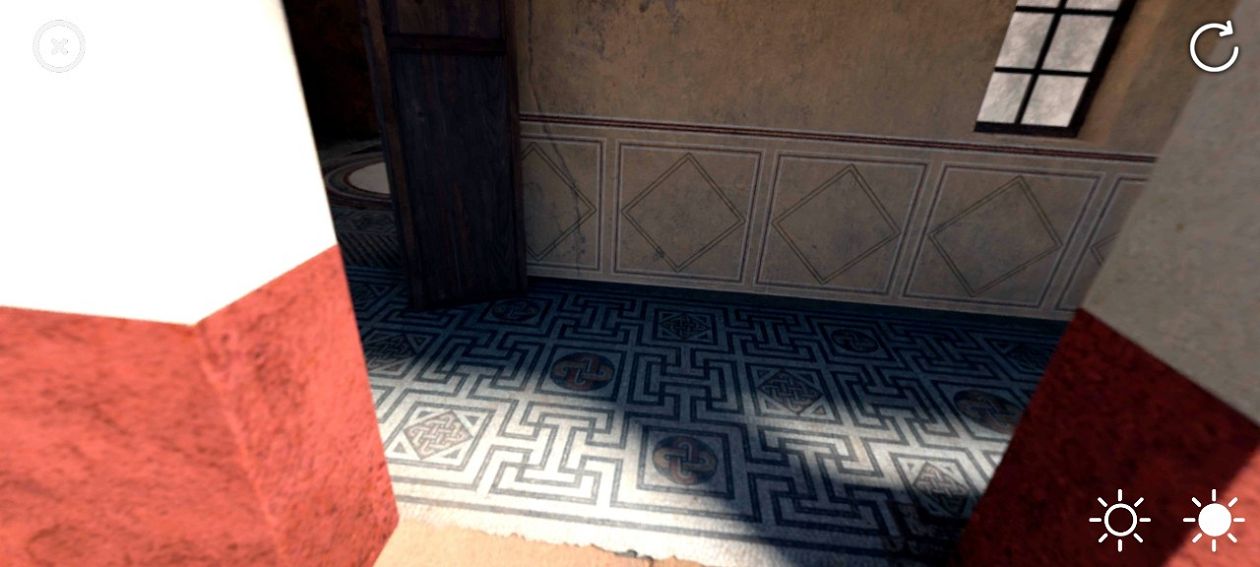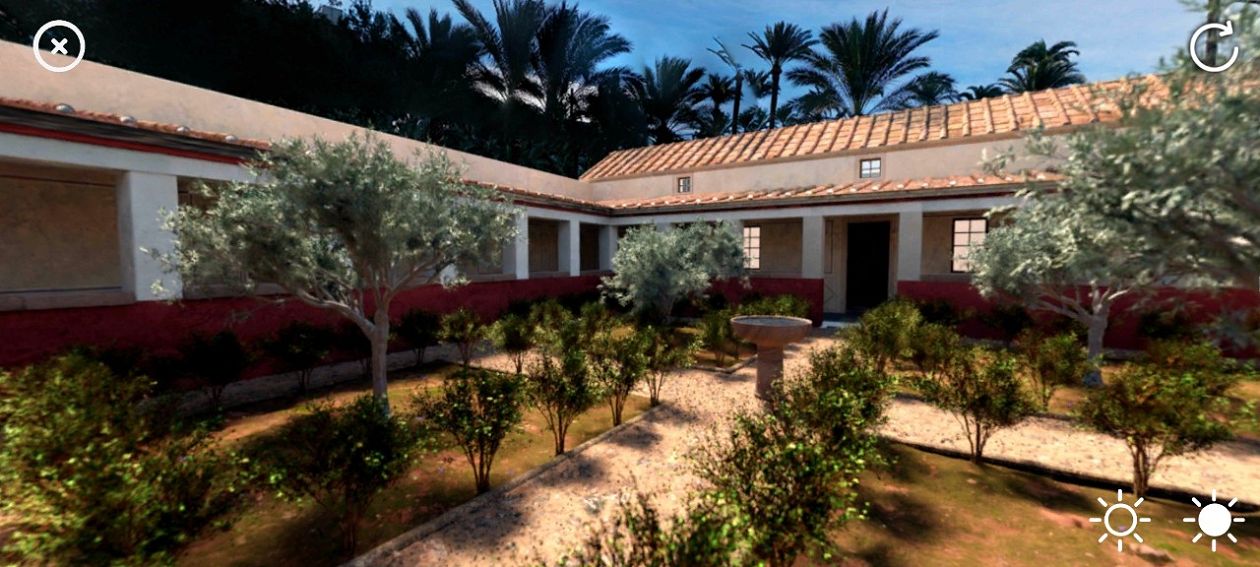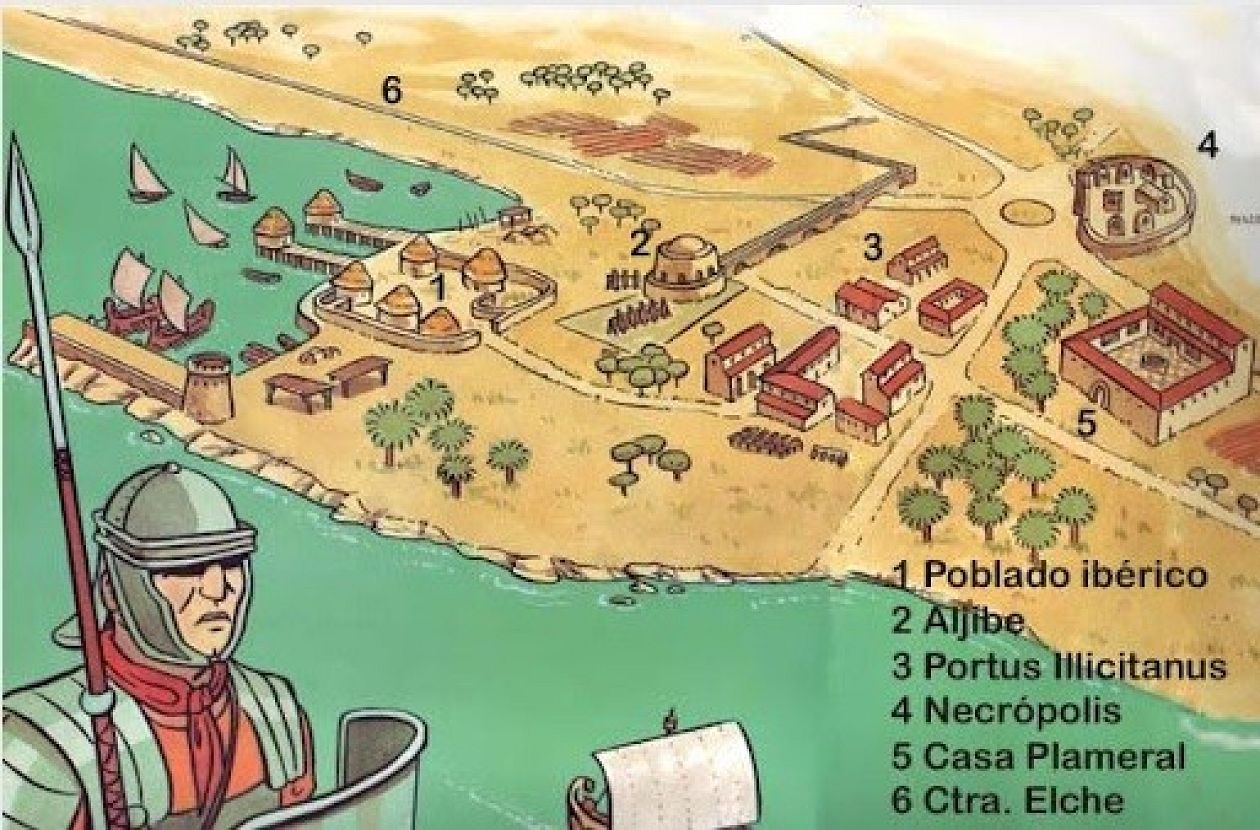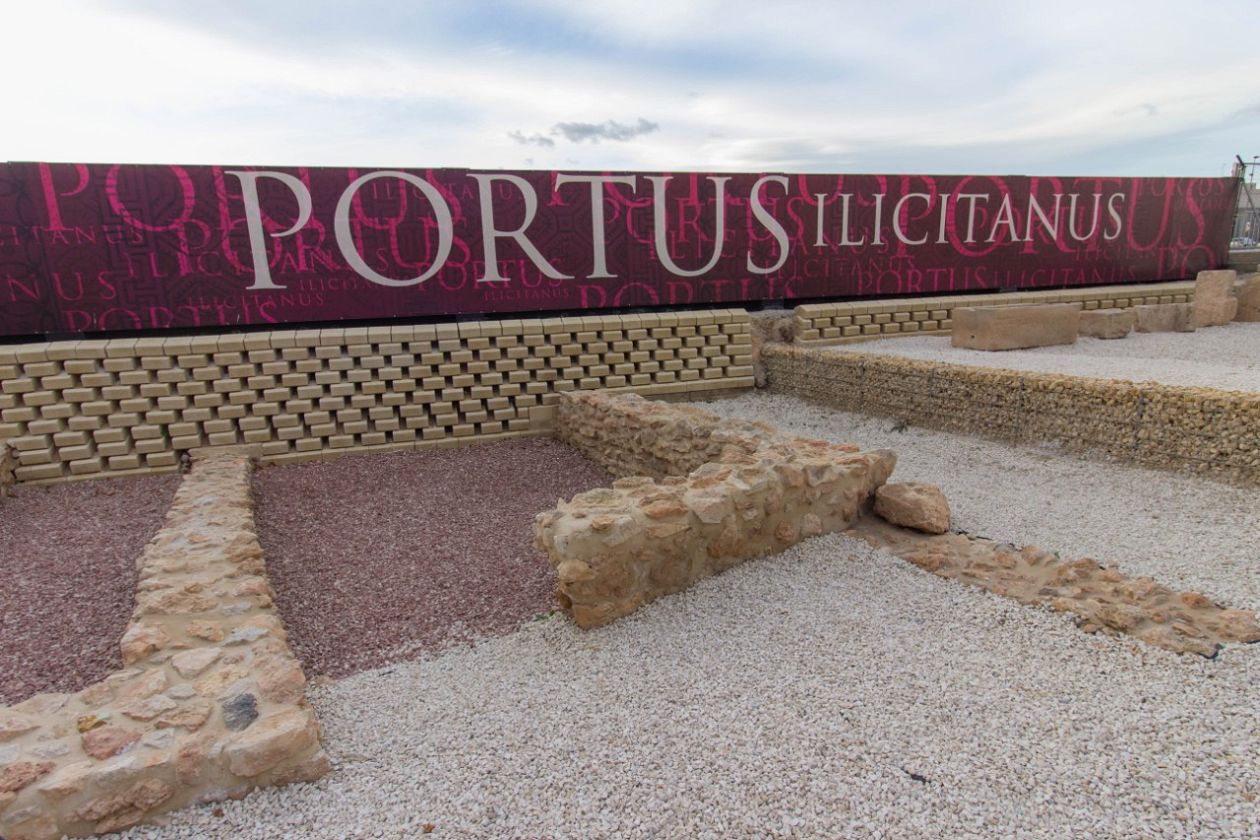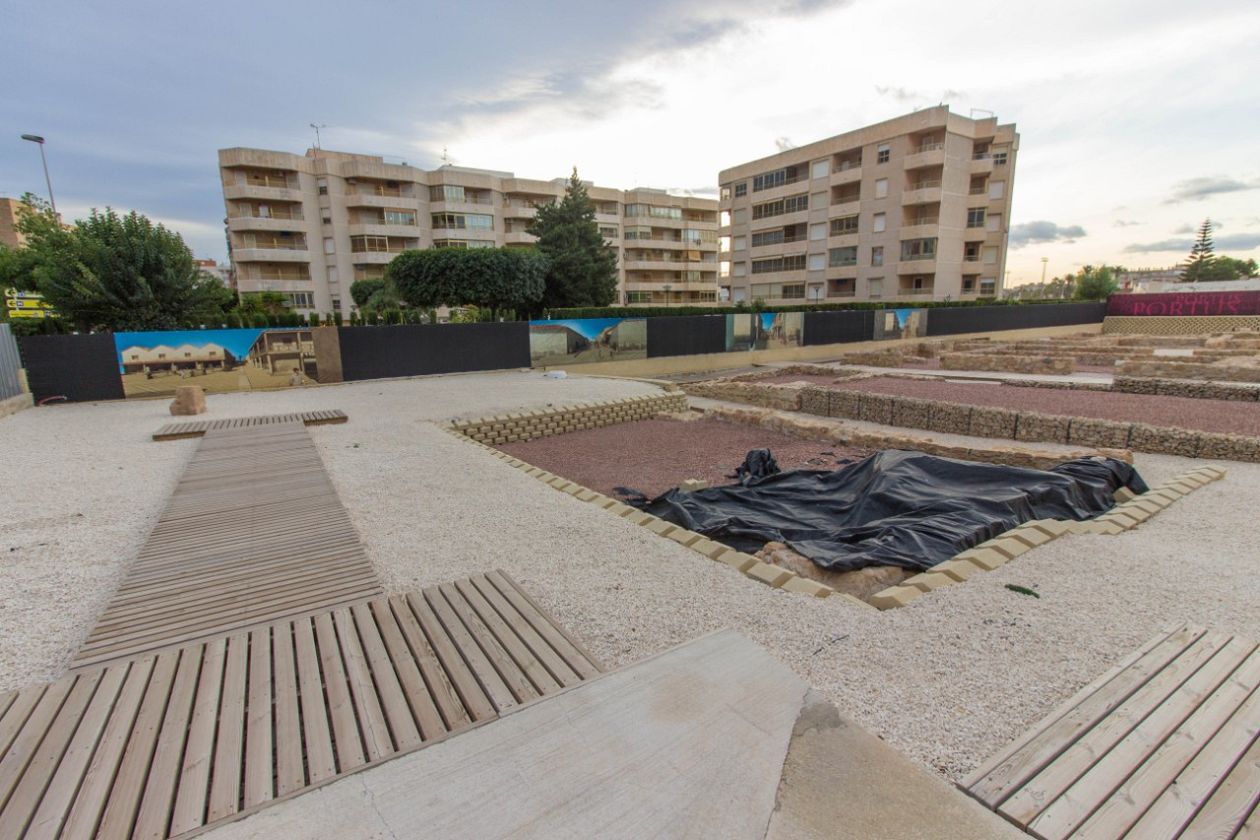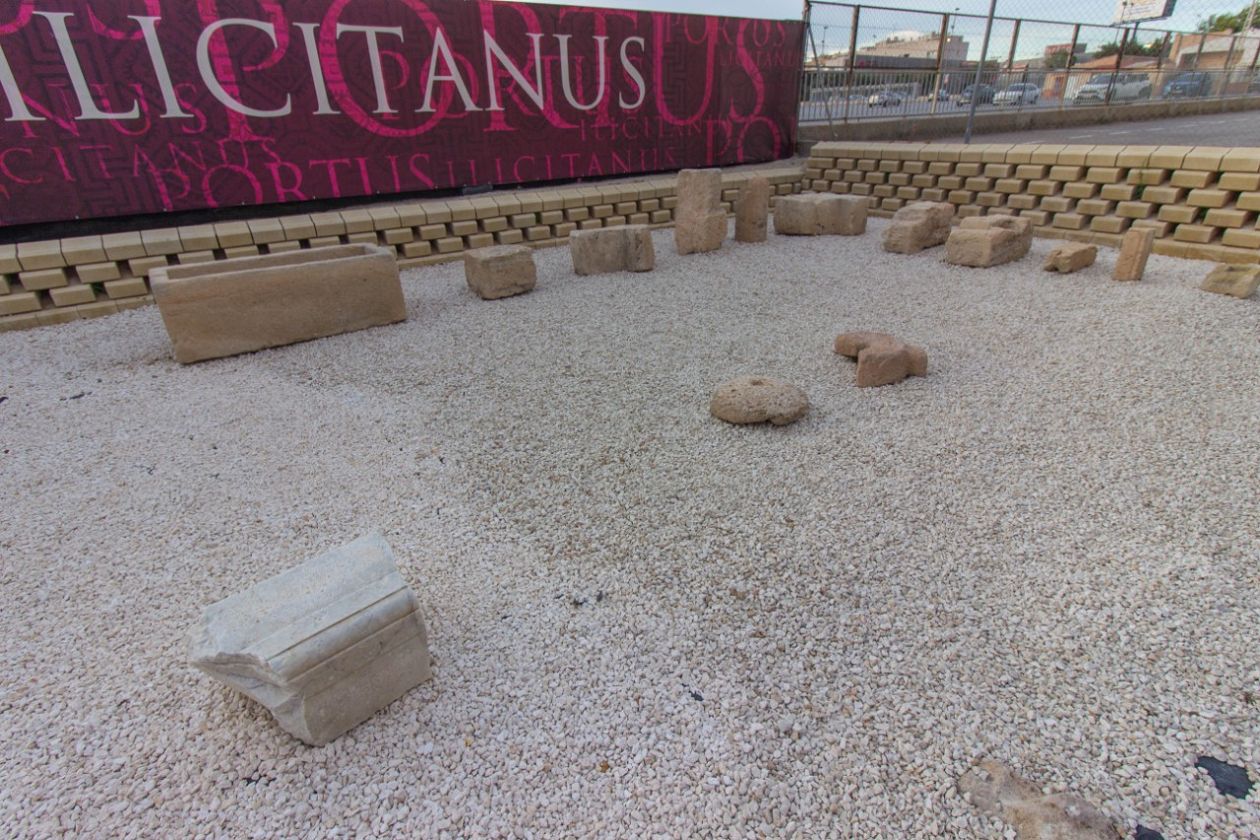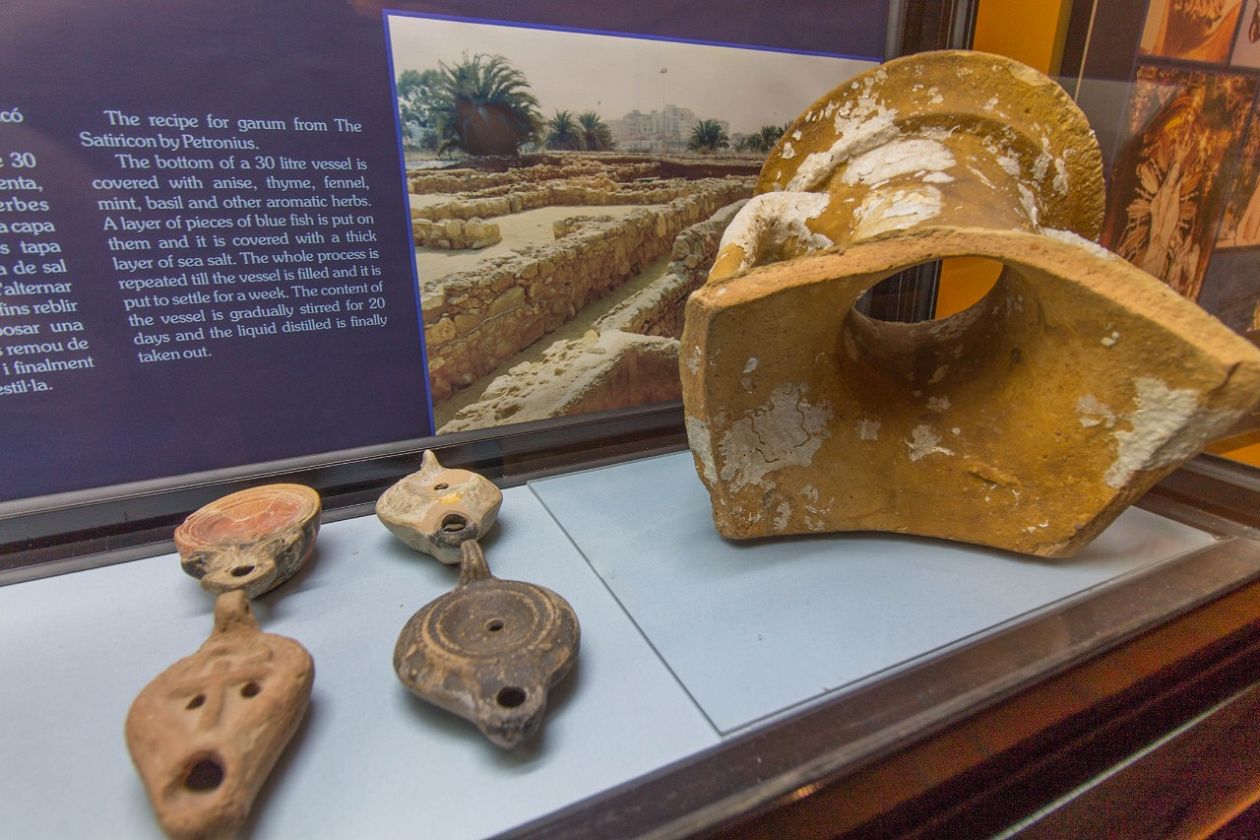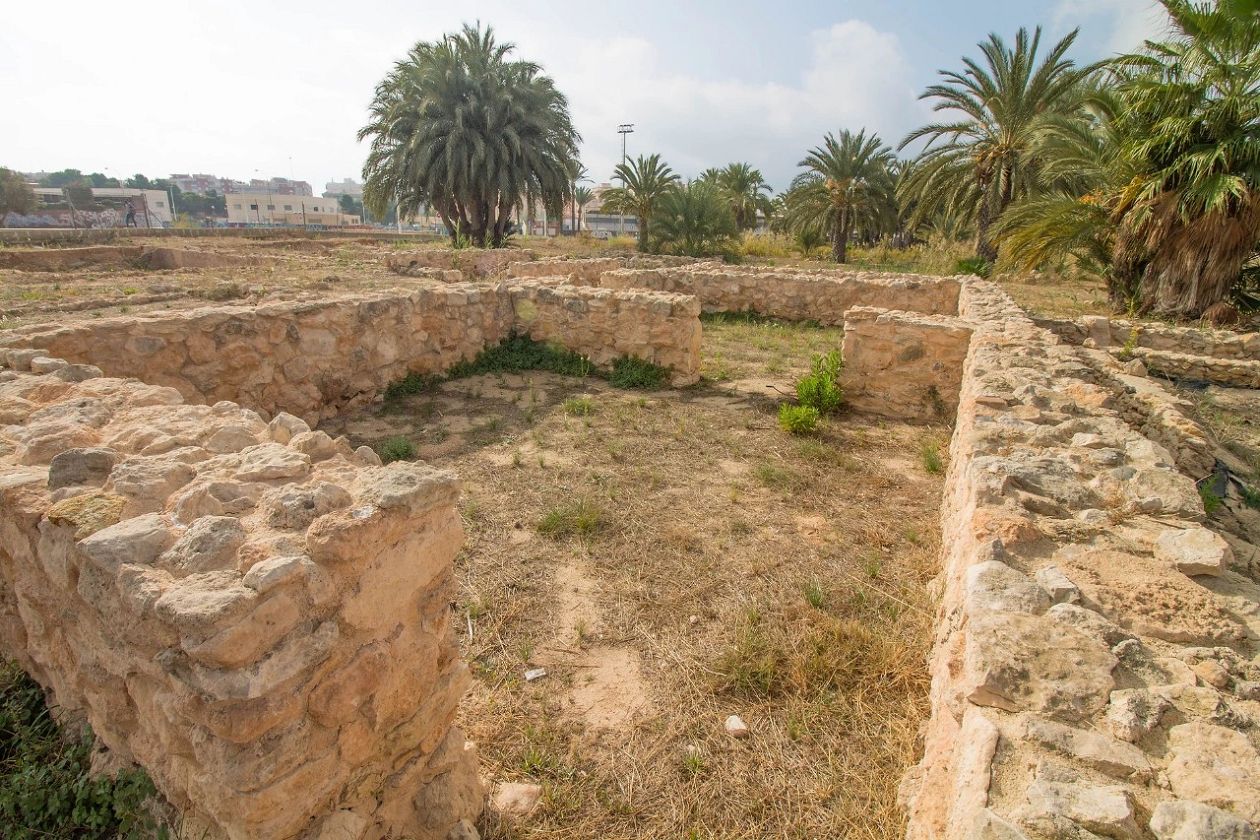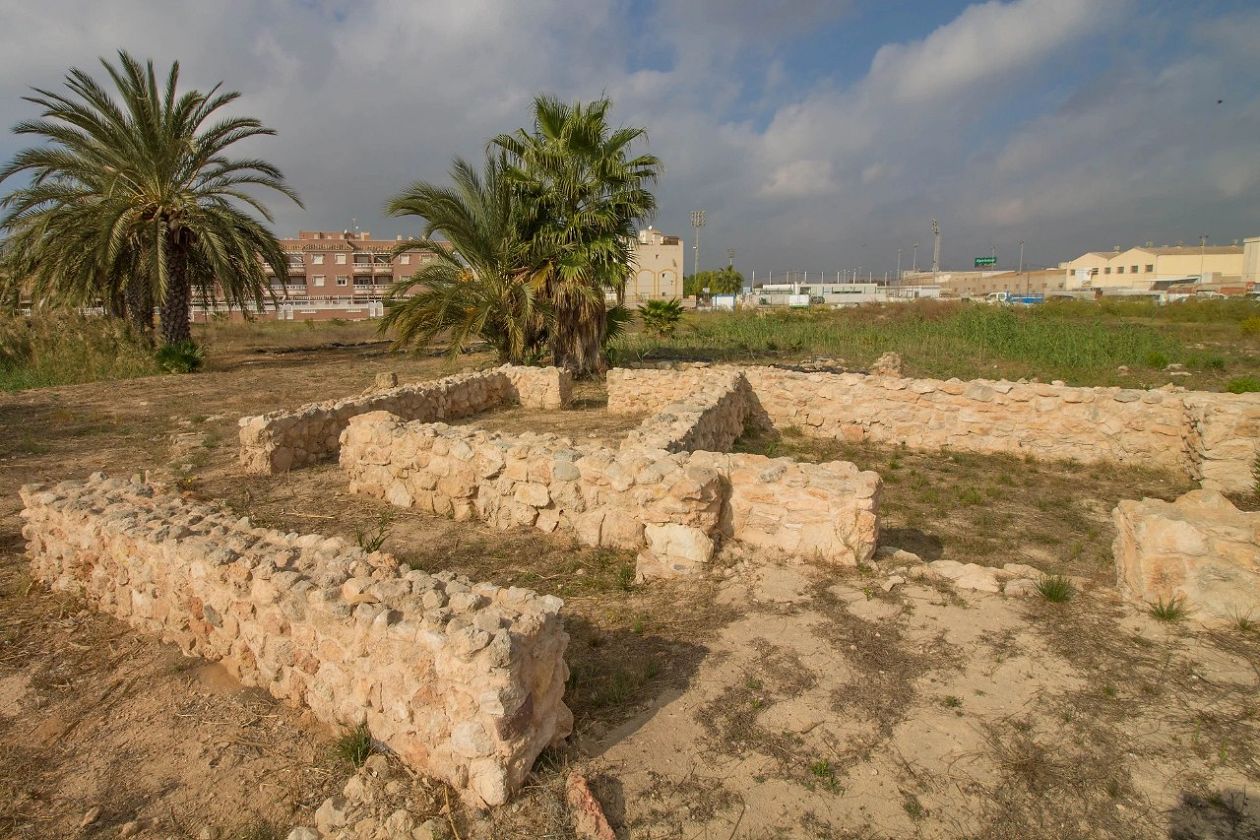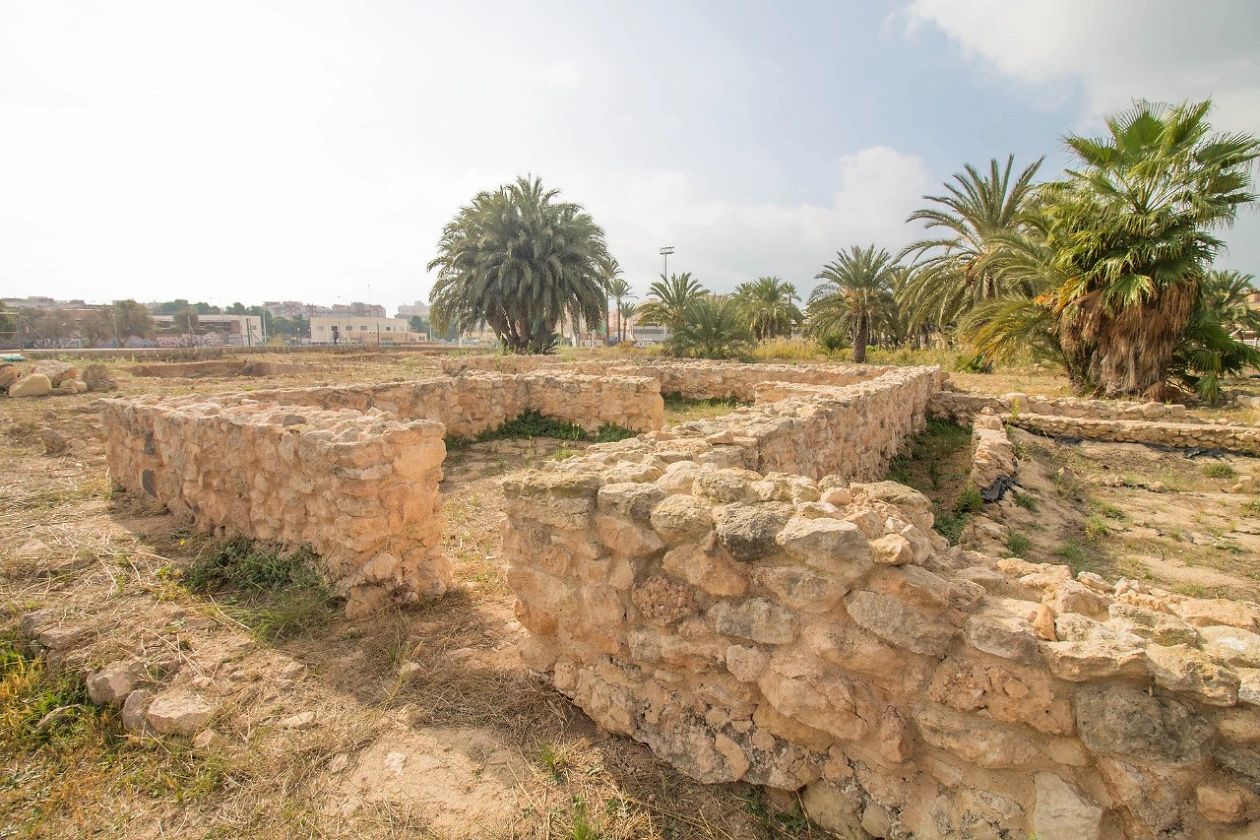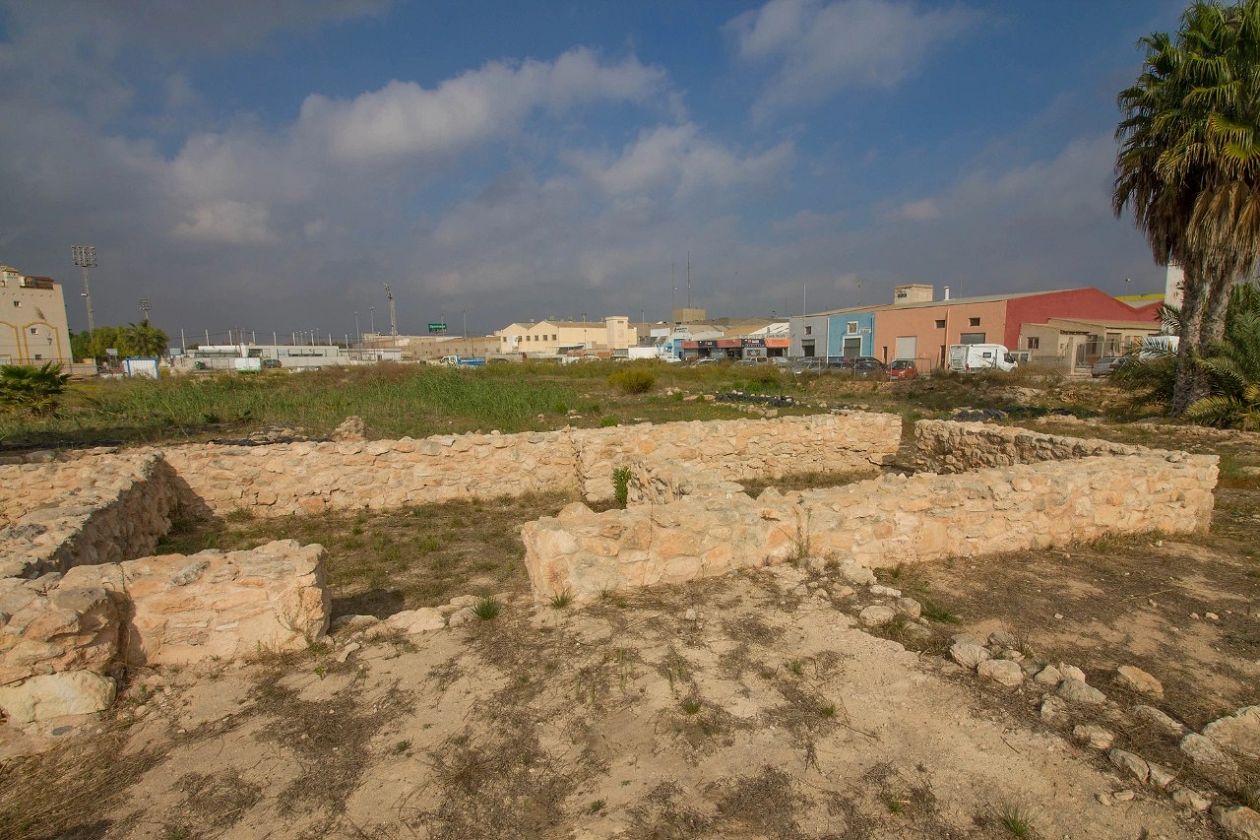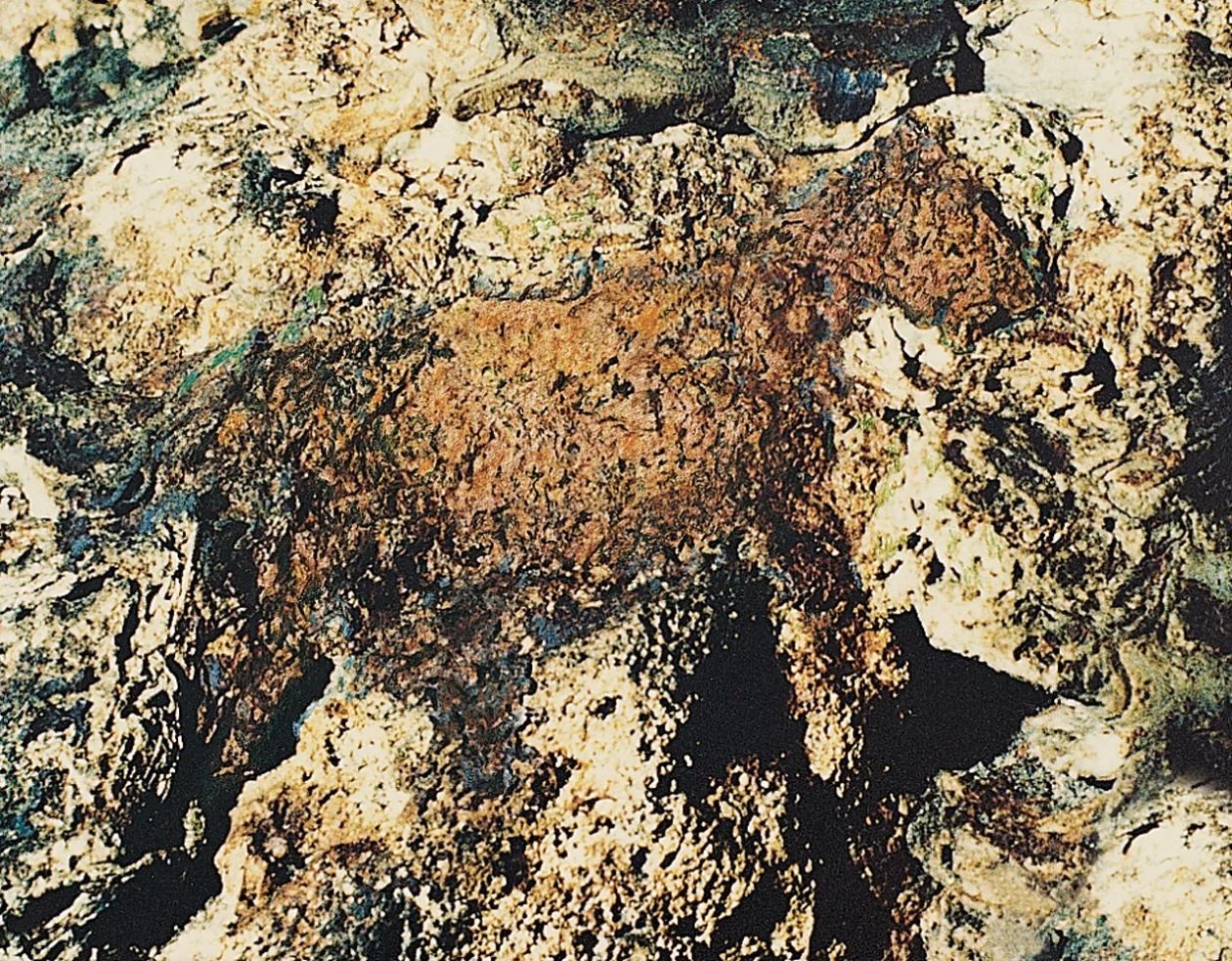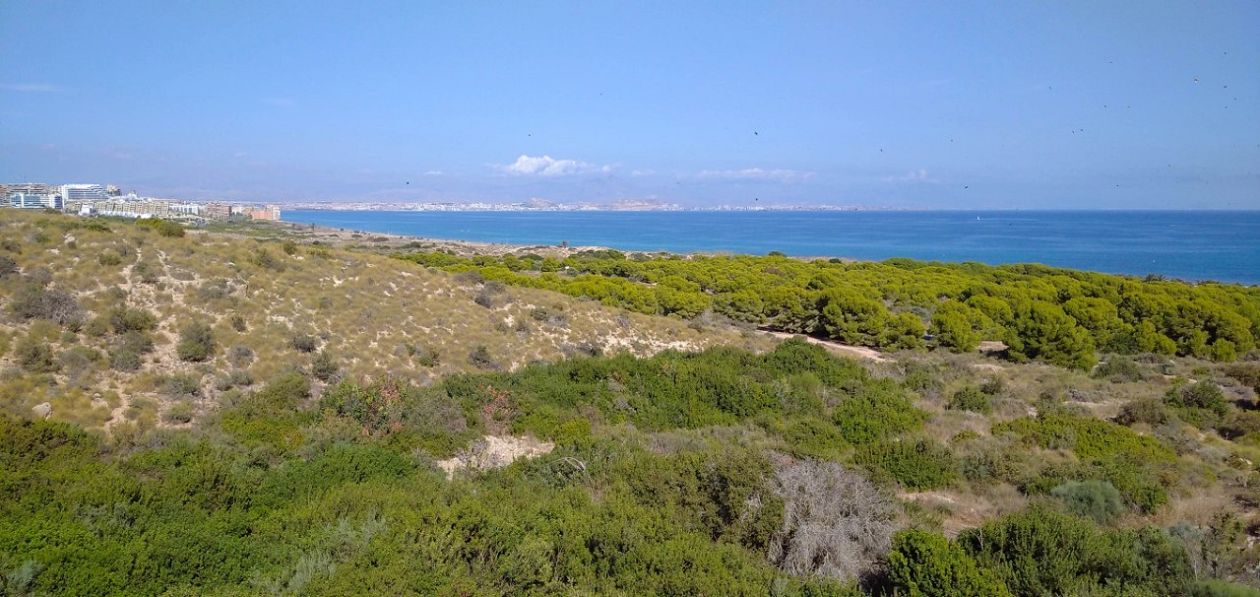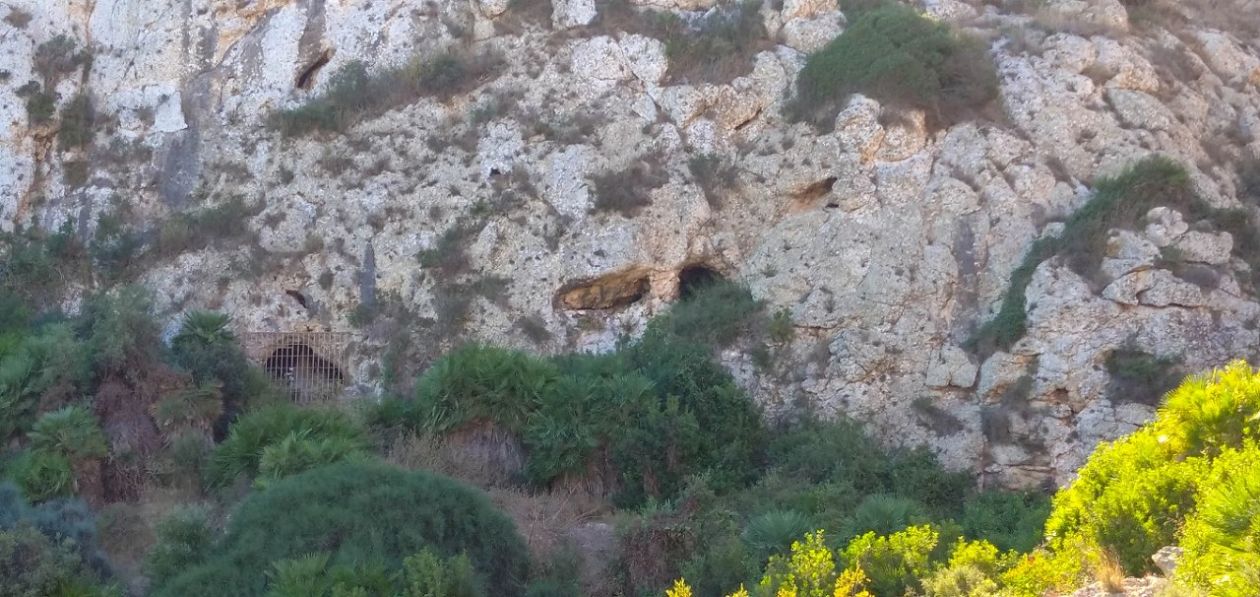20TH Century
During the 20th Century, Santa Pola radically transformed itself from a sleepy fishing village, passing through the ravages of the civil war, through the dictatorship of Franco to emerge as a tourist destination for Spanish and international tourists alike.
THE SPANISH CIVIL WAR (1936 - 1939)
The last stand for the Spanish Republic was held along this coastline with Alicante city being the last stronghold. There are several examples of bunkers and air artillery points doted around the countryside to remind us of times gone by, the intense fighting that was the Spanish civil war which acted became the prelude to the Second World War. From these twin coastal batteries located on top of the Santa Pola Cape the Republicans would defend Alicante from Franco's Nationalist aircraft that flew over and regrouped here from their base in Mallorca.
Renaissance
The Beacon Towers
Renaissance
The Fortress - Castle of Santa Pola
The Reconquest
King James I the Conqueror, Rey Jaume I el Conqueridor (2 February 1208 – 27 July 1276) was King of Aragon, Count of Barcelona, and Lord of Montpellier from 1213 to 1276; King of Majorca from 1231 to 1276; and Valencia from 1238 to 1276. His long reign, the longest of any Iberian monarch, saw the expansion of the Crown of Aragon in three directions: Languedoc to the north, the Balearic Islands to the southeast, and Valencia to the south. On 20th November 1265, James I conquered Elche and Santa Pola from the Moors. This victory is celebrated every September during the festivities called the Moors and Christians. Many of the shops and businesses close this week and the locals take pride in wearing customes for the reenactments and parades. Today you can find a small plaque dedicated to the 800th birthday of King James I in a small square on Avenida Portus Illicitanus. In medieval times it must have continued in use, but the first mention of Santa Pola dates back to 1275 , appearing as the port of Cap de l'Aljub ("Cape of the Cistern"). In 1337 the Torre del Cap was built next to the port de l’Aljub, located in the same place as the East bastion of the Castle-Fortress. This small defensive enclave generated around it a farmhouse with a church, warehouses, a bread oven and some shops to supply the population. The garrison was made up of a warden and two or three guards. As this endowment was clearly insufficient to deal with a pirate attack, the guards warned the Elche authorities of the arrival of pirate ships by means of bonfires and from there an armed force was sent. The Cap de l'Aljub tower maintained its activity for about 180 years, until it was replaced by a greater fortress, which is the one that has come to the present day.
The Last Moorish Kingdom was finally expelled from the peninsula in 1492, during the reign of the Catholic Monarchs Isabella I of Castile and Ferdinand II of Aragon, after the defeat of the Nasrid dynasty's Emirate of Granada.
Visigothic & Islamic Rule
From the 5th century onwards, the Roman port fell into decline, mainly due to the constant accumulation of natural deposits at the bottom of the port, which prevented the approach of big ships. Little is known about the situation of Santa Pola after the fall of the Roman Empire, since the port was practically in disuse and the population of the area fell drastically. Most of the Spanish peninsula was then under contrl by the Visigoths, a branch of the Gothicpeoples, who in turn belong to the East Germanic peoples. Under the command of Alaric I they had invaded the Italian peninsula and sacked Rome in the year 410. It is believed that the Visigoths had a fleet at the ready in Santa Pola from at least from the time of King Sisebut (612-621), with which Count Theodomir probably repelled a Byzantine attack in 754 AD.After the Islamic conquest at the beginning of the 8th century, the texts of the Arab geographers mention the port of Santa Pola, which they call Shant Bûl. Despite the scarcity of written documents and the absence of archaeological evidence to support it, it is to be assumed that the port of Santa Pola continued to function during the Islamic period, as a port on the Alicante-Murcia coast and an anchorage of ships to the East (at least between the 9th and 11th centuries), although with less relevant attributions than in the centuries of the Empire.
Roman
The Sarcophagus of Proserpina
The sarcophagus of the Rape of Proserpina is a magnificent piece of marble that belongs to the Museu d'Arqueologia de Catalunya (Barcelona). It was made in a workshop in Rome, in the 3rd century AD The prestigious 19th-century Elche scholar, Aureliano Ibarra, attributed the origin of the sarcophagus to the Portus Ilicitanus. On its front face (the longest side) the myth of the abduction of Proserpina. Although there is an unbroken succession of characters, the narrative is divided into three scenes, which are consecutive moments of the same story. The myth relates how the beautiful Proserpina, daughter of Ceres (goddess of agriculture and harvests), is kidnapped by Pluto (god of Hell) after falling in love with her. Ceres desperately searches for her daughter, but Proserpina has trapped in the hell world. Ceres, irritated and in sign of revenge, she turns into desert everything she steps on. Jupiter, the father of all gods, worried about this situation decides to intervene and sentences that Proserpina pass half of the year in the underworld with Pluto and the other half of her with her mother. During the time of year when Proserpina resides in the underworld when autumn and winter arrive, seasons that represent the sterility of nature. On change, when she returns to earth, life sprouts and crops flourish, spring appearing and summer. This myth became a topic funerary because it symbolizes the passage from the soul to the Beyond, that is, the transition from life to death, such as was the case annually Proserpine.
Roman
Roman Farm House in El Clot de Galvany Nature Reserve
At this farm, farmers mainly lived off the cereal that they harvested for themselves as proven by the mill found amongst the excavations. The dwellers also took advantage of wetland resources such as fish and straw.
In Roman times, the Clot de Galvany (a nature reserve just north of Gran Alacant, bordering Los Arenales del Sol and running from the coast to the N332) was part of the territory belonging to the city of Illici (La Alcudia, Elche). The surrounding lands of this city were soon exploited into lots that still imprint Elche´s countryside. This modest farmwas located on poor terrain in a peripheral area, which proves the high population density in the land of Elche since the latter part of the 1st Century B.C. The farm was built at the beginning of the 1st century and was occupied until the 4th century, being restructured in the 3rd century.
Roman
Roman Villa in The Palmeral Park
Ths is a luxurious noble Roman villa constructed in the IV century AD. It is made up of a large patio with columns surrounded by a wide corridor which gives access to 7 rooms - triclinium (dinig room), oecus (living room) and cubicula (bedrooms) - decorated with polychrome geometric mosaics and mural paintings. This mansión must have been the residence of a rich family which was involved in the Portus Illicitanus (Roman Port serving Elche that has its ruins across the road).
An aristocratic landowning family lived in this house. Like all rich people of the time, they placed great importance on the decorating of rooms, using materials such as marble, alabaster and making paintings and mosaics. In order to avoid the darkness of the nights, they lit up the house with oil lamps (made of clay or bronze). Due to their religiousness, they had a special place in the house where they worshipped the gods, above all Venus, the Goddess of the Fishermen.Here you can see some virtual reconstructions of what the villa and gardens may have looked like via the 3D application created by the Town Hall.
Roman
Roman Port known as Portus Illicitanus
Romanization, which began in Hispania in the 2nd century BC, is consolidated in the form of Portus Ilicitanus. It was one of the most important comercial ports in the western Mediterranean along with that of Cartago Nova (Cartagena) and repeatedly cited in historical sources. This period established new commercial contacts on a larger scale accross the Mediterranean and beyond. The era of Pax Romana (Roman Peace) during the reign of the Emperor Augustus, at the beginning of the 1st century AD, strengthened industry and commerce in the provinces, thus creating a favorable climate for private initiative - as witnessed in Portus, by the abundant presence of coins minted in Hispanic mints. All this, together with the growing Romanization of the provinces, led to an increase in the demand for Roman products.
From the 1st century AD the port was called Portus Ilicitanus, as mentioned by the geographers Mela, Plinio and Ptolemy.
It served for the export and inmport to the city of Colonia Iulia Ilici Augusta (La Alcudia near Elche), located upstream of the Vinalopó River, to open up to the Mediterranean and flourish as a city. The reasons that made this port thrive are many: its privileged geographical location, its marine resources and the policy followed by Emperor Augustus, who intensified the activity of the Mediterranean ports for commercial purposes.
The prosperity of the port turned it into a real city with warehouses, salting industry, residential villas, necropolis, etc. But, from the 5th century AD commercial activity decreased considerably, thus beginning a period of decline that ended with the definitive abandonment of the port and its facilities. The process of silting up and advancing the coastline caused the port to lose its depth and with it its usefulness as an anchorage. It is possible that the collapse of maritime trade initiated the decline and subsequent abandonment of coastal settlements.It was here that one of the last great Roman Emperors, Emperor Majorian, had a Roman fleet built ready to attack the Vandals of North Africa in 460AD. He was the last emperor to have any real power and made a concerted effort to restore the Western Roman Empire with its own forces. He had campaigned rigorously for three years against the Empire's enemies, consolidating southern Gaul and Hispania under his control. His fleet for his planned campaign to recover Africa from the Vandals was destroyed however, due to treachery, set on fire in Portus Illicitanus. Majorian had to return to Rome, where he was assassinated by the powerful general Ricimer who proceeded to install the senator Libius Severus as a puppet Emperor. Majorian had become unpopular with the senatorial aristocracy because of his reforms.
Carthaginian
Hannibal and the Elephants
Both the Greeks and Phoenician’s created enclaves around the Mediterranean Sea to support their trade routes. Santa Pola, with its vast salt lakes held an important commodity in the ancient world. Salt, which was used in the preservation as well as seasoning of food but had many other uses such as in religious ceremonies.
The Phoenician’s, who originally occupied a narrow strip of land in modern day Syria, Lebanon and Israel established Carthage as a major hub of commerce in around 800BC. Carthage, now modern day Tunis in North Africa, in turn then rose to become a major power after the fall of Phoenicia in 575BC. It created colonies along the south coast of Spain, north Africa and the islands of Sicily, Corsica, Sardinia and Ibiza. During the following centuries the two developing empires of Carthage and Rome expanded to the point where they clashed and a fight for control of the Mediterranean ensued.
The first of these wars, the First Punic War (265 to 241BC), had an experienced general by the name of Hamilcar Barca who lead the Carthaginian land campaign at the latter stages of the war. However, after 23 years of conflict and naval battles the Carthaginian’s were defeated and a was truce signed.
Hamilcar spent nine years in Spain accompanied by his son-in-law Hasdrubal and his son Hannibal. Along with an army of elephants, Phoenician and Numidian troops, they battled against Iberian tribes and founded the city of Akra Leuke (modern Alicante). The Carthaginian’s had been expanding their Spanish territories after losing the islands of Sardinia and Corsica to Rome. The addition of the Spanish silver bullion was also a great boost to their economy. Hamilcar would later drown as he fled a counter attack in the winter of 229BC. Hasdrubal then took command and founded a new naval base called Quart Hadasht, meaning the New City, on what was already a harbour town called Mastia.This was to be a stepping-off point for the military conquest in Spain. Later, the Roman general Scipio Africanus would go on to conquer it in 209BC and rename it Carthago-Nova (Cartegena), which means New Carthage. When Hasdrubal came to a violent end assassinated in 221BC, the reigns passed to the most famous of the Carthaginian’s, Hannibal.Hannibal unleashed the Second Punic War (218 to 201BC) with the siege of Sagunto (25km north of Valencia) that was under Roman protection. Rome declared war and Hannibal started his infamous march north to cross the Alps with his army of elephants. After 14 years of battles in mainland Italy, Hannibal was eventually recalled to Carthage after successful Roman invasion of their homeland in North Africa in 204BC. Hannibal was defeated in battle in the Battle of Zama in 202BC and Carthage sued for peace. Carthage lost its overseas territories and had a large indemnity to pay.Rome, with a clear intent on removing Carthage and securing their domintaion of the Mediterranean coast, declared war which was to be the Third Punic War (149 to 146 BC). It was solely fought in North Africa where the city was raised to the ground and the inhabitants slaughtered. The territory was then assimilated into the Roman Empire. It is interesting to imagine that Hannibal and his army of elephants may well have passed through Santa Pola as they made their way from Cartagena onto Sagunto and then the Alps.
Iberian & Greek
La Picola
Located just west of the cemetery are ruins fenced off in a field. Although almost all of what we can see now is of the Roman era, its origin is much older. There existed an Iberian settlement under the Roman city from which materials and structures from as far back as the 5th century BC have been found.
In the middle of the 5th century BC, a fortified trading centre was founded on the seashore. Its creation would be motivated by the need to protect the goods that entered and left by sea and by the advantages offered by the presence of Greeks and Punics to the indigenous population, who saw, with the arrival of these foreigners, the possibility of fully entering in the Mediterranean trade.
The chosen point was an area rich in fishing, endowed with a good natural harbor, sheltered from the Levante winds by the Sierra. It was located 13 km from present-day Elche, where an Iberian indigenous community lived. This establishment, of unknown name, has been identified by some authors with Alonai or Alone, one of the three Greek colonies located on the Levantine coast, which Pomponio Mela cites in his work De chorographia libri tres. The word "alone" in Greek means "salt market", a term that refers to one of our main sources of wealth throughout history. There is evidence that Alonai could have been either Santa Pola, Guardamar or Villajoyosa for their geographical characteristics and signs of Greek influence.The site of La Picola shows good evidence as it is a key source for salt, it has an urban layout is similar to Greek architecture being symmetrical and regular, and they use the Greek measurements of feet and the breaststroke (6ft); and the significant number of Greek ceramics found in the area. The kylix (a drinking vessel for wine) shown here in the photo and on display in the Santa Pola musuem, is a great example of the traditional red-figure painting of a lady and typical of the imported Greek ceramics from Attica, Greece. The products that arrived by sea were redistributed inland, through the Vinalopó valley: fine Greek dishes and amphorae containing wine and oil. On the other hand, indigenous products left the port, such as: salt, esparto (textile fibre), wheat ... However, this enclave should not be valued exclusively from a commercial point of view, but, through trade, it became a place of meeting, where there was a confluence of the Iberian, Punic and Greek cultures. In the middle of the 4th century BC this commercial nucleus was destroyed for unknown reasons.
Prehistoric
Co-ordinates: 38.226099, -0.516948
 View map
View map
The Spider Cave known as the Cueva de las Arañas
The occupation of a space by human communities in Prehistory has been a phenomenon that has developed in a different way in time and space.
In the case of Santa Pola, it is the Cueva de las Arañas or Cova dels Frares, located in Carabassí or Cabo de Santa Pola, the site where the oldest remains have been found. This cave was discovered in 1967 by Antonio Sáez Llorens and received its name from the large number of spiders on its ceiling. From a chronological point of view, the materials collected in the cave place it between the fourth and third millennium BC. At this time, human groups are in a cultural stage known as Neolithic.
The natural environment that surrounds it has changed substantially and an example of this is the painted representation of a horse on one of the interior walls of the cave (currently researchers are not sure if it is a representation of an equine). The existence of this type of wildlife should not surprise us, since, in times prior to the occupation of the cave, their predilection for open spaces could be due to fluctuations in sea level that left wide and flat land corridors in their phases. The cave not only served to shelter to the Neolithic human community, but as in other sites in the province of Alicante, it could be a burial place for the members of this community. Quite possibly, the objects found in the cave should be related to this funerary practice: ceramic vessels decorated with impressions, bone punches and flint arrowheads, which try to represent the objects that the deceased would need in the afterlife, following a rite funeral that would be related to its importance within the group to which it belonged.

